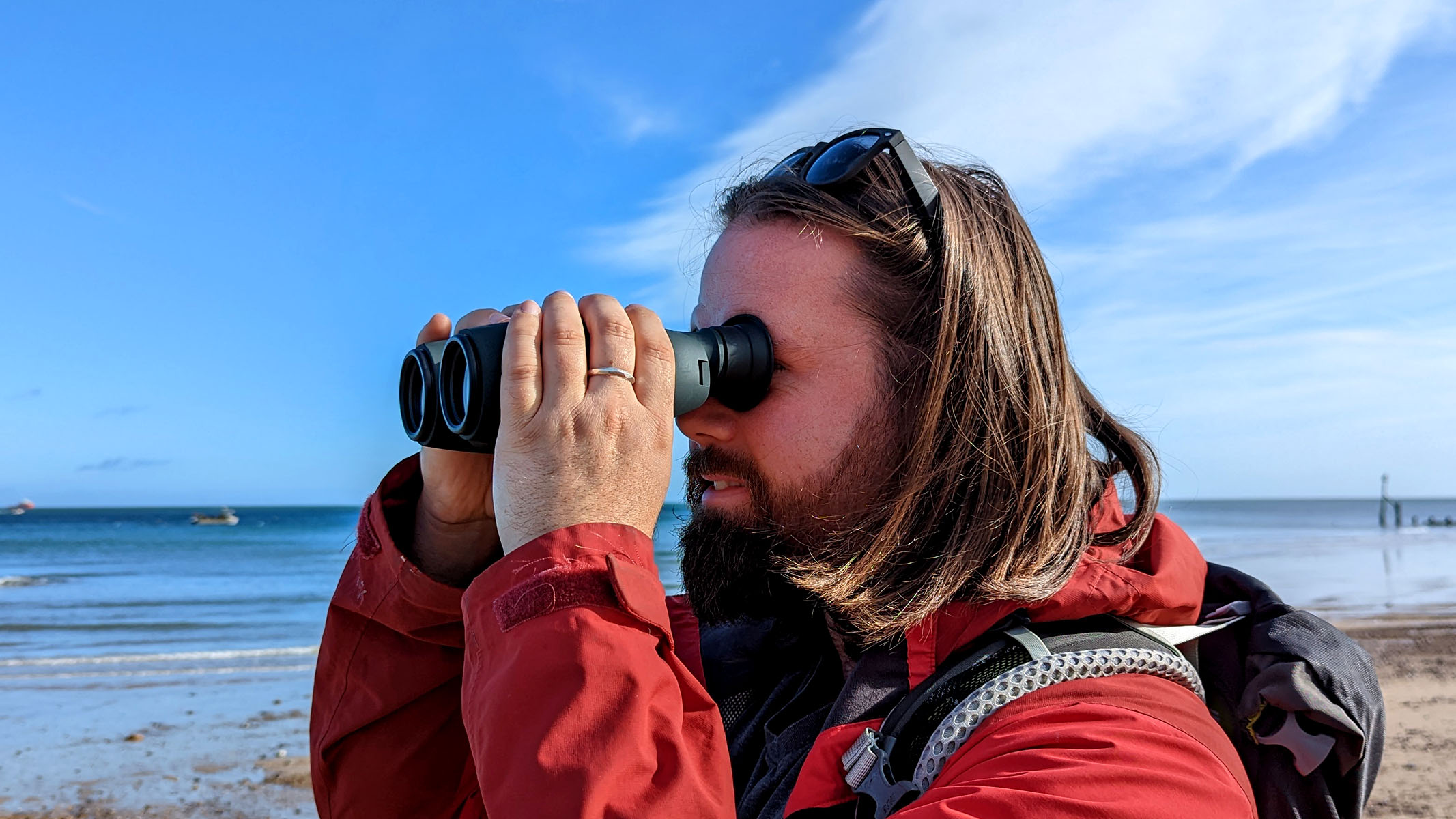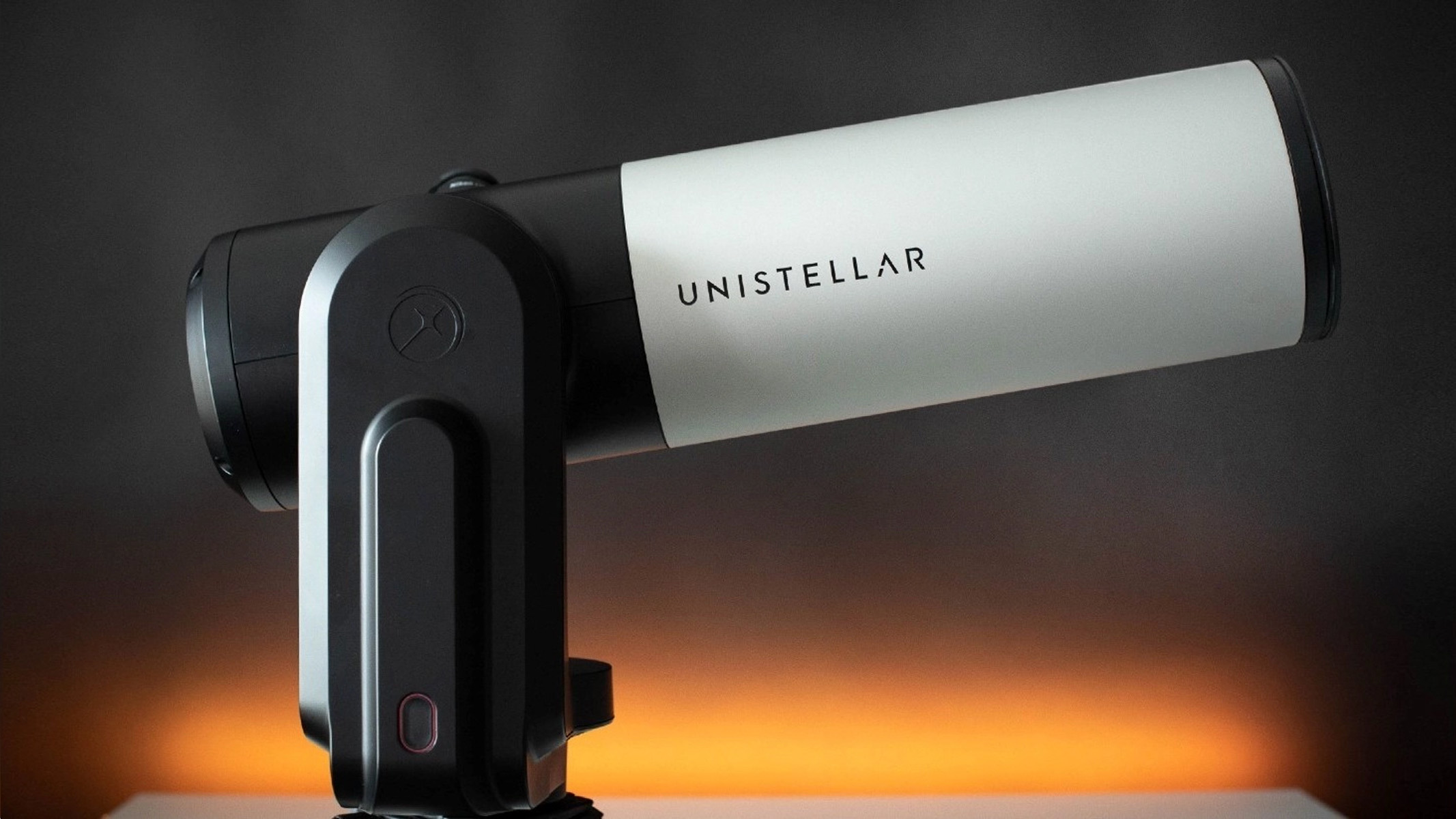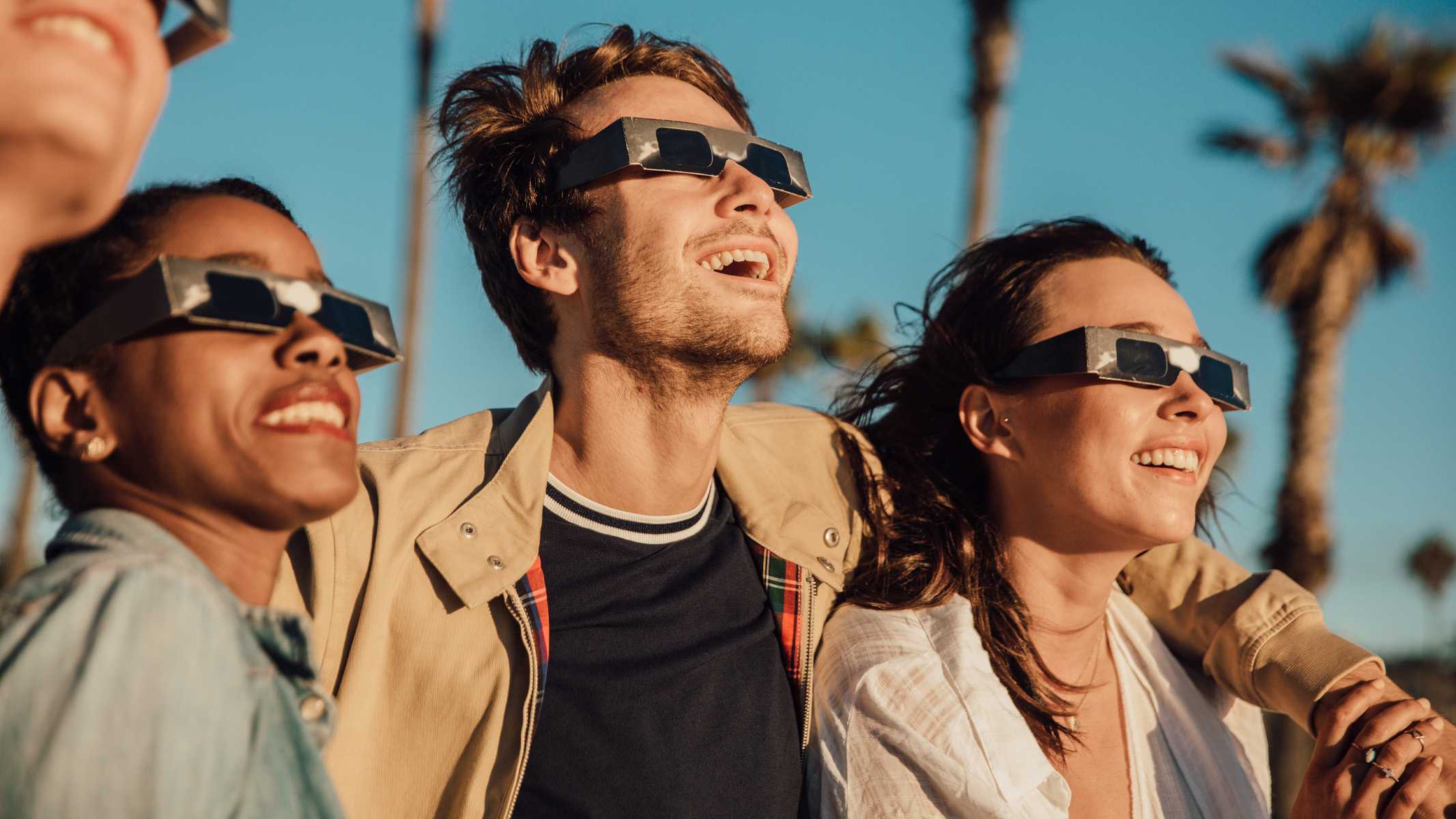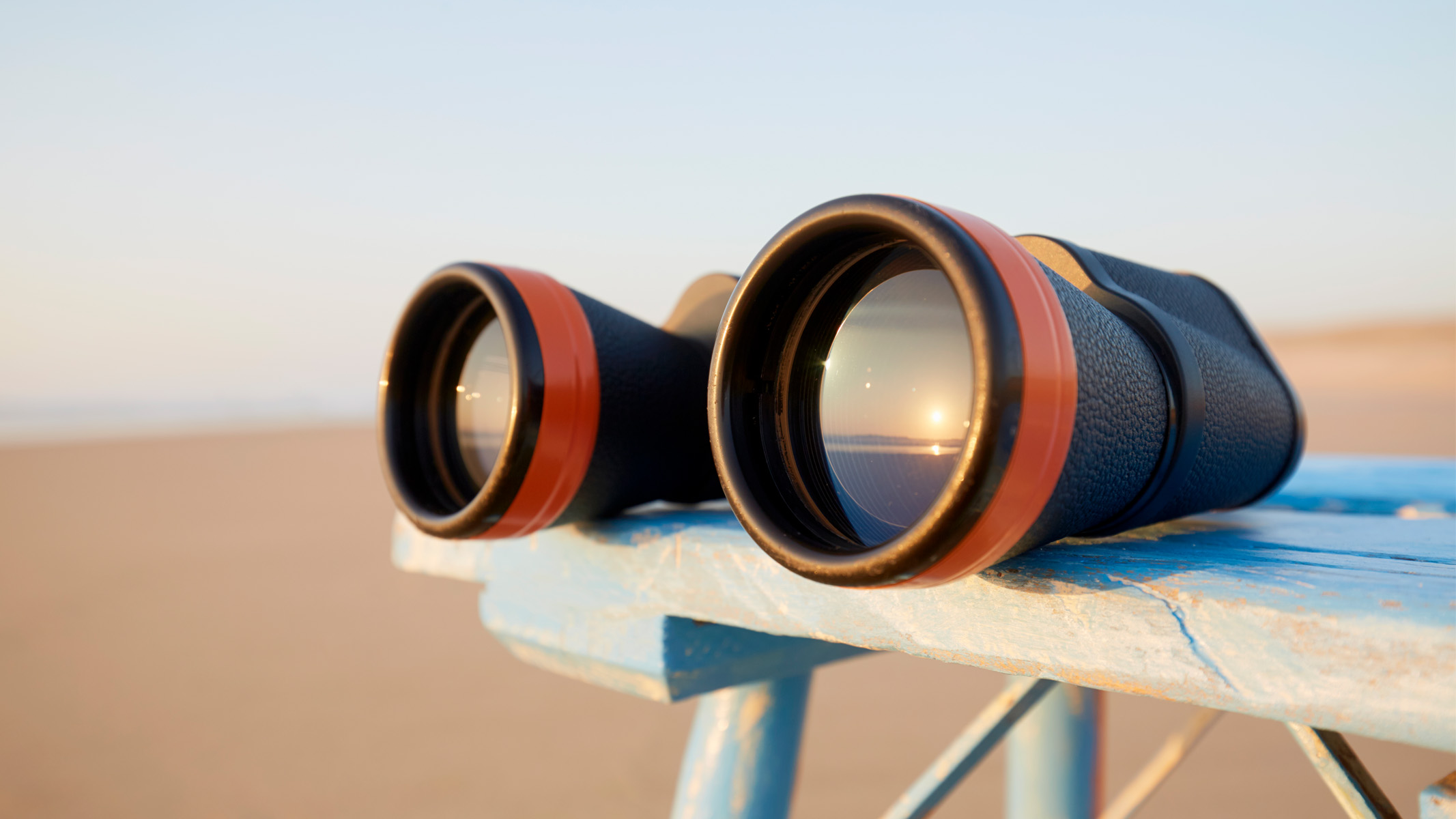Best fitness trackers 2025: Measure steps, sleep, calories and more
From budget-friendly options to smart rings and rugged outdoor smartwatches, these are the best fitness trackers we have tested.

- Quick list
- Best overall
- Best Apple Watch
- Best for tracking workouts
- Best cheap fitness tracker
- Best cheap smartwatch
- Best running watch
- Best Garmin alternative
- Best for sleep tracking
- Best for seniors
- Best screen-free
- Best watch for pro runners
- Our experts
- Fitness trackers FAQs
- More info
- How to choose
- How we test
- Latest updates
The variety of best fitness trackers on the market means there is something for everyone. Whether you want to track fitness activities or general health metrics, step count or every metre of your runs, there is a device for you. Some devices may be particularly useful for specific areas — for example for sleep tracking, you can't beat an unobtrusive wearable smart ring like the Oura or the Ultrahuman Ring AIR, while for running there are a huge range of excellent Garmin watches on the market.
This means that while there is undoubtedly the perfect device for you out there, it can be difficult to find it. Choosing the perfect fitness tracker for you is not easy — but luckily we are here to help.
Finding the right fitness tracker for you doesn't just tick a box, it can actively help you to reach your personal health and fitness goals by showing you progress and helping you learn when to push, and when to rest and recover.
"Fitness trackers have many useful features and have helped myself and my clients make better fitness decisions,"," Nathan Kennedy, a UK-based personal trainer, told Live Science. If you'd like to know more about how fitness trackers actually work, and their potential benefits, then do scroll down to our Fitness trackers FAQs section to read more.
At Live Science, we've spent countless hours testing a huge range of wearable tracking and fitness devices, putting them through their paces for accuracy, robustness and durability. We've closely examined their features — do they do everything they claim to do? And we've checked whether they work with other, third party devices that you might want to combine them with. Most importantly, we've tried to determine exactly who would benefit most from each fitness tracker. You can read more about our testing protocol in the How we test section down below.
So remember, whether you are a beginner looking for one of the best budget fitness trackers or a keen athlete in search of a top-quality running watch, we have a fitness tracker recommendation for you.
The quick list
See the quick list below for a short overview of our favorite fitness trackers, or scroll further down for more in-depth reviews of each wearable as well as other options we recommend.
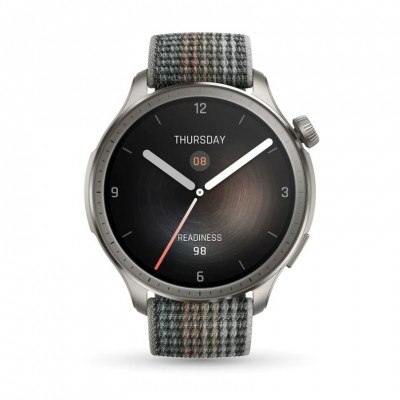
Best overall
One of the lightest smartwatches we have tested, the wallet-friendly Amazfit Balance won us over with its tracking accuracy, wellness features and long battery life.
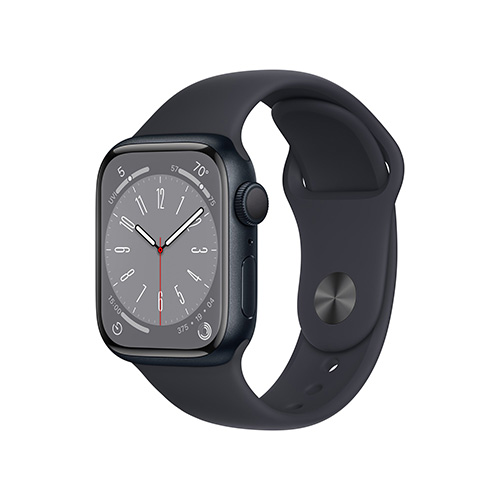
Best Apple Watch
It is an older model, true, but the Series 8 still offers all of the best Apple's features, but at a cheaper price than its younger siblings.

Best for tracking workouts
This durable GPS smartwatch has some of the best sports modes and fitness tracking features money can buy, and it looks great, too.
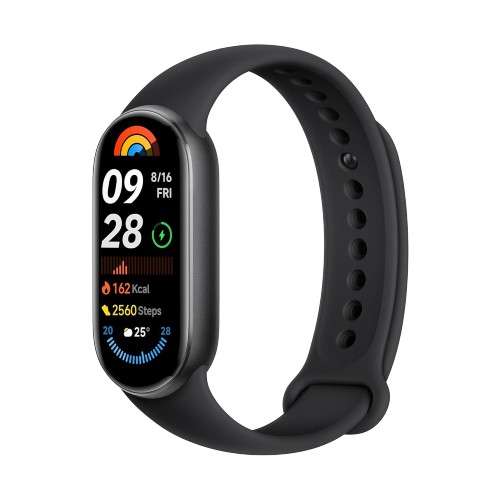
Best on a budget
This simple fitness tracker offers long battery life, countless workout tracking features and a crisp, colorful display — and it costs just $63.

Best running watch
It has a durable design, excellent navigation tools and features to help you boost your running performance, but it costs less than some of the more premium models.
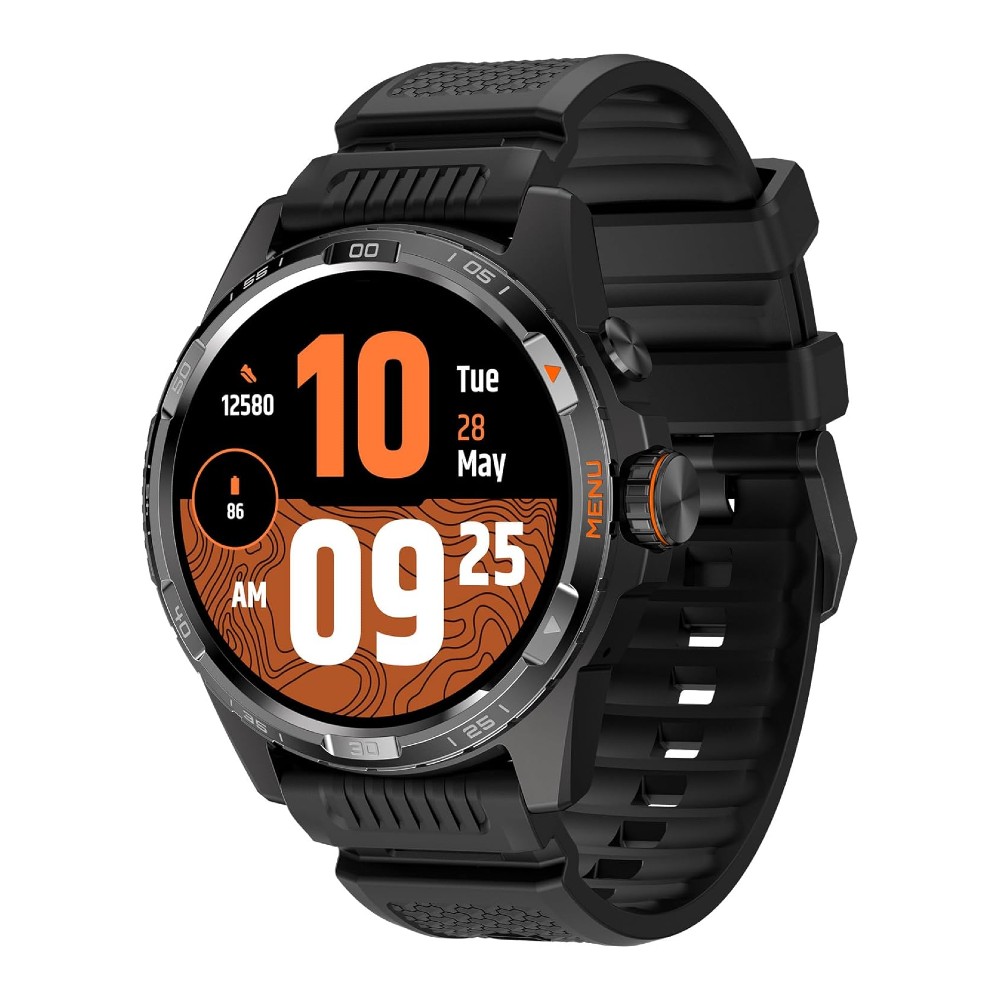
Best Garmin alternative
Offers excellent reliable tracking and a long battery life, as well as all-day wear comfort and reliability. The brand may not be a familiar name but this watch offers a genuine alternative to Garmin's running devices.
The best fitness trackers we recommend in 2025: Fully tested by our expert reviewers
Why you can trust Live Science
The best fitness tracker overall
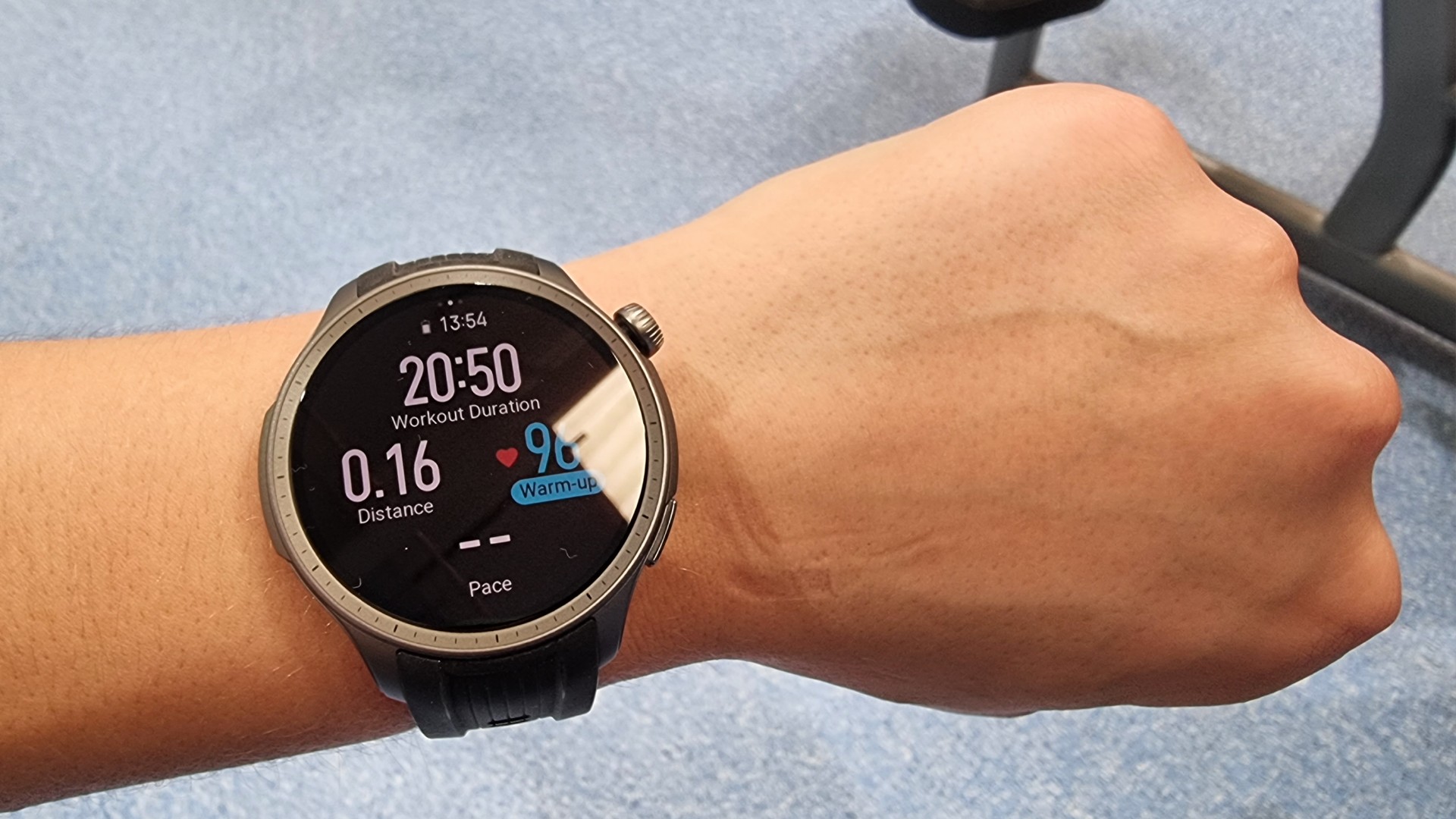
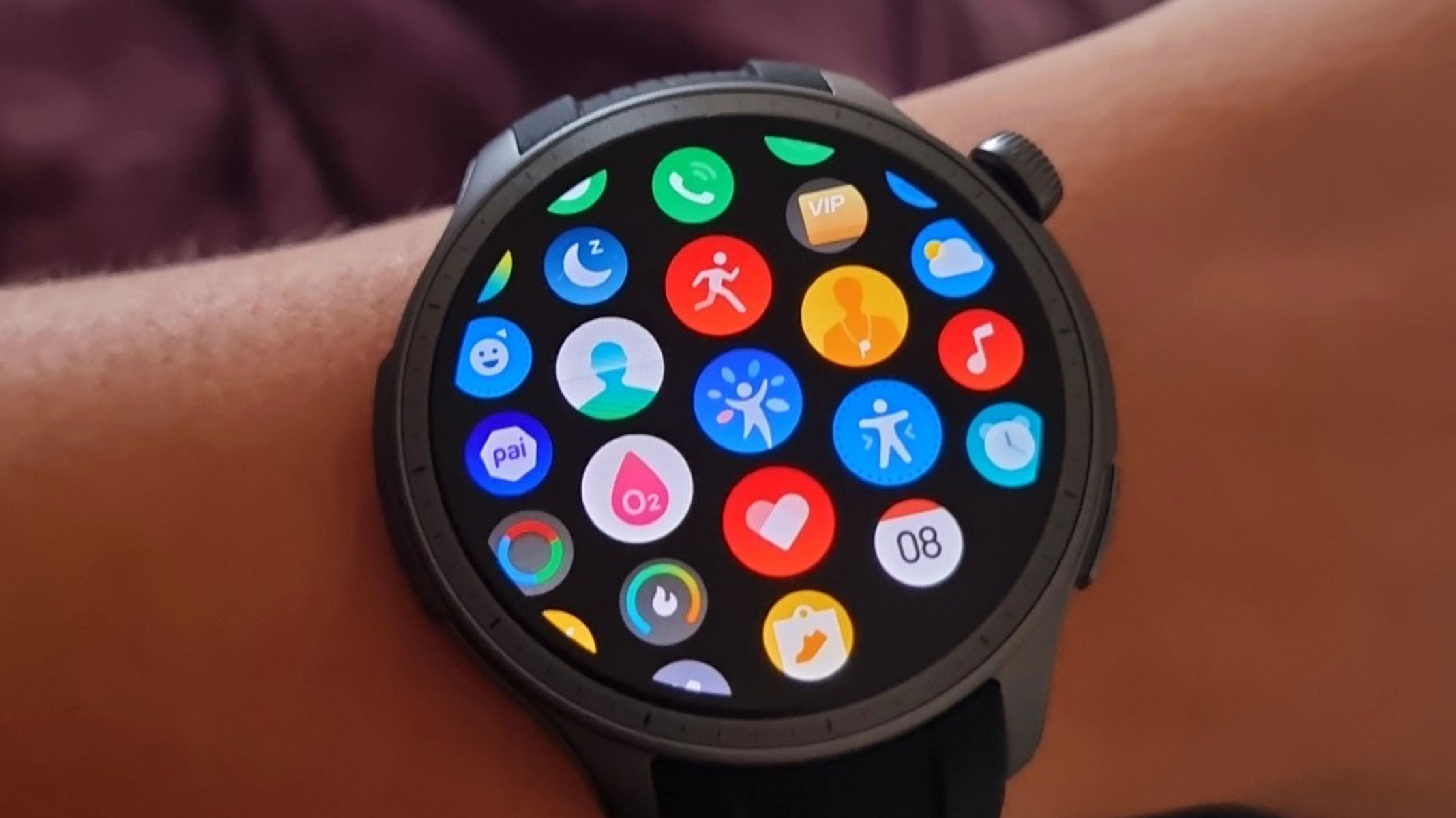
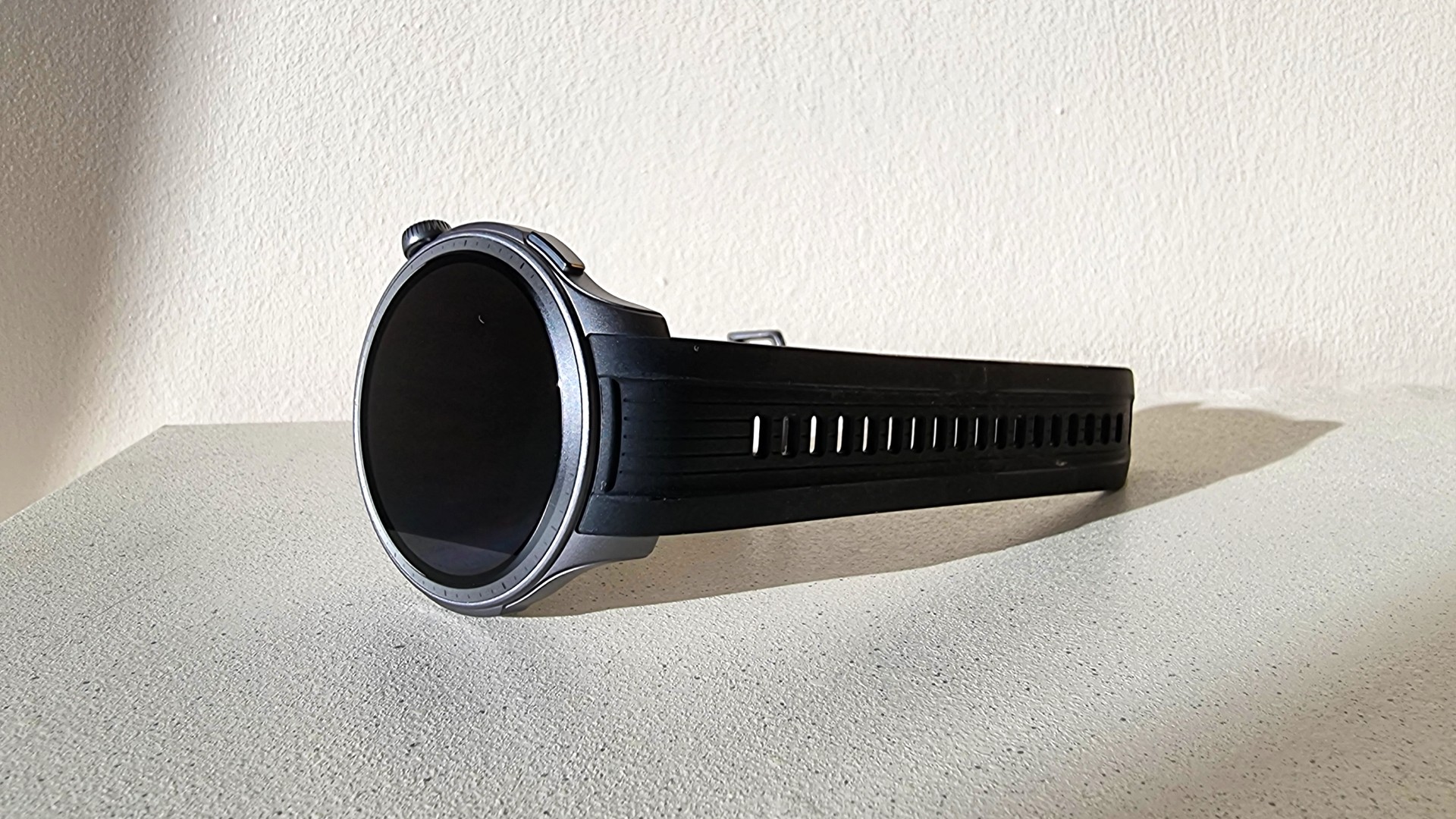
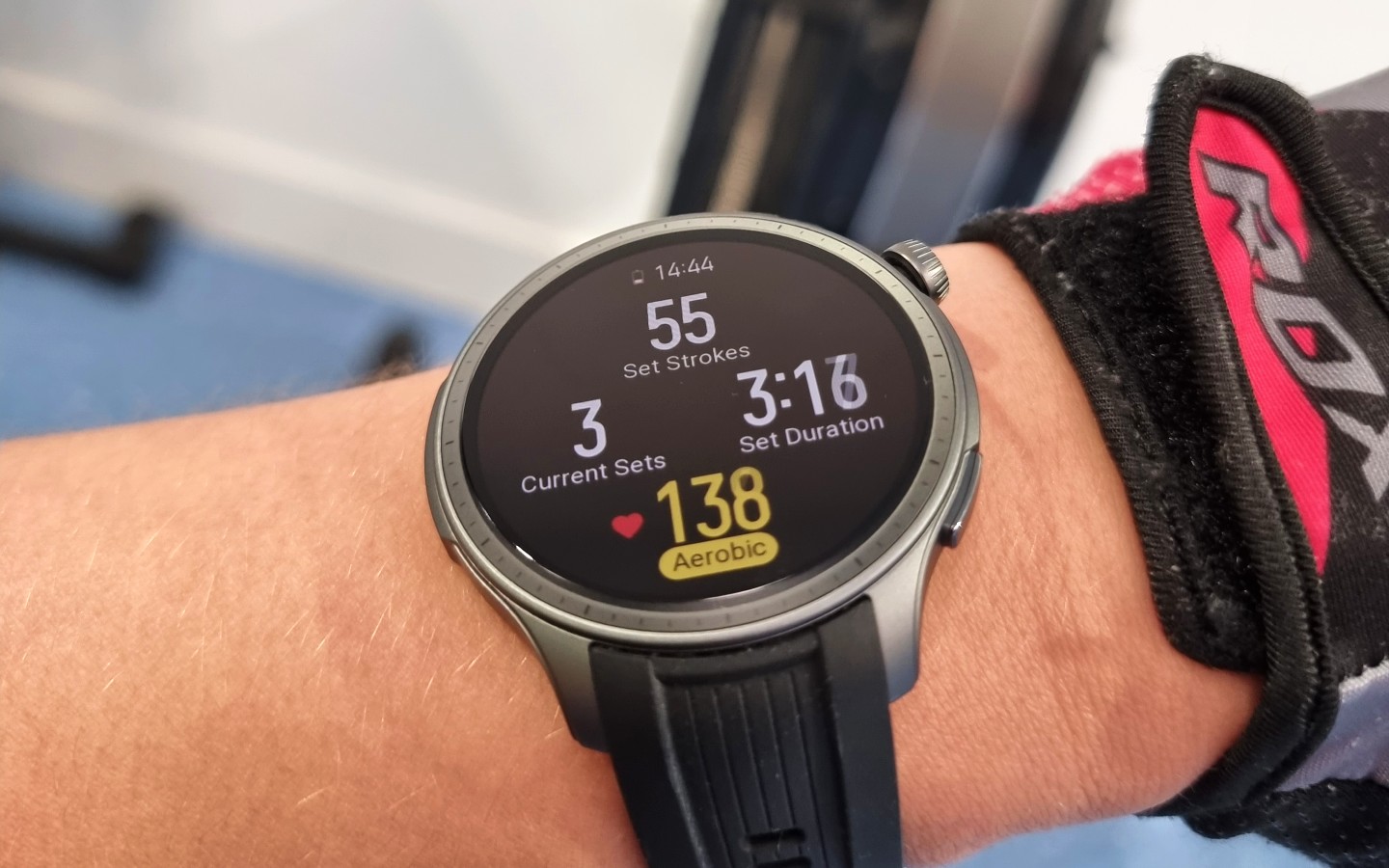
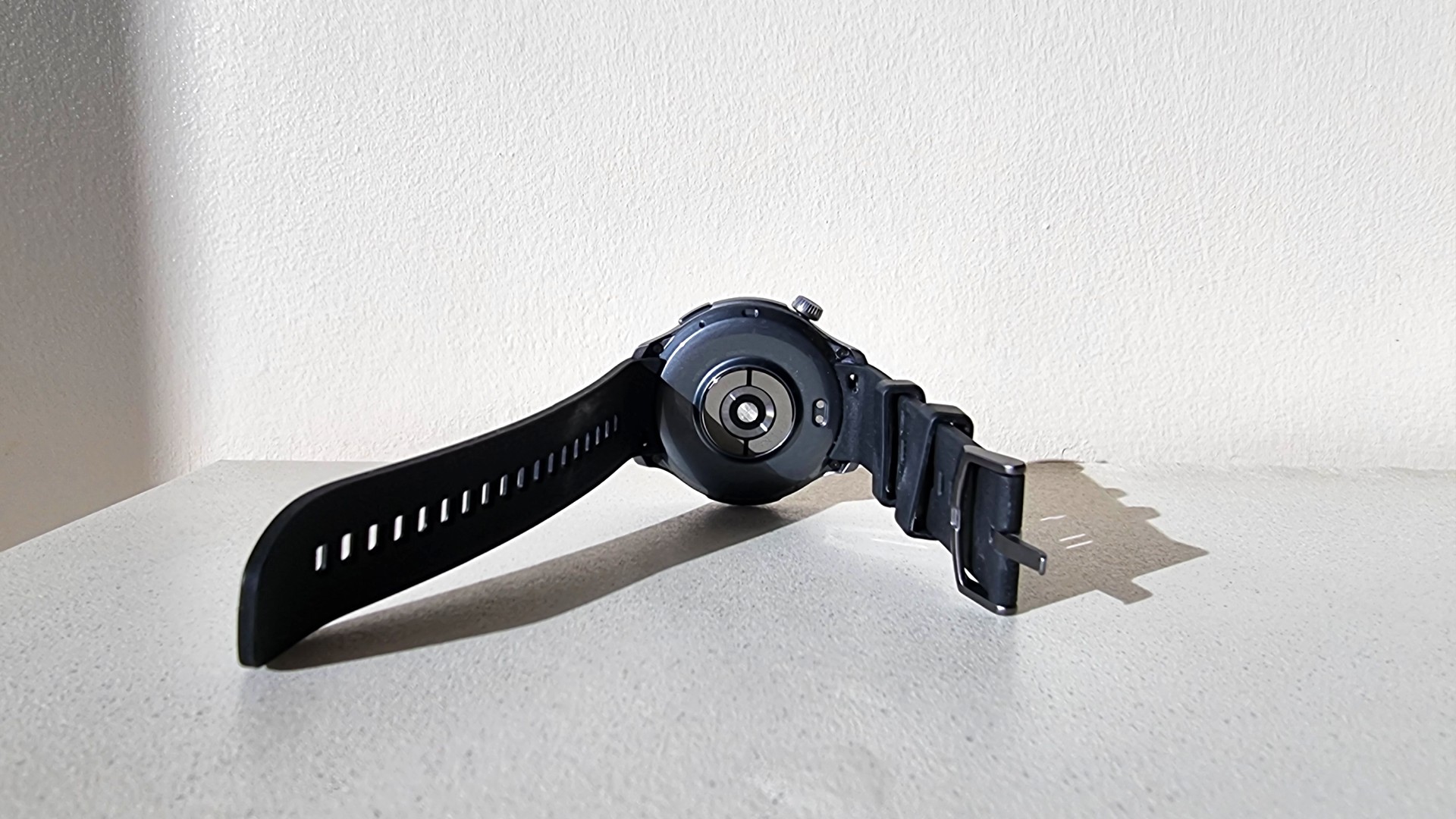
Specifications
Reasons to buy
Reasons to avoid
✅ You are on a budget: It costs a reasonable $199 and is frequently on sale.
✅ You want long battery life: It can last up to two weeks on a single charge.
✅ You want accurate tracking features: Its heart rate and body composition sensors were top-class in our tests.
❌ You are an outdoor adventurer: It may not survive some of the more extreme conditions.
❌ You do not want to pay anything extra: Some minor features are behind a paywall.
🔎 Amazfit Balance: With superb battery life and great tracking features, this lightweight and affordable smartwatch offers real value for money. The only drawback is that some advanced features live behind a paywall.
We have tried and tested plenty of fitness trackers over the last year, but not a single wearable impressed us nearly as much as the Amazfit Balance smartwatch. It is a rare bird: skilfully designed, performing well, and brimming with advanced health-tracking features, but priced at just under $200 (and often on sale, for that matter). You would be hard-pressed to find better value for money.
This sleek wearable not only looks good, feels good and works well, but it is also suitable for a wide range of people, from fitness beginners to budding athletes. The Amazfit Balance, as its name clearly indicates, is more about sleep, post-exercise recovery and general wellness rather than athlete-level exercise performance, and its stats are exceptionally easy to understand and track over time. That said, its fitness-tracking performance would still satisfy most serious exercisers, as we discovered during our full Amazfit Balance review.
This smartwatch accurately measured our heart rate, breathing rate, heart rate variability, and even body composition (!), and it never slid from our wrists or got in the way during intense workouts. We also liked its easy-to-use, colorful display and comfortable, buttery-soft strap. Not to mention, it was one of the lightest and most compact smartwatches we have ever tested.
As we mentioned already, the Amazfit Balance is a particularly good option for those who want to better manage their sleep hygiene and stress levels. This sleek fitness tracker is packed to the brim with wellness apps and health tracking features designed to help you boost your post-exercise recovery and live a more mindful lifestyle. It also comes with a whopping 14-day battery life, dual-band GPS navigation, compass, altimeter, and many other features typically reserved for more premium models.
However, the display in the Amazfit Balance does not feature Gorilla Glass or any other sturdy materials, so it may not be the best choice for those who engage in extreme sports or heavy manual tasks. It may not be the best contender for a reliable outdoor watch. Also, some of its additional features, such as the AI-powered fitness coach chatbot, are locked behind a paywall. These paid-for frills are not essential, though.
For roughly two hundred dollars, the Amazfit Balance offers great value for money, making it our favorite fitness tracker this year.
- Read our full Amazfit Balance review
The best Apple Watch
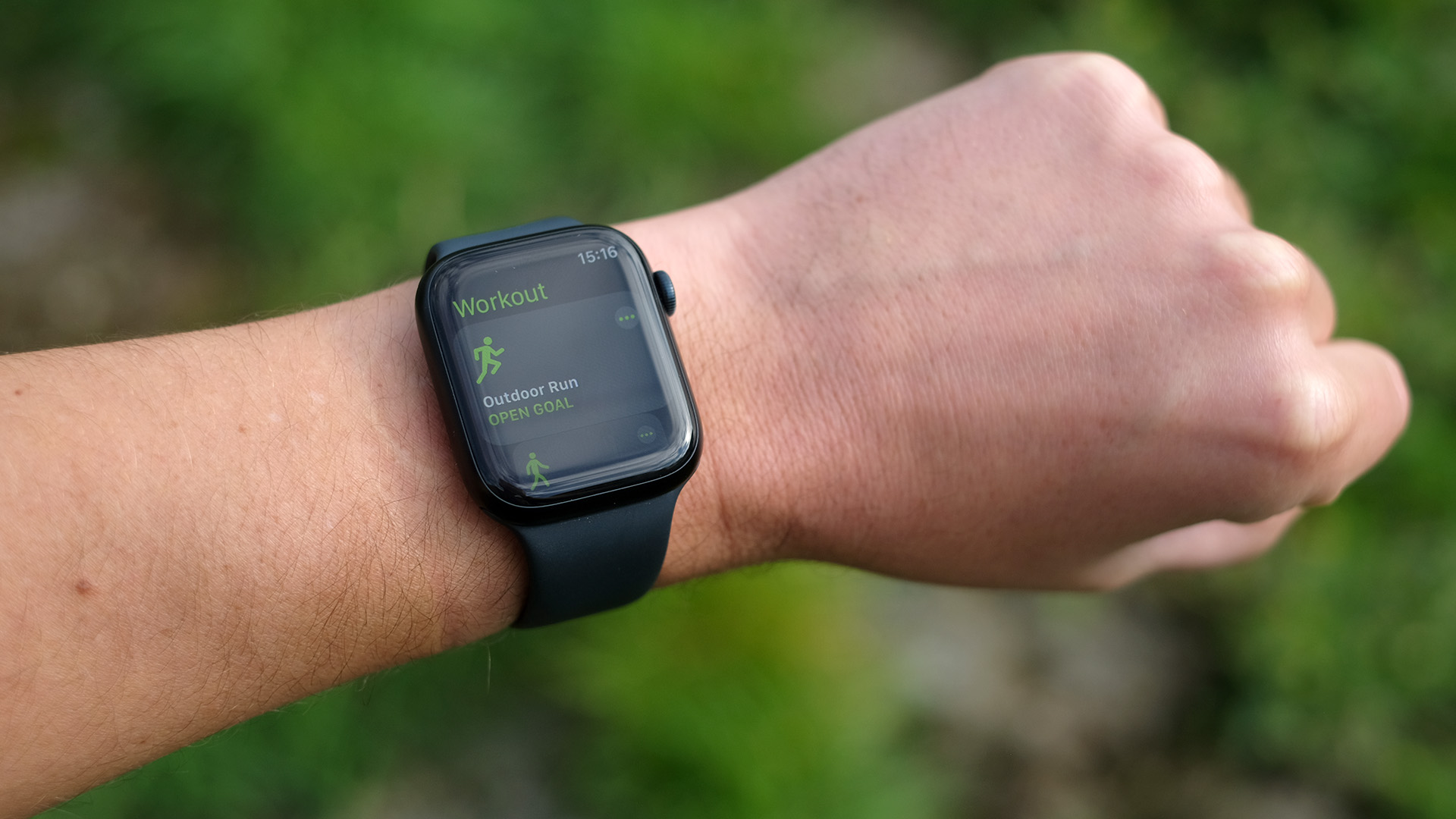
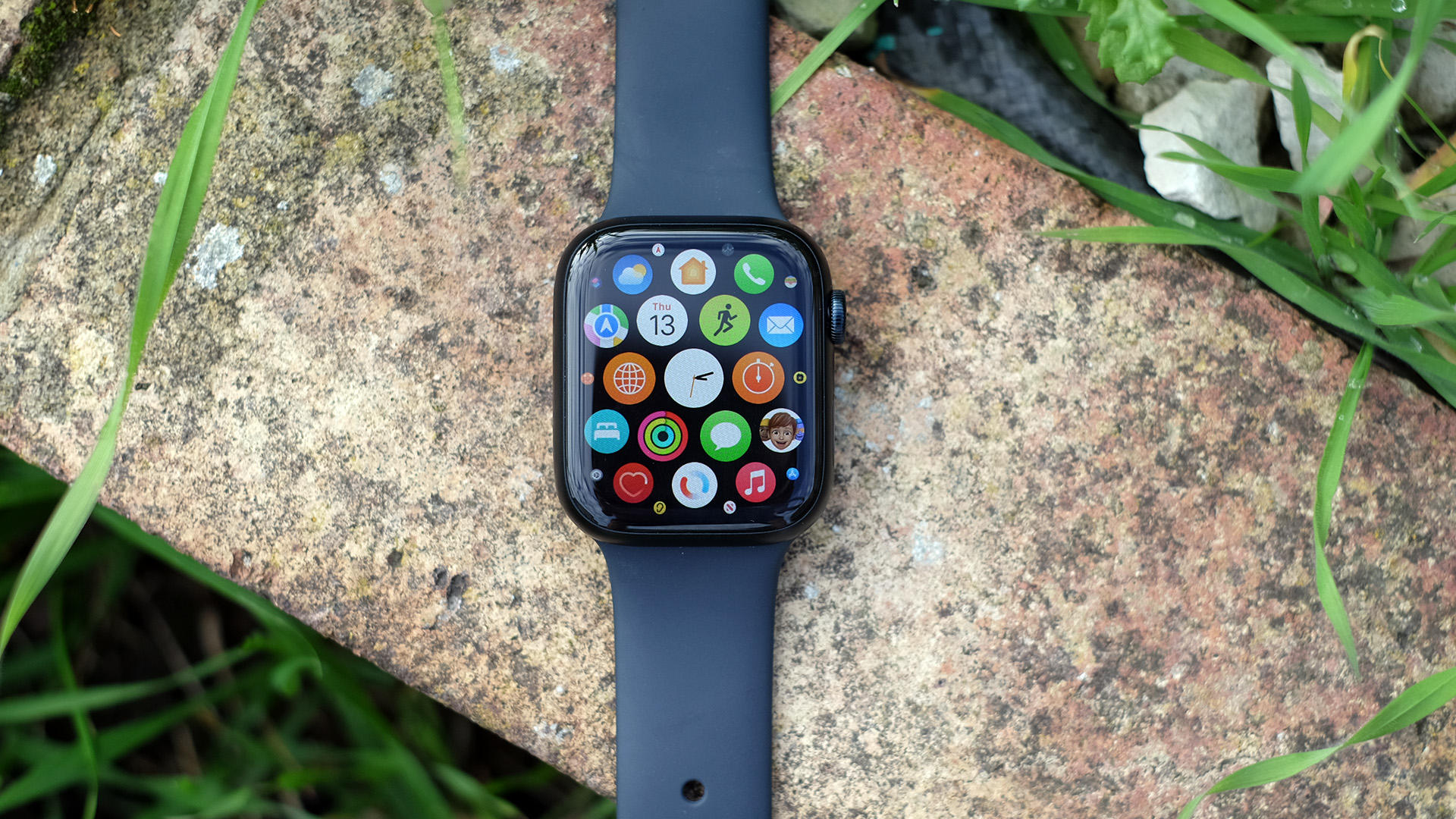
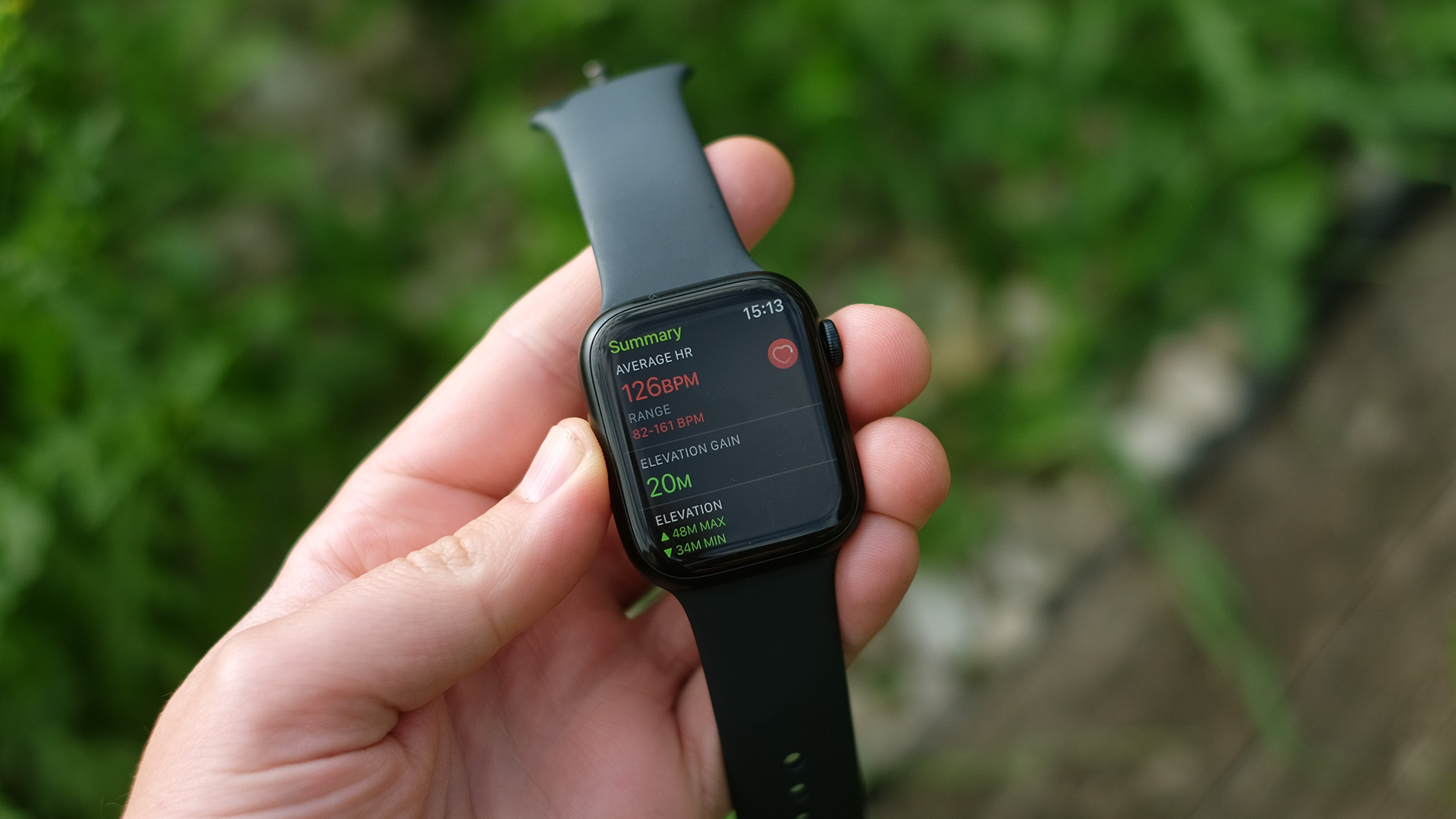
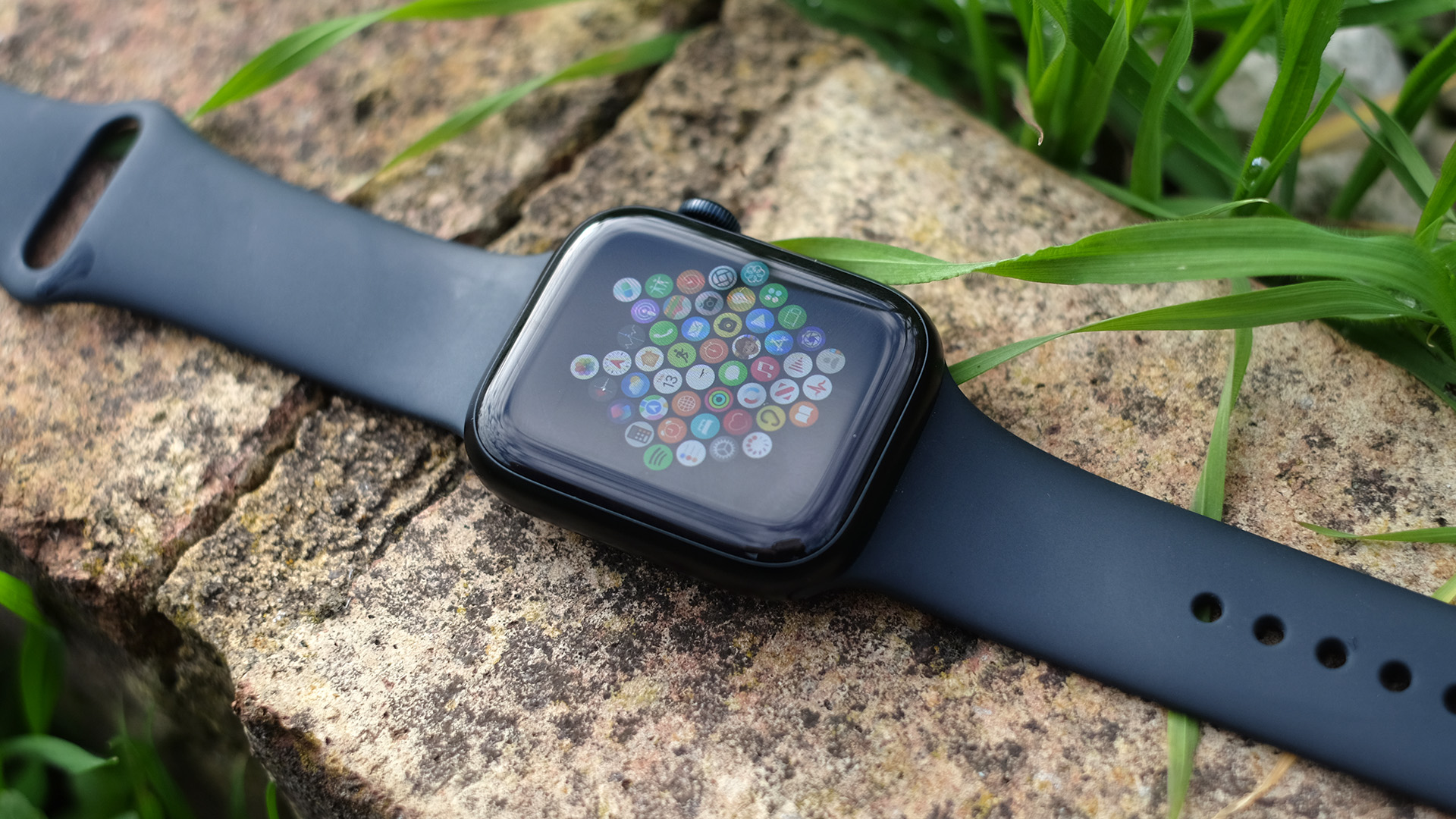
Specifications
Reasons to buy
Reasons to avoid
✅ You want top-class health tracking: You can trust Apple's sensors, particularly when it comes to heart rate measurements.
✅ You want heaps of features: It comes with countless apps and additional frills.
✅ You want to track your menstrual cycle: It features body temperature sensors and relevant software.
❌ You want a long battery life: It lasts just one day on a single charge.
❌ You want something new and shiny: It is an old model, and it is mostly sold as refurbished.
🔎 Apple Watch Series 8: Offering everything you'd expect from the beautifully-designed Apple line, the Series 8 has fantastic tracking metrics and an array of features. It just lacks a long lasting battery life.
If you are looking for great GPS and heart rate hardware, the Apple Watch Series 8 is a solid pick. While it is one of the older models, and as such, it is not widely available to purchase in a new condition, it is still one of the best fitness trackers for iPhone users we have ever tested. We liked it so much that we gave this iconic wearable a massive 4.5 stars in our Apple Watch Series 8 review — and we even prefer it to the newer, more expensive Apple Watch models.
Apple really does offer best-in-class when it comes to health and safety features. In the Series 8, you will find an ECG monitor that can detect abnormal heart rhythms, a blood oxygen monitor and sleep tracking too. There is also an advanced gyroscope for fall detection, as well as ovulation tracking for those with a menstrual cycle. These are all features that you can find in other trackers, but in our experience the heart-tracking capabilities of Apple tend to outstrip its competitors.
On top of that, the watch has an app library that is bigger than most of its rivals put together. You can find second-party apps that will improve your yoga flows, help track your workouts and guide you on meditations. Compared with its predecessor, the Apple Watch Series 8 also offers more in-depth data on activities like running, including heart rate zones. You can even create custom workouts and save them to your watch.
But it is not without its faults; the watch is only compatible with iPhones and battery life only lasts for one day. Still, we think the model is the best combination of value, features and performance available on the market.
- Read our full Apple Watch Series 8 review
Best smartwatch for tracking workouts
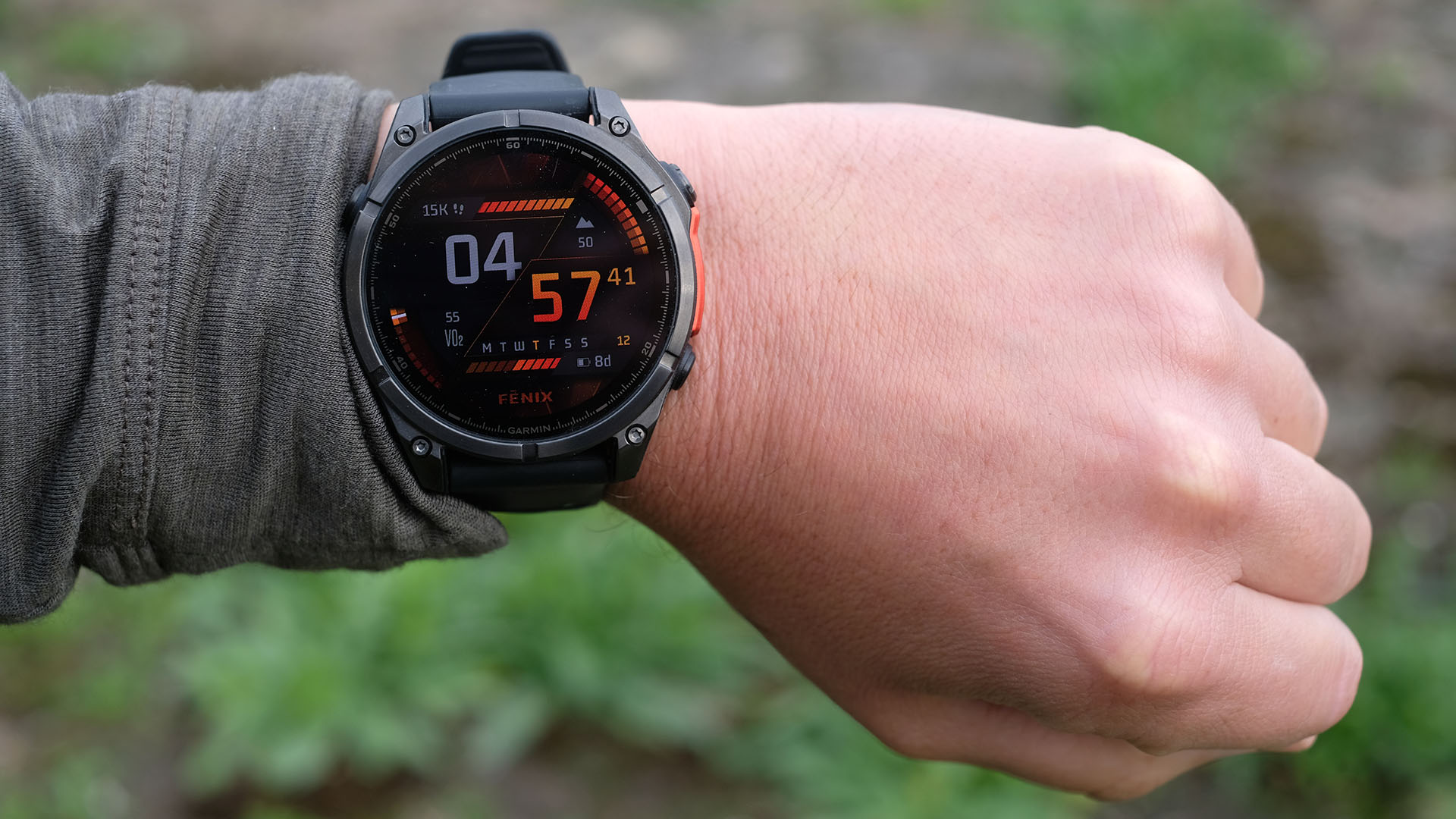

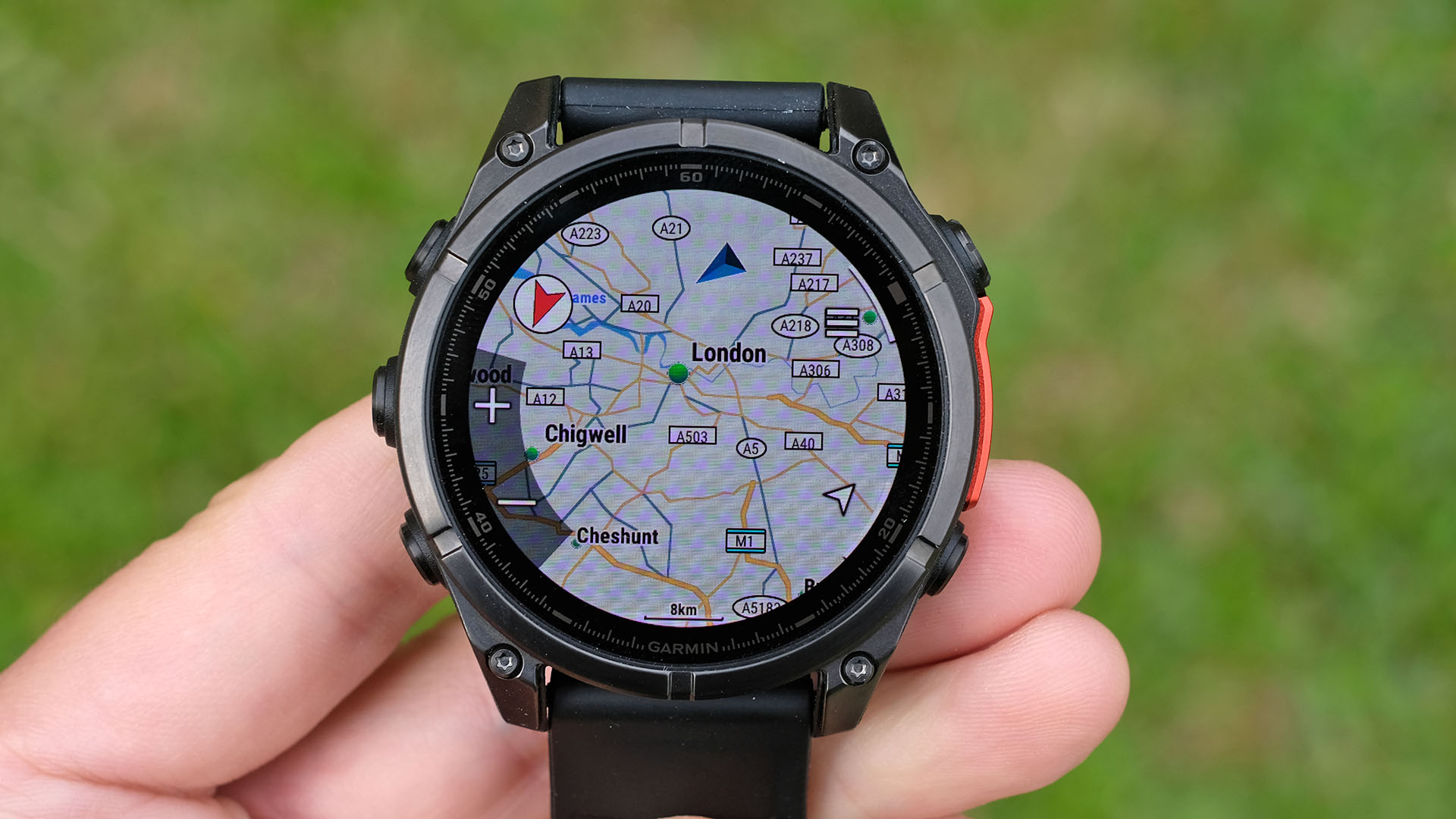
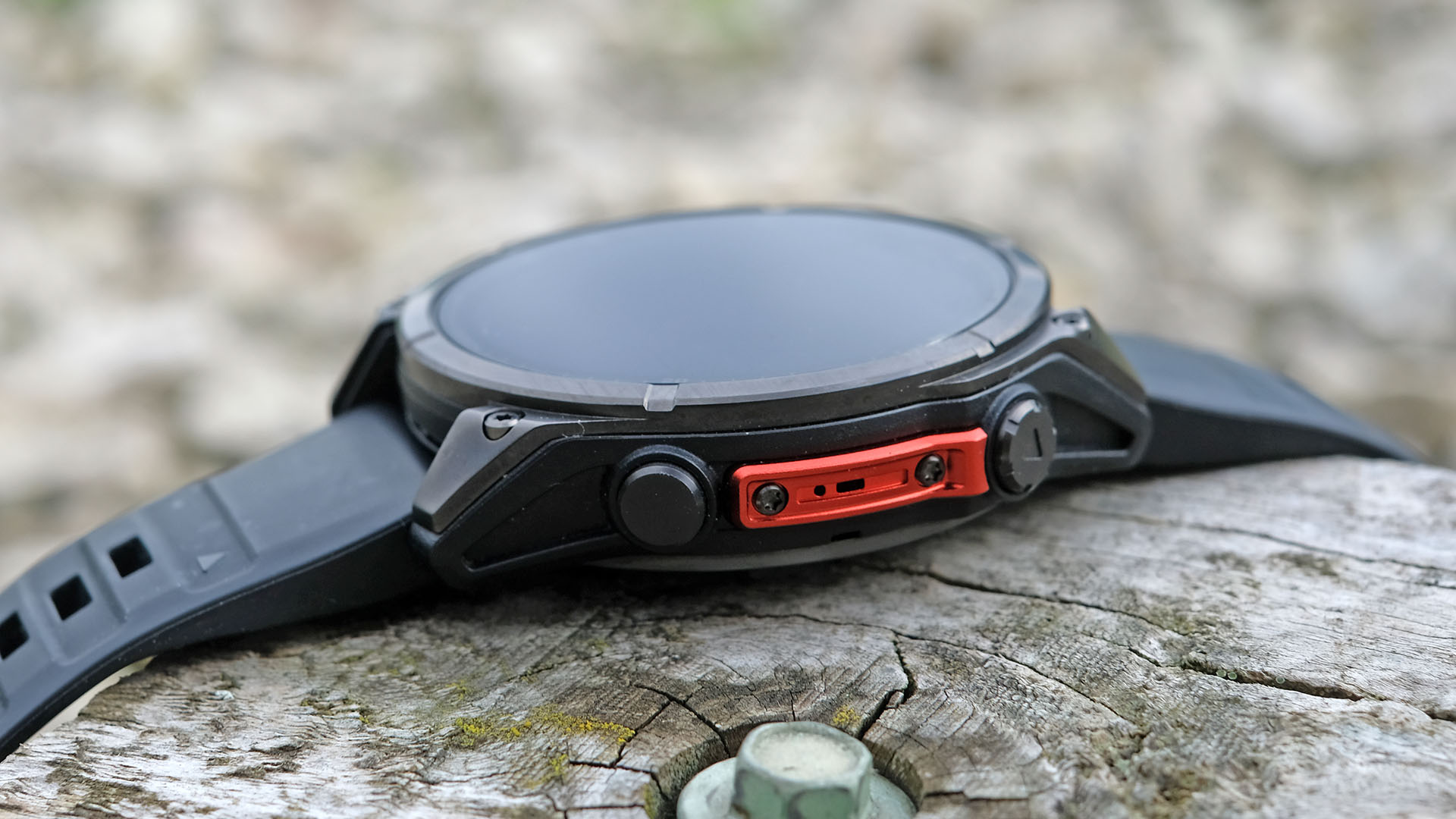
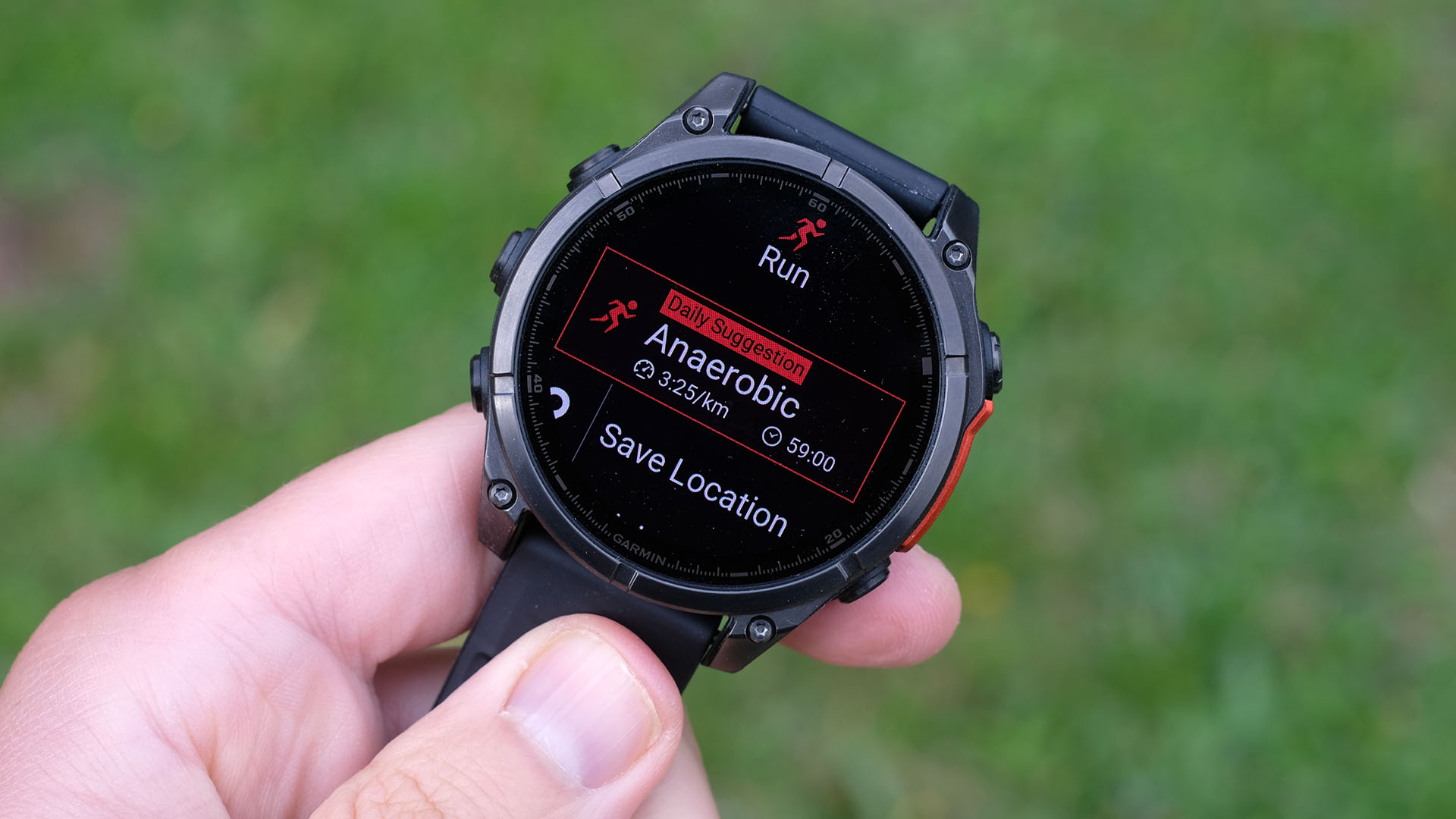
Specifications
Reasons to buy
Reasons to avoid
✅ You are a data-driven fitness enthusiast: It gives you a detailed overview of your exercise performance.
✅ You need accurate navigation tools: This watch boasts reliable GPS tracking and detailed on-watch maps.
✅ You want long battery life: It can last up to 16 days on a single charge.
❌ You are on a budget: Priced at around $1,000, it is one of the most expensive options in this guide. If you want something cheaper but of similar quality, consider the older Fenix 7 model.
🔎 Garmin Fenix 8: If you want the best in show of fitness watches, then the Fenix 8 has it all, from a huge array of tracking metrics to a superior battery life. It's certainly not cheap, but we think it's worth the outlay for such a superior product.
A Garmin Fenix 8 is one the best fitness trackers to get if you want the most comprehensive set of built-in exercise features available. These stand out even more when you bring its impressive hardware into the mix. In our eyes, this rugged GPS watch has dethroned its older sibling, the excellent Garmin Fenix 7 Sapphire Solar. They both deserve this spot, though. The Garmin Fenix 8 is slightly more beefed-up and high-tech than its younger sibling, making it more functional for serious fitness enthusiasts— you can take it scuba diving, for example. However, it is also prohibitively expensive. The Garmin Fenix 7, on the other hand, is cheaper by around $450, but quality-wise, these two watches are not too far apart.
That said, we still think this premium wearable is well worth the steep investment. During our Garmin Fenix 8 review, we were thoroughly impressed with its performance and tracking features. This rugged watch can connect to heart rate straps and foot pods, bike turbo trainers, and even Garmin’s bike lights. We liked that you can download continents’ worth of maps to the watch’s internal memory and plan hike, bike and run routes so you can leave your phone at home. Not to mention, its heart rate and GPS accuracy are great, and the presentation of stats like training load and VO2 Max is world-class.
While a perfect choice for hitting your PBs, it is also useful for more mundane activities. While still a sizeable watch, the Garmin Fenix 8 is not as heavy and bulky as its older sibling, making it comfortable to wear all day round. It works well for casual day-to-day activities too. For example, it lets you download music and podcasts from some of the most popular music services, including Spotify and Deezer.
A Garmin Fenix 8 may be a bit much if you just want to track 5km runs a couple of times a week. It is not small and it is not cheap. The bulk is not ideal for sleep tracking, so consider the Garmin Epix 2 or Garmin Forerunner 965 if you like the sound of Garmin’s high-octane style but would prefer something smaller. Looking for something more elegant? The Polar Ignite 3 Titanium may be a better option for you (scroll down to read more).
- Read our Garmin Fenix 8 review
Runner-up
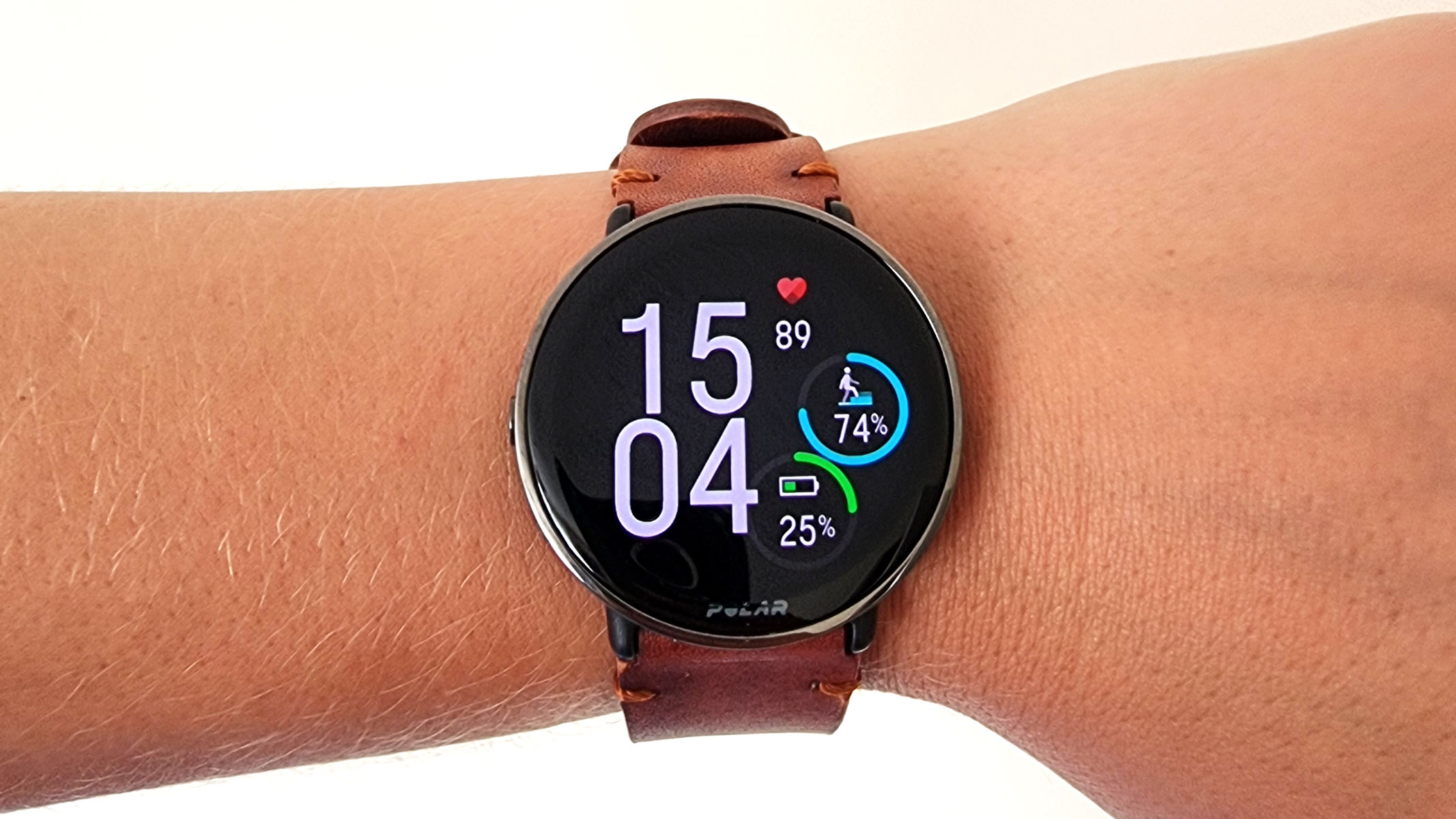
Best for tracking workouts: Runner-up
The Polar Ignite 3 Titanium offers plenty of in-depth workout tracking features, light and durable design, and up to five days of battery life — and it is cheaper than the Fenix 7 by a hefty $200. However, it lacks smartwatch features and its app connectivity can be patchy.
For
- Stylish and comfortable to wear
- Good heart rate accuracy
- Durable
Against
- No smartwatch features
- Slow data syncing
- App connectivity can be patchy
Best budget fitness tracker
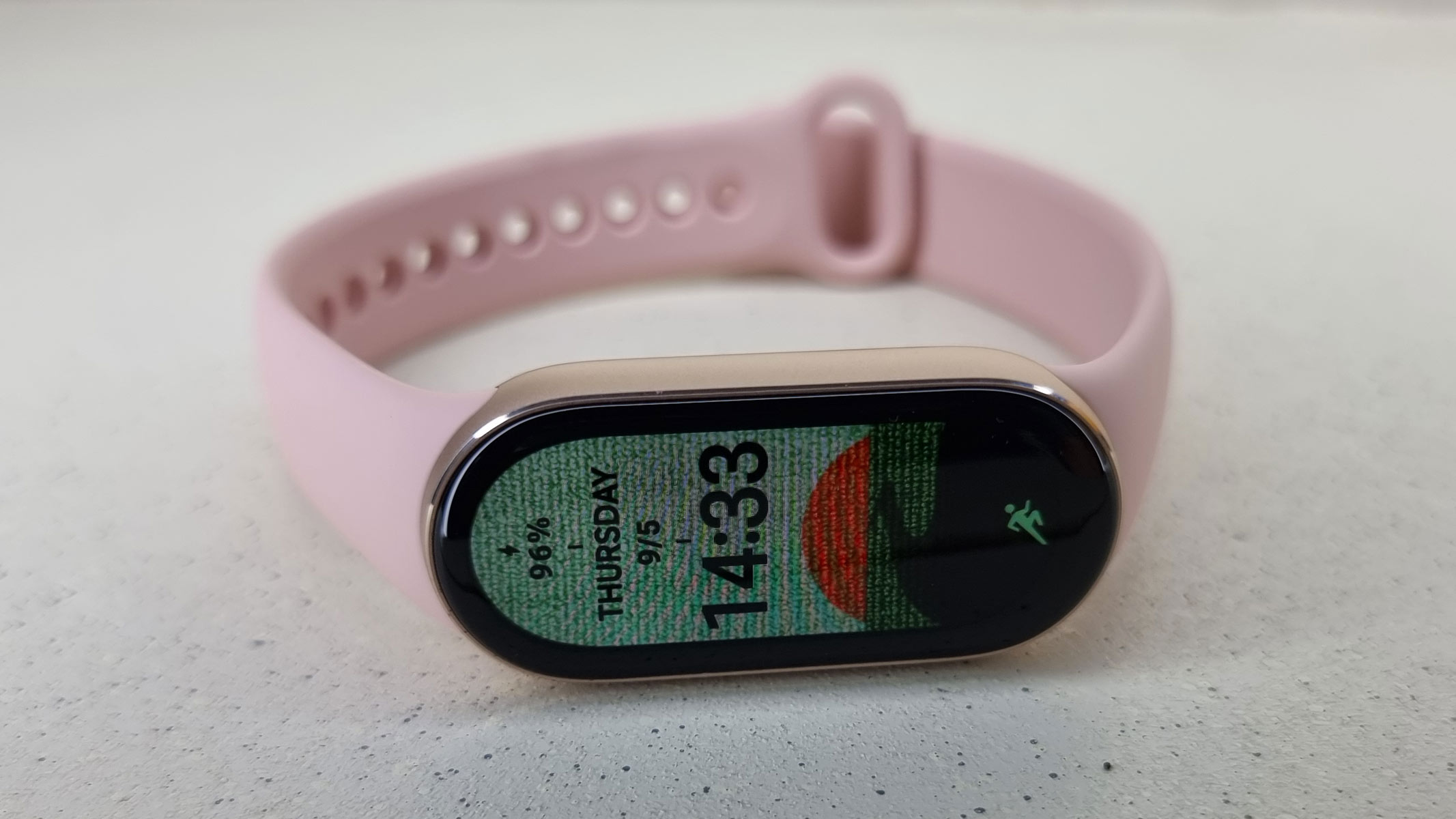
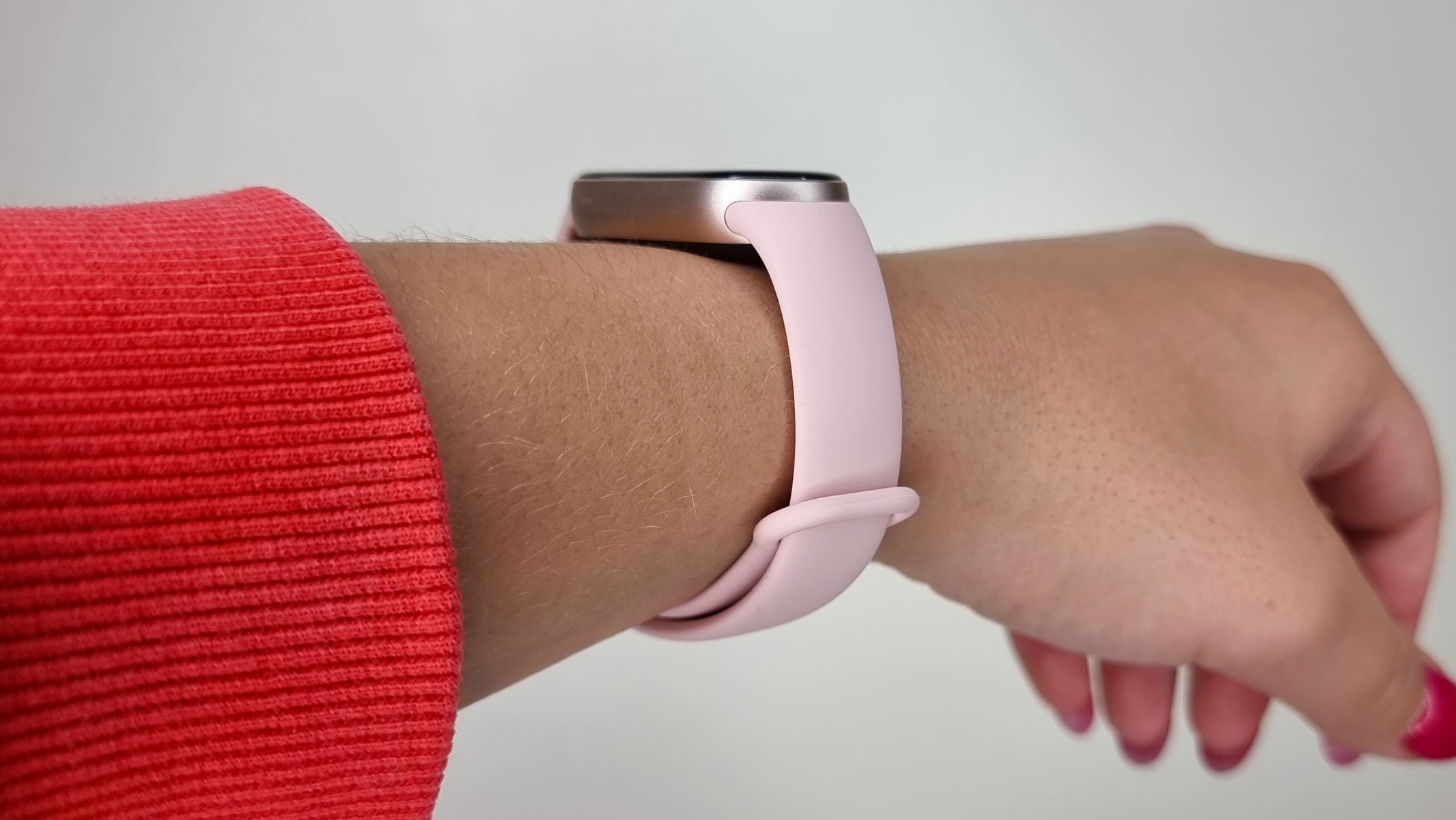
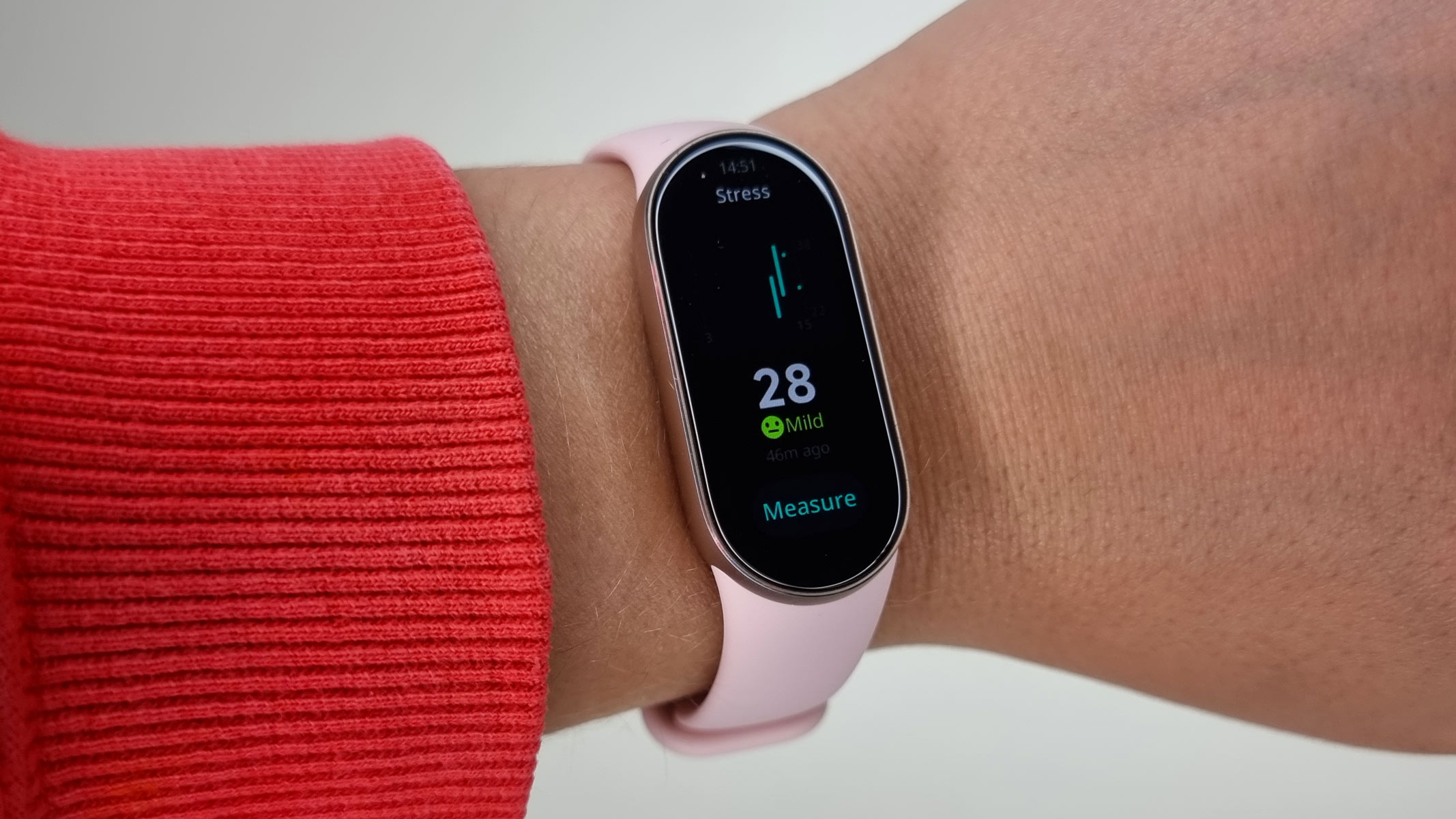
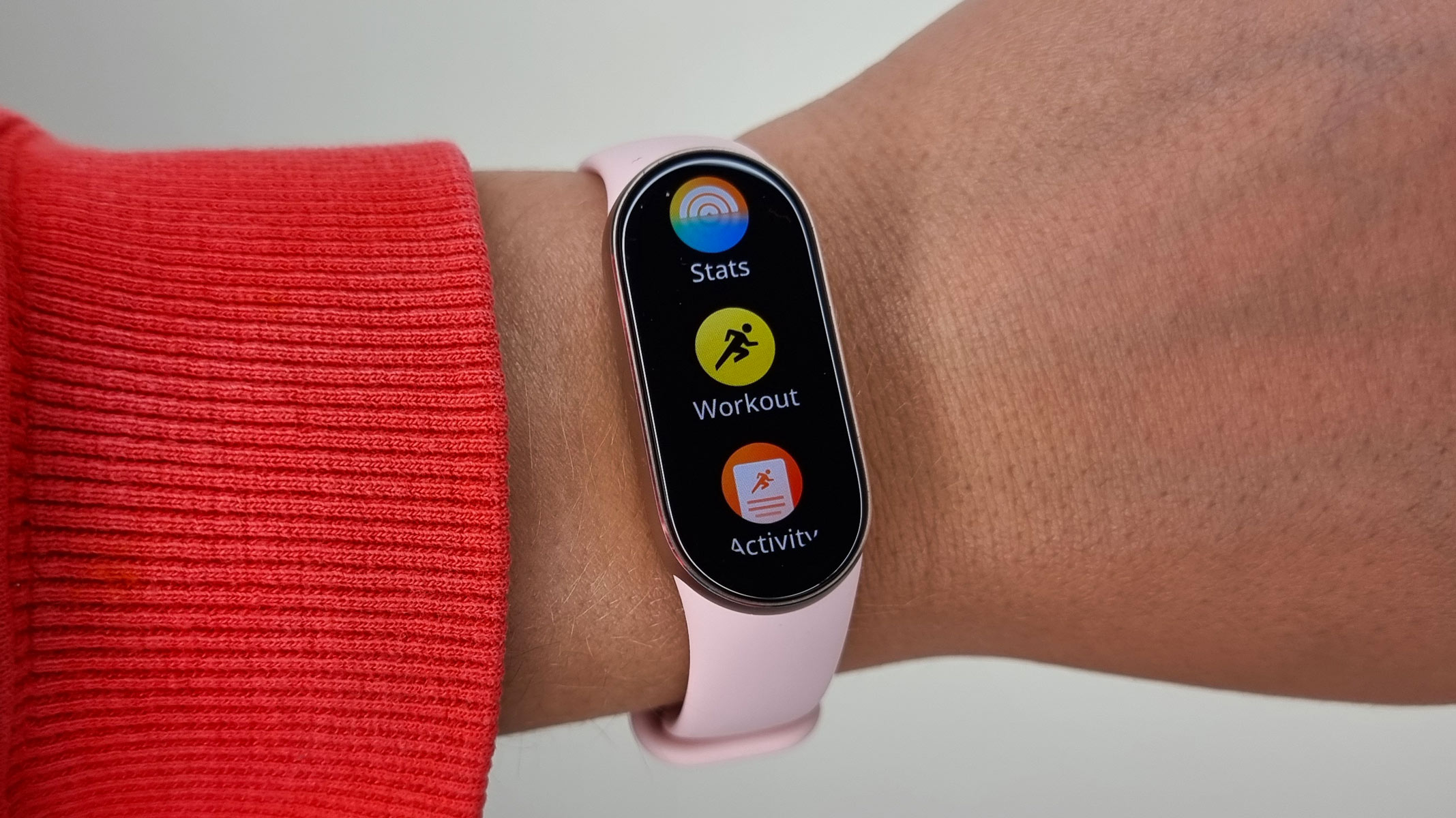
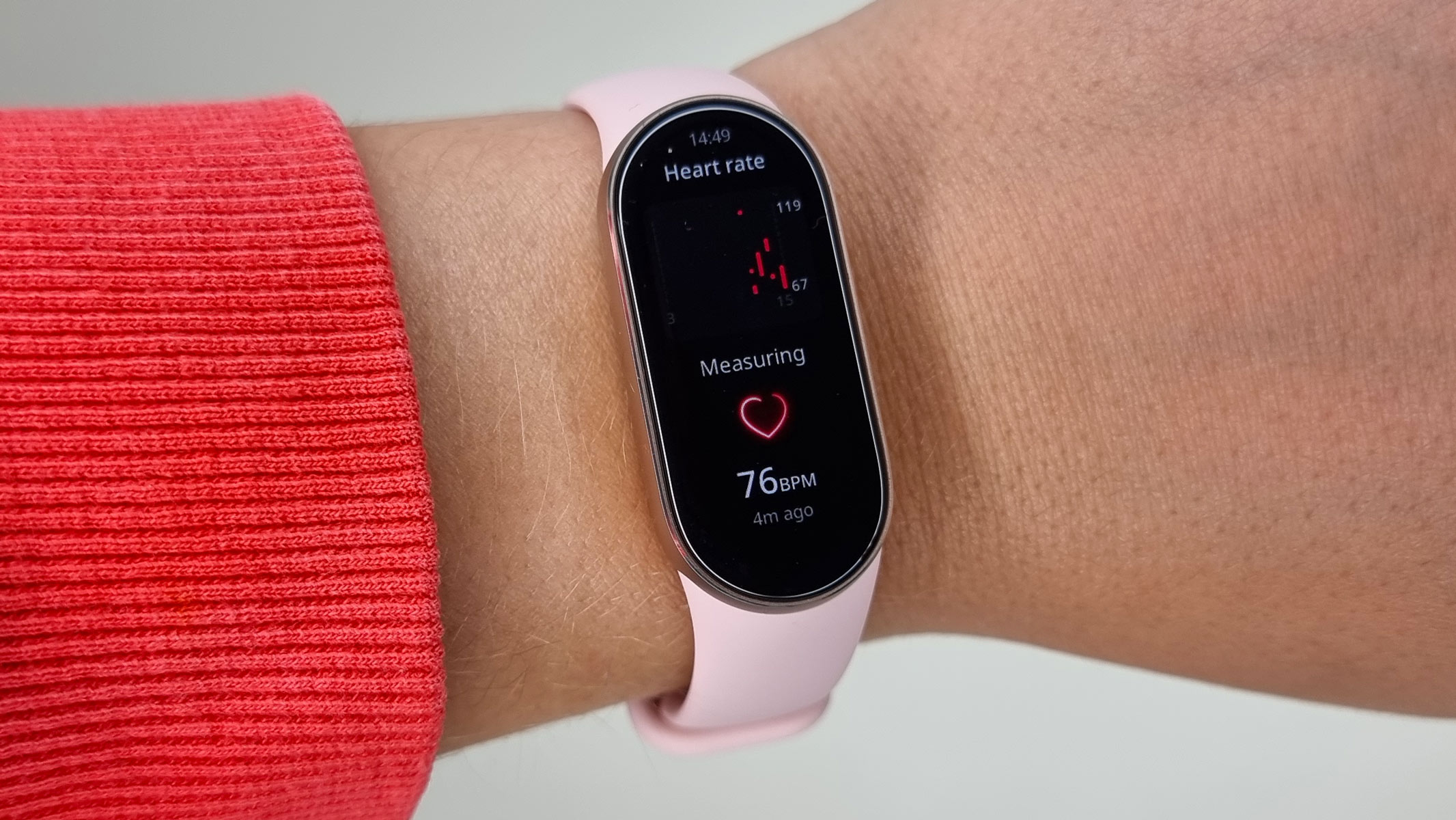
Specifications
Reasons to buy
Reasons to avoid
✅ You are looking for great value for money: It strikes a great balance between functionality and affordability.
✅ You want a long battery life: This watch can last up to three weeks on a single charge.
✅ You want something small: It is ultra-light and unobtrusive.
❌ You want highly accurate tracking features: Heart rate metrics may be imprecise during intense exercise.
❌ You want a smartwatch: It is a fitness tracker in the full sense of the word.
🔎 Xiaomi Smart Band 9: For a true budget gem, you can't beat this simple but effective tracker. It has plenty of features, albeit perhaps not always the most accurate. But with this price tag, and three weeks of battery life, it would be churlish to complain.
When it comes to best budget fitness trackers, two brands are leading the pack: Fitbit and Xiaomi. It is tricky to pick the winner, but it has to be done. While we still love the Fitbit Inspire 3 and think it is one of the best affordable picks of all time, it is the Xiaomi Smart Band 9 that comes on top this year. This sleek fitness band costs a mere $63, but is hard to beat for the sheer number of its features.
There are plenty more reasons why we gave it a strong 4-star rating in our full Xiaomi Smart Band 9 review. To start with, it simply looks good. Closely resembling the Fitbit in design, it features a 1.62-inch AMOLED display that is crisp, colorful and glare-resistant. We also liked its compact design. The Xiaomi Smart Band 9 was ultra-light, discreet-looking and comfortable to wear.
It also surprised us with its performance. When we compared it to its predecessor, the Xiaomi Mi Smart Band 7, it was way faster and more responsive to the touch, even when we used it with wet hands. Plus, its battery life was at least a week longer.
The Smart Band 9 is iOS and Android compatible, pairing with its own Mi app to give access to data like heart rate, oxygen monitoring, sleep, and workout analysis. You can also follow guided meditations via the app and check in on your daily stress level data. Xiaomi has vastly improved its appeal for fitness enthusiasts, offering a whopping 150 sport and fitness modes, including swimming (the watch is 50 meters waterproof) and yoga.
However, we found that some features lacked accuracy at times. While sleep and stress seemed to hit the mark for the most part, workout stats like heart rate and calories were often overestimated (especially during intense exercise). For more precise health tracking, you may need to spend more on mid-range trackers like Amazfit Balance or Garmin Vivosmart 5.
It is also worth noting that the Xiaomi Smart Band 9 has no smartwatch capabilities, not it has any built-in navigation systems like GPS. If you are looking for a good budget smartwatch, check out the Amazfit Active.
- Read our full Xiaomi Mi Smart Band 9 review
Best budget smartwatch
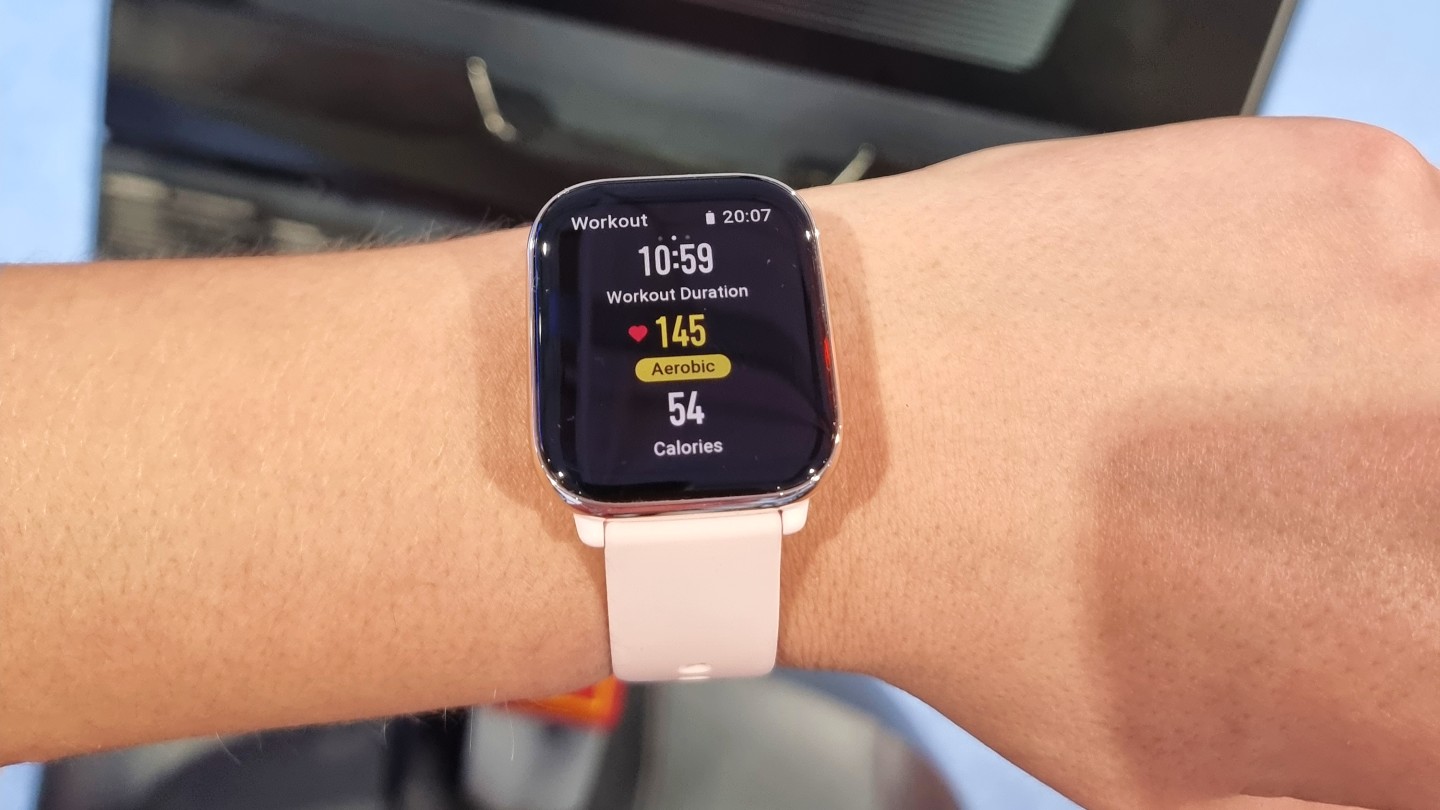
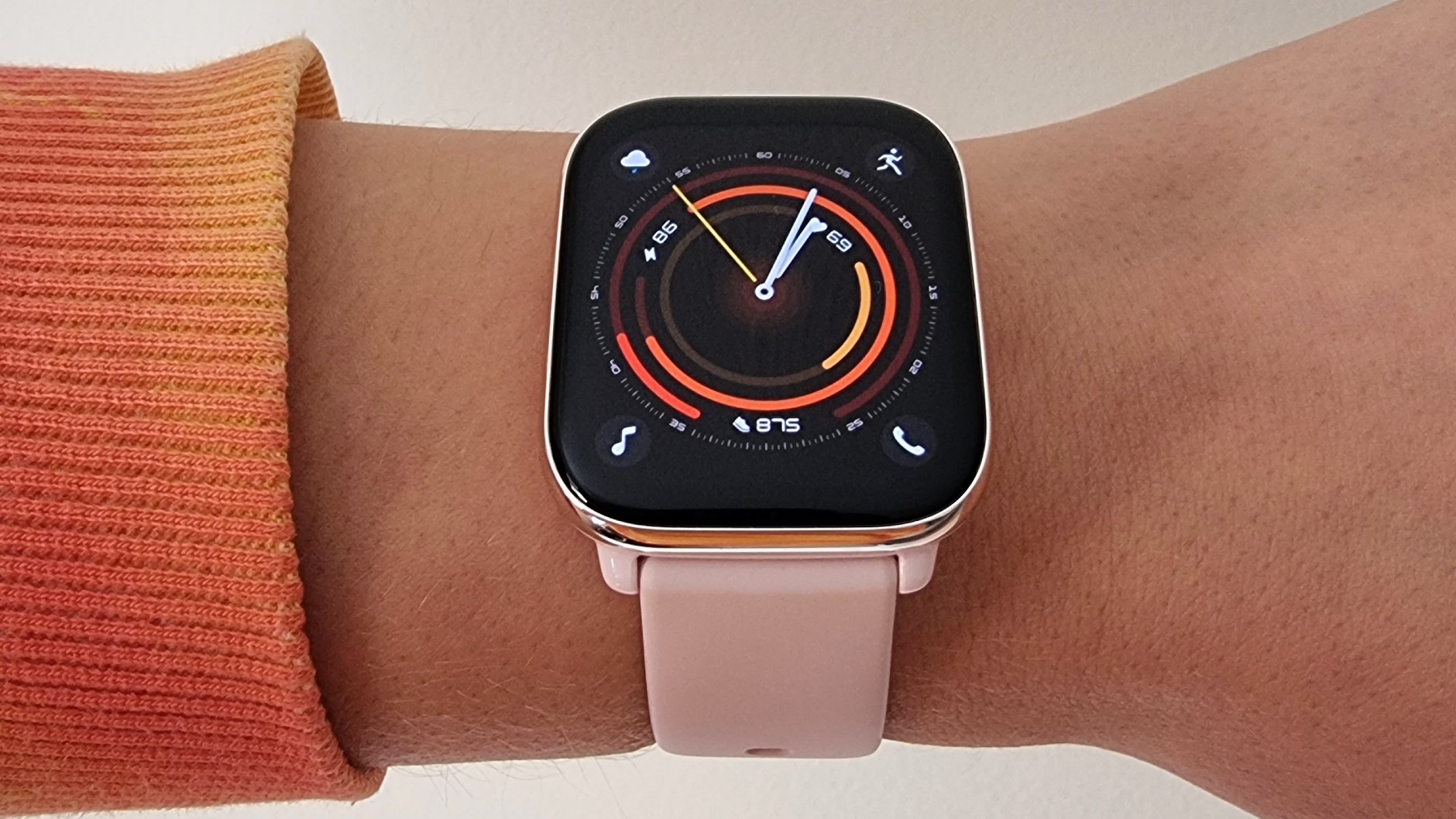
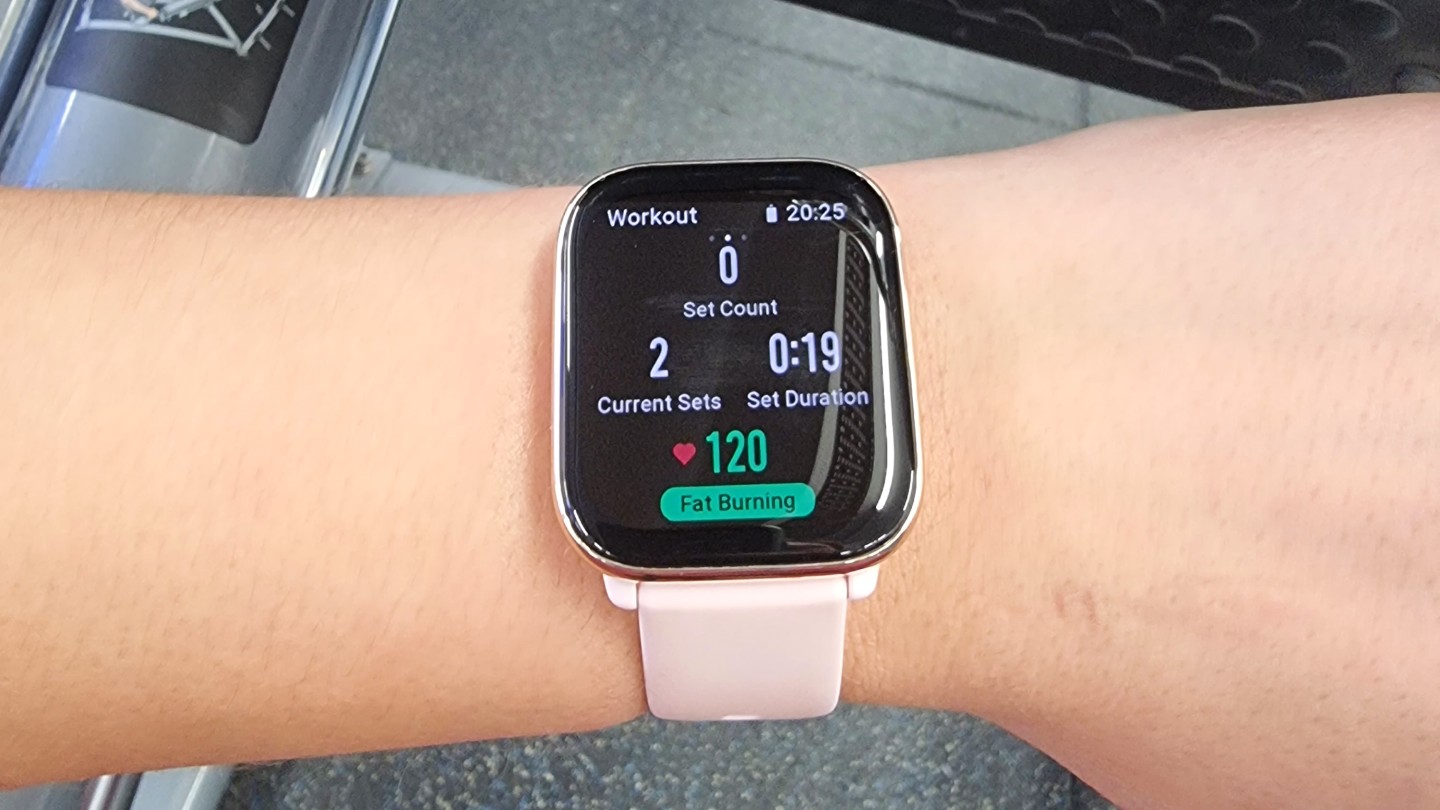
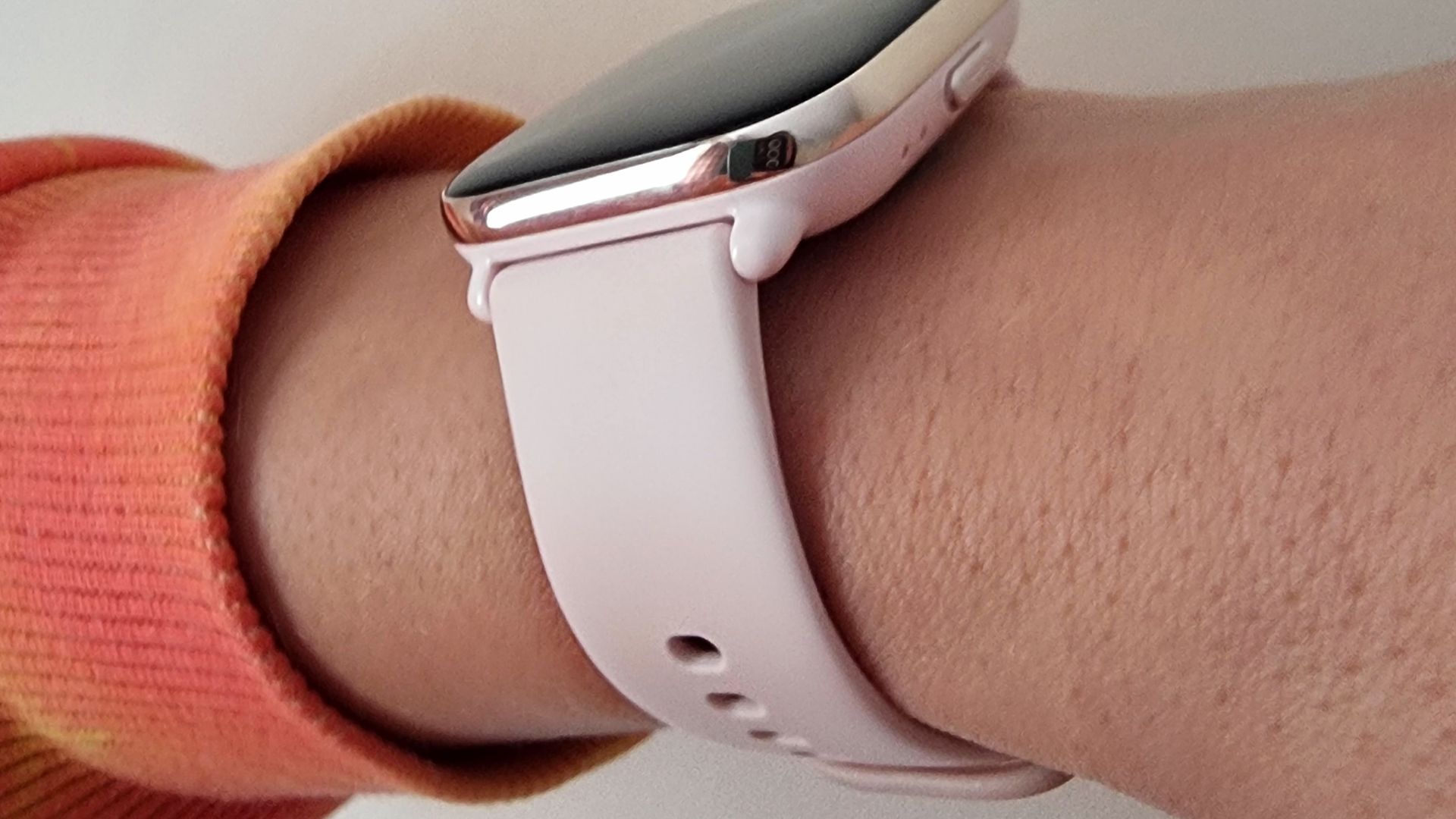
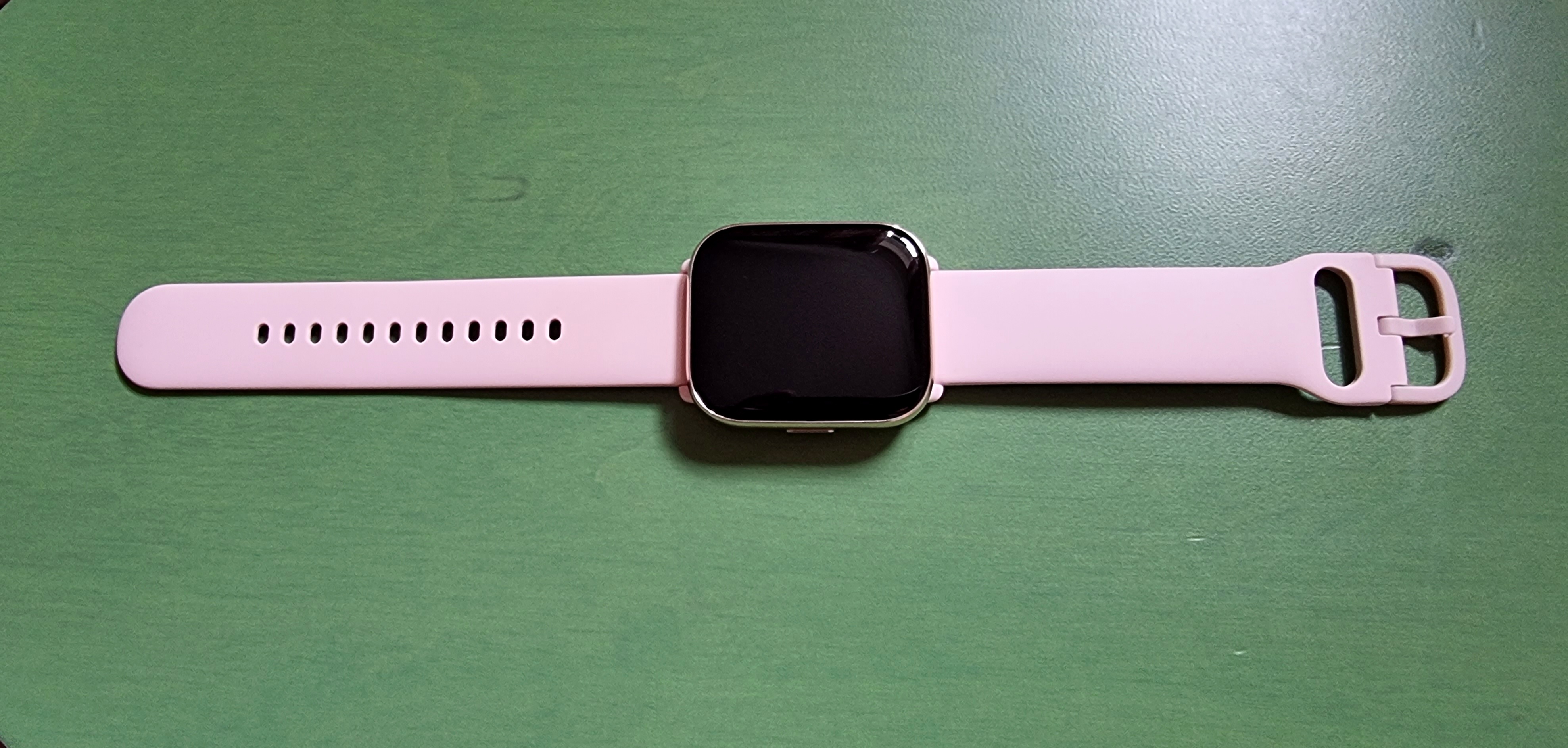
Specifications
Reasons to buy
Reasons to avoid
✅ You want accurate health tracking: It does a good job at measuring heart rate, sleep and steps.
✅ You want long battery life: This smartwatch can last up to 30 days in battery-saving mode.
✅ You are on a budget: It often costs less than $99.99.
❌ You are looking for exceptional durability: It features a rather delicate, plastic-feeling frame.
❌ You want accurate strength training features: It may underestimate the amount of reps and sets.
🔎 Amazfit Active: For the price, we think this budget smartwatch offers great value for money. It's light as a feather to wear and with an exceptional battery life, and the tracking features are accurate. It is perhaps not the most robust and durable design but is nevertheless a great buy.
Smartwatches tend to be pricier than fitness trackers, simply because they pack more features and have a more robust design. However, some models can still offer all the bells and whistles of premium smartwatches — but with a much more wallet-friendly price tag. The Amazfit Active is one of those rare exceptions.
There is plenty to like about this budget-friendly smartwatch. It is feather-light, compact, comfortable to wear, and packed to the brim with tracking features. During our Amazfit Active smartwatch review, it thoroughly impressed us with its long battery life — up to a whopping 30 days in the battery-saving mode — and the good accuracy of its heart rate and movement sensors. We also liked its intuitive controls and an exceptionally bright, detailed and colorful display.
The Amazfit Active measures your heart rate, heart rate variability, body temperature, blood oxygen, steps, breathing rate, stress level and sleep quality. This smartwatch can also track up to 120 sports activities, and thanks to its AI-powered coaching apps, even help you boost your exercise performance. Moreover, it features GPS navigation, compass, Alexa voice assistant, phone call extension, and a myriad of other apps.
However, the Amazfit Active may not perform well in challenging outdoor conditions. That is because this model comes with a rather delicate, plastic-feeling frame, and its display is not strengthened with Gorilla glass or Sapphire Crystal. If you want more durability, you may be better off investing in one of the best Garmin watches.
In addition, some of its features are hidden behind a paywall. However, if you do not subscribe to the monthly payment, you can still greatly enjoy what this smartwatch has to offer.
- Read our full Amazfit Active smartwatch review
Best running watch
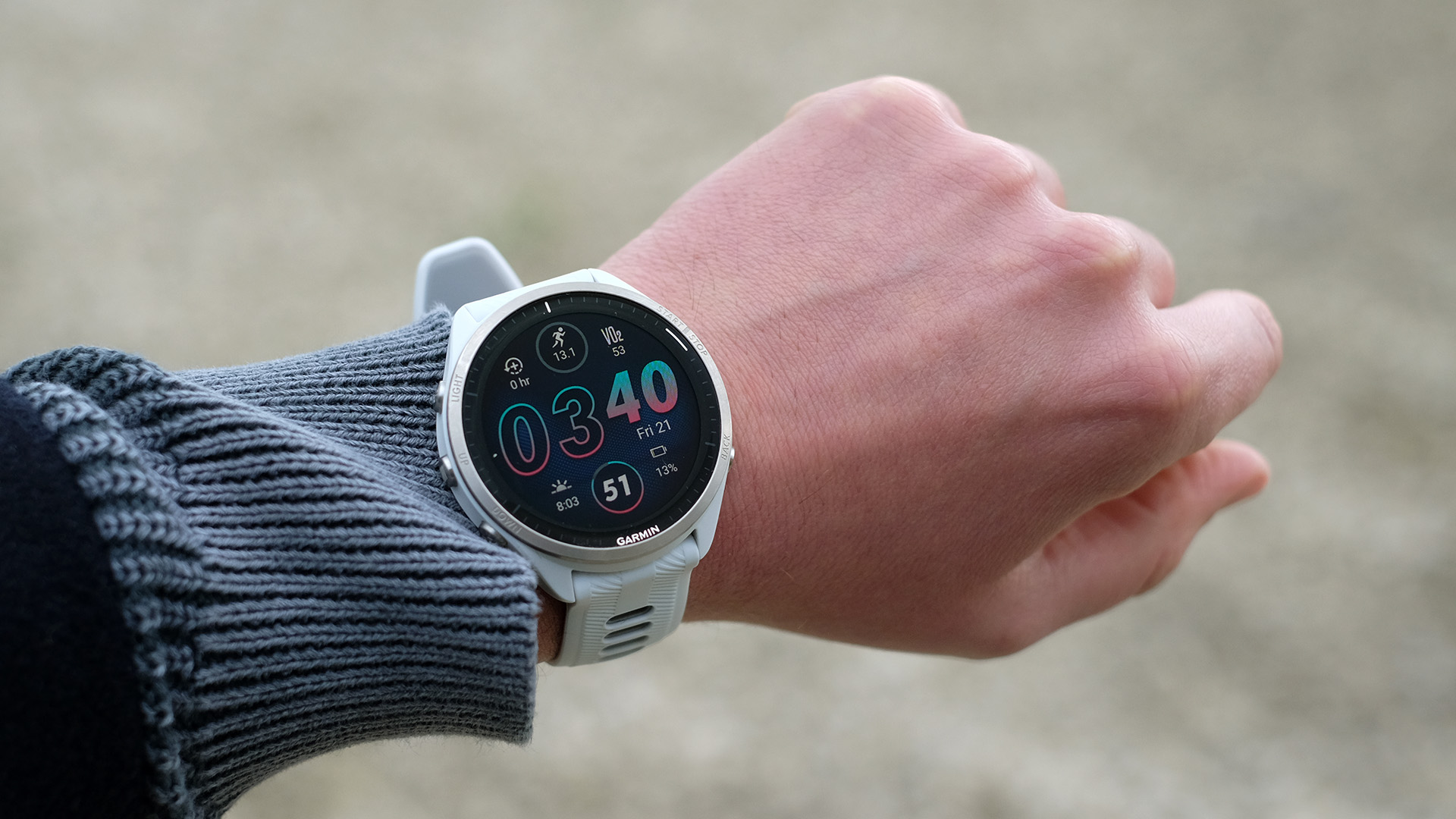
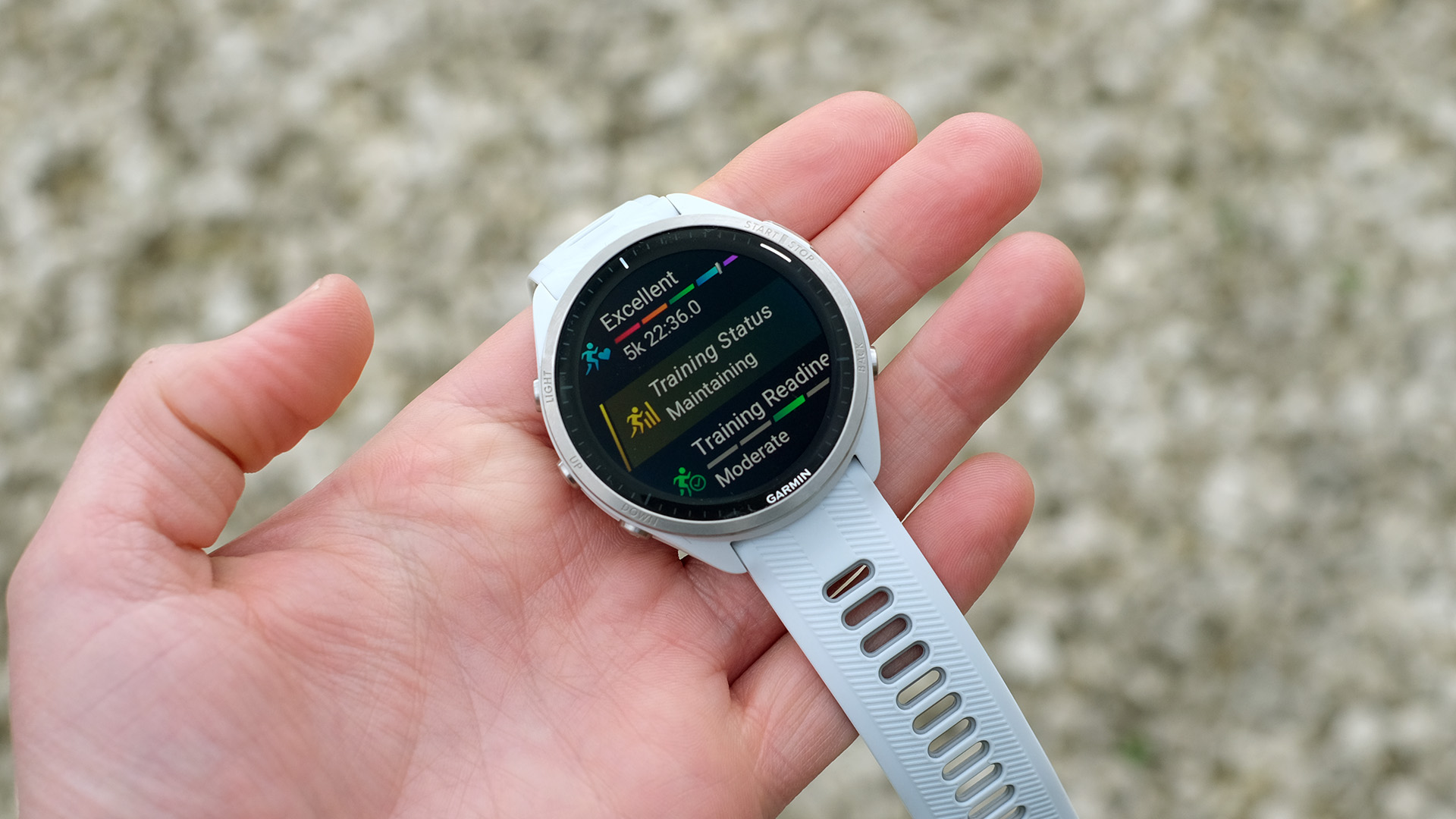
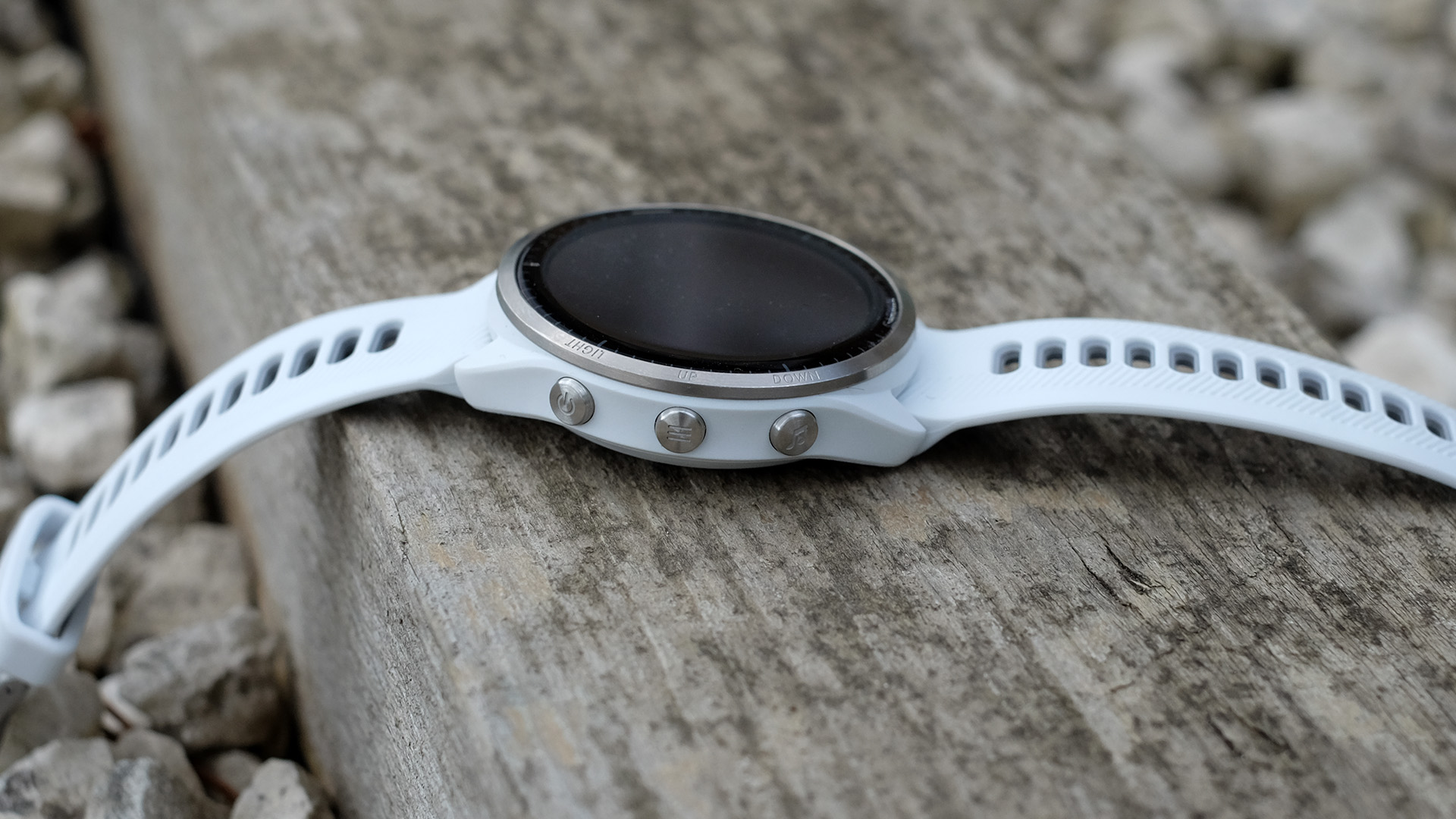
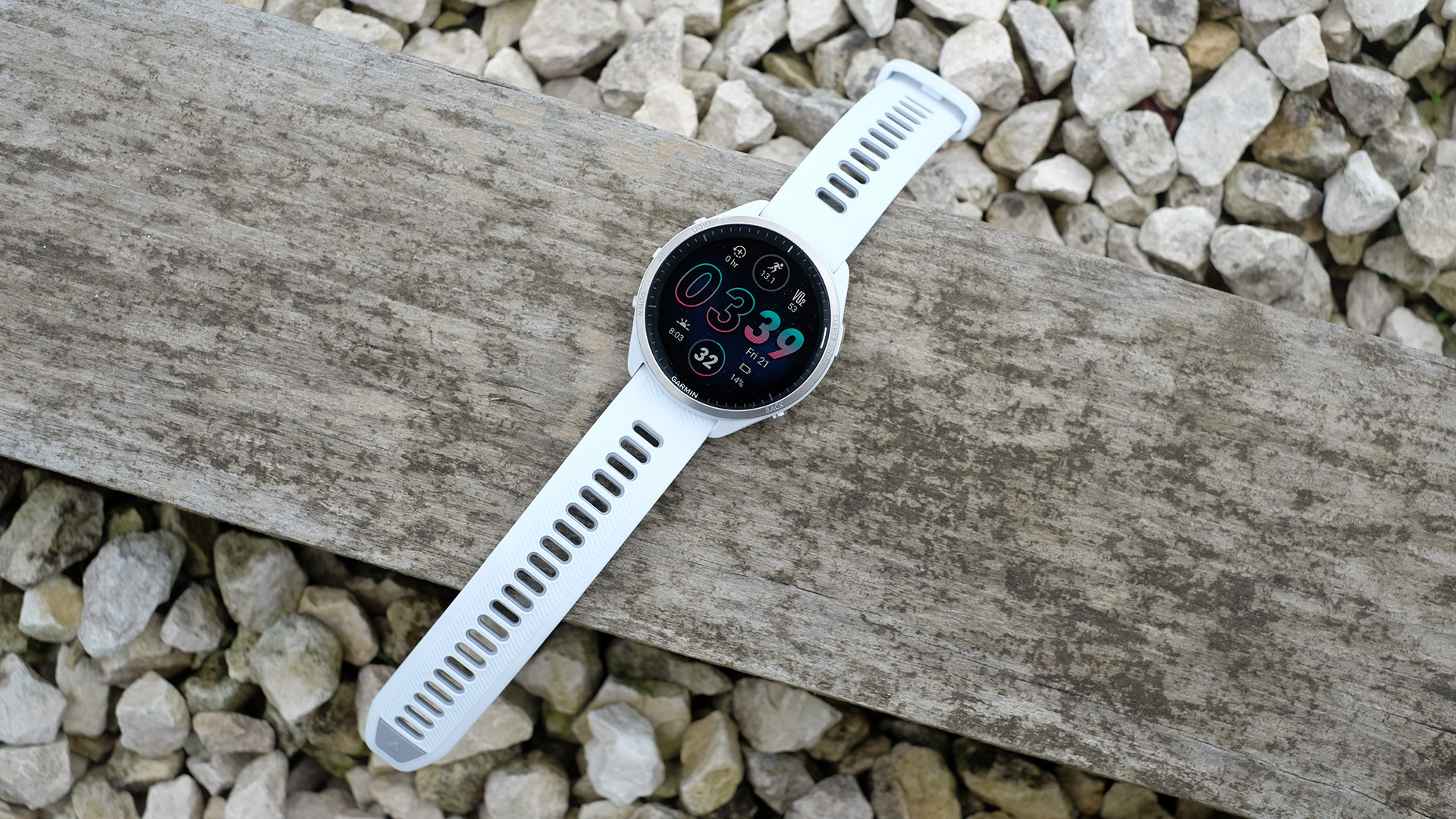
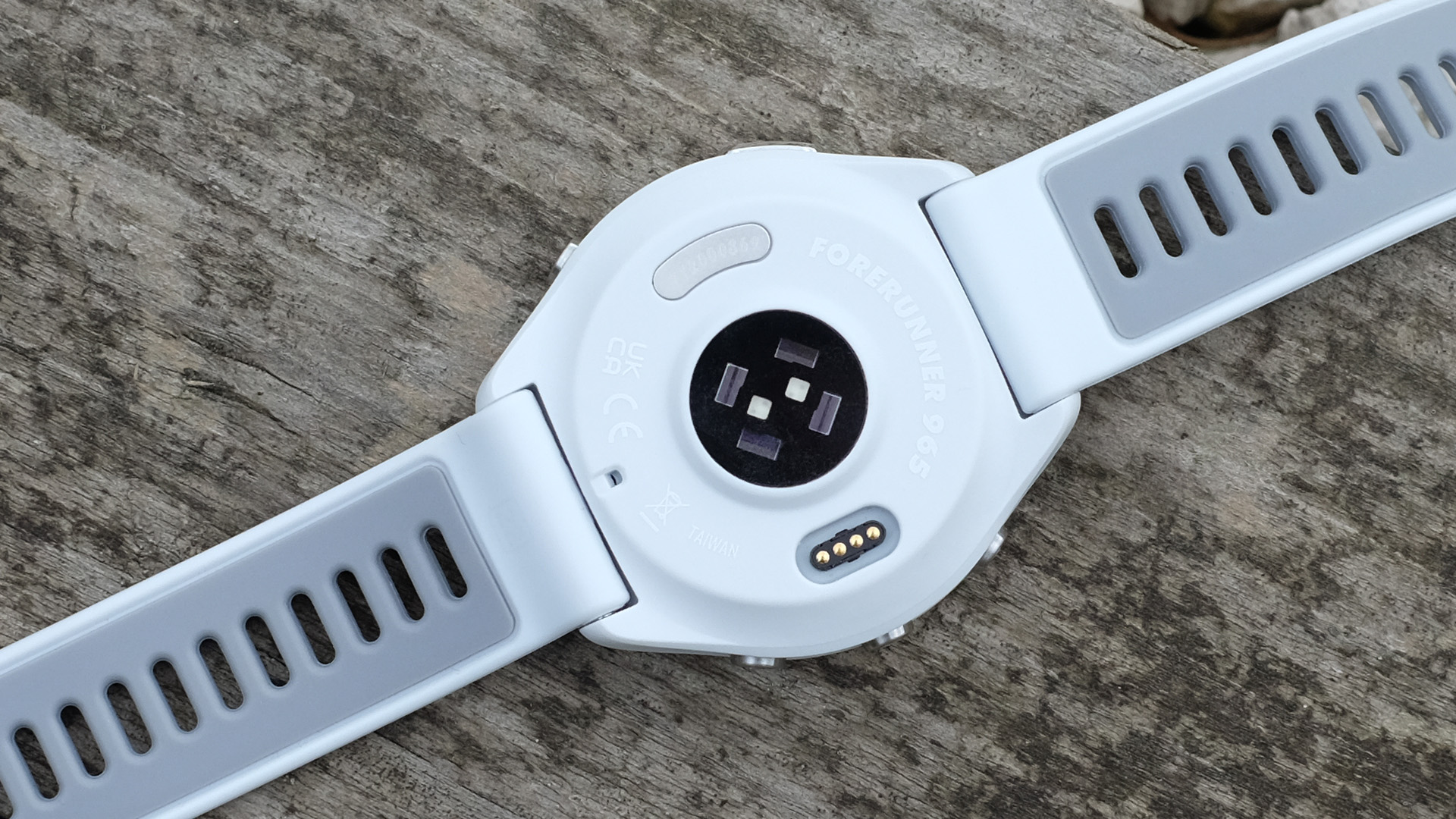
Specifications
Reasons to buy
Reasons to avoid
✅ You want good value for money: All the high-end Garmin features and at a reasonable price.
✅ You want long battery life: This watch can last up to 23 days on a single charge.
✅ You want accurate tracking features: It features an excellent GPS, and you can rely on its health sensors too.
❌ You are a diver: It is not waterproof enough.
❌ You need an ultra-sturdy watch: Not as durable as more premium Garmin models.
🔎 Garmin Forerunner 965: With an array of Garmin's top tracking features and excellent accuracy, the Forerunner 965 is a fantastic running watch. It's not such a great buy, however, for water enthusiasts as at 5ATM water resistance it doesn't match Garmin's best.
The Garmin Forerunner 965 is an excellent choice for runners thanks to its user-friendly design, excellent navigation, and a wealth of features designed to boost your exercise performance. While it is still relatively pricey (around $500 - $600, depending on the retailer), it is still more affordable than some of the more premium Garmin models. We gave it a strong 4.5 stars in our Garmin Forerunner 965 review and thoroughly recommend it to anyone passionate about running.
The Forerunner watches have won our seal of approval multiple times, even despite the ever-increasing retail prices. We loved the Garmin Forerunner 955, but had to admit it was slightly too expensive for a watch with a plastic shell. The Forerunner 965 has stepped up its design, though — while the main part of the shell is still made from a plastic “resin”, its bezel is now crafted from rock-hard titanium.
The Forerunner 965 screen boasts the biggest OLED Garmin has put into a watch to date, a 1.4in panel of 454 x 454 pixels. The display is also crisp, bright and colorful, making it easy to track your stats and follow the route on the go.
The Garmin Forerunner 965 is packed to the brim with features that can help you level up your running performance. There is a good range of reliable health and activity stats to give you valuable insights into your cardiovascular health, exercise performance and recovery time. The Forerunner 965 is also equipped with excellent navigation systems and detailed maps, so you'll not veer off the track and get lost when running through unfamiliar places. Mind you, this model currently has the 8.8GB Europe Topo maps pack installed, but you can freely install others if you like.
You also have 32GB on which to store any music you might want to carry around with you, smart notifications and handy workout suggestions to spruce up your exercise routine.
- Read our full Garmin Forerunner 965 review
Best Garmin alternative
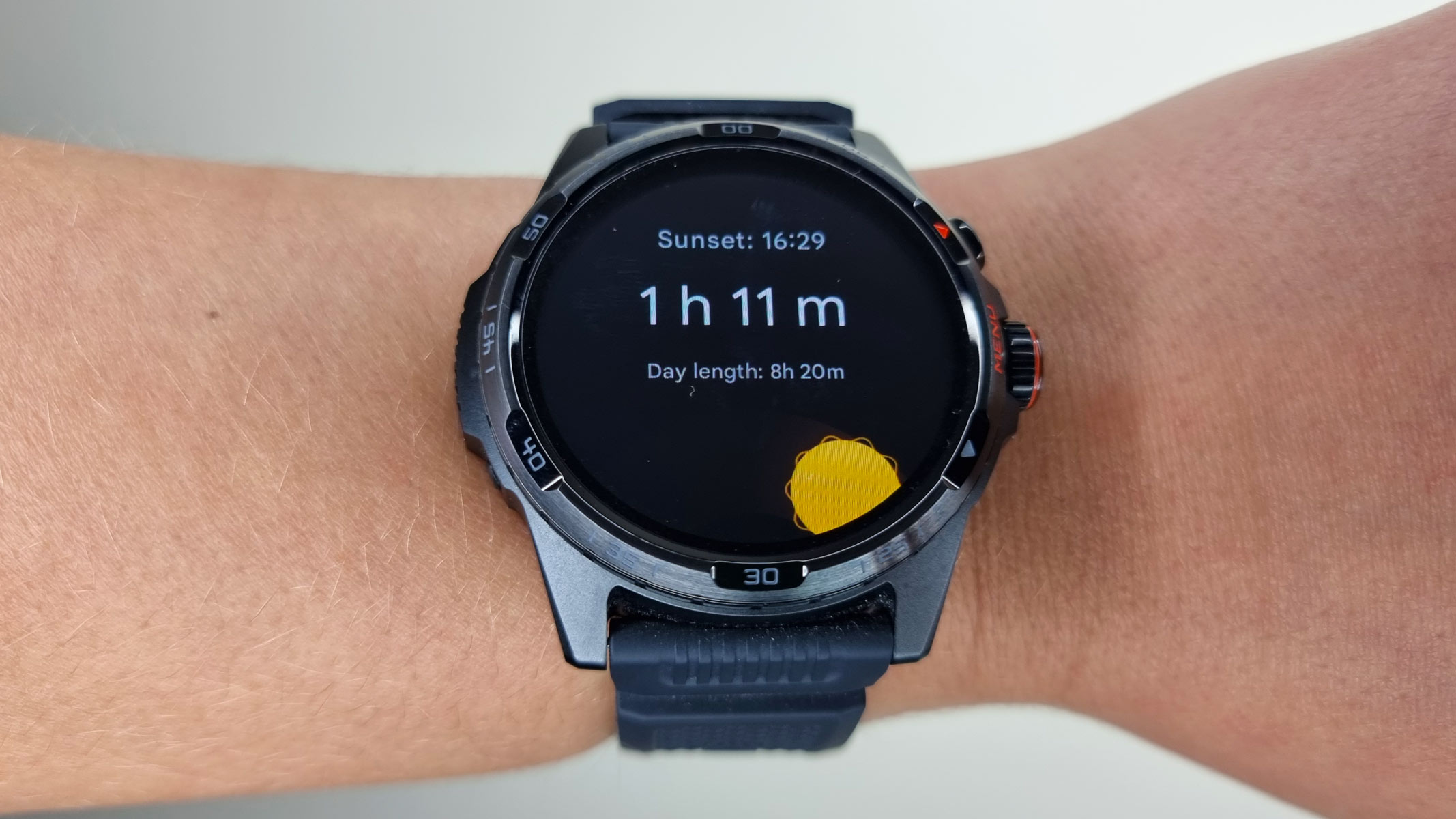
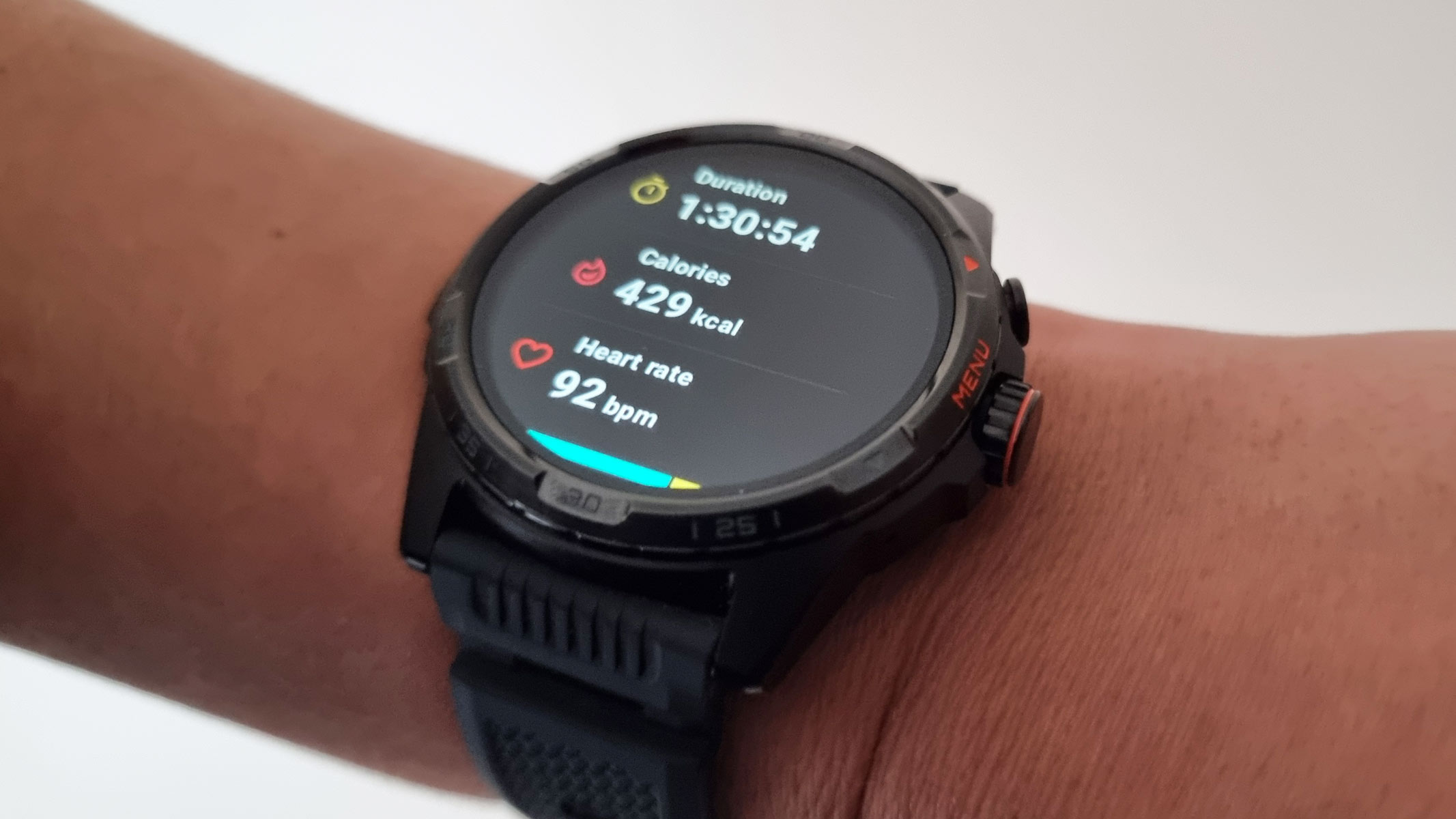
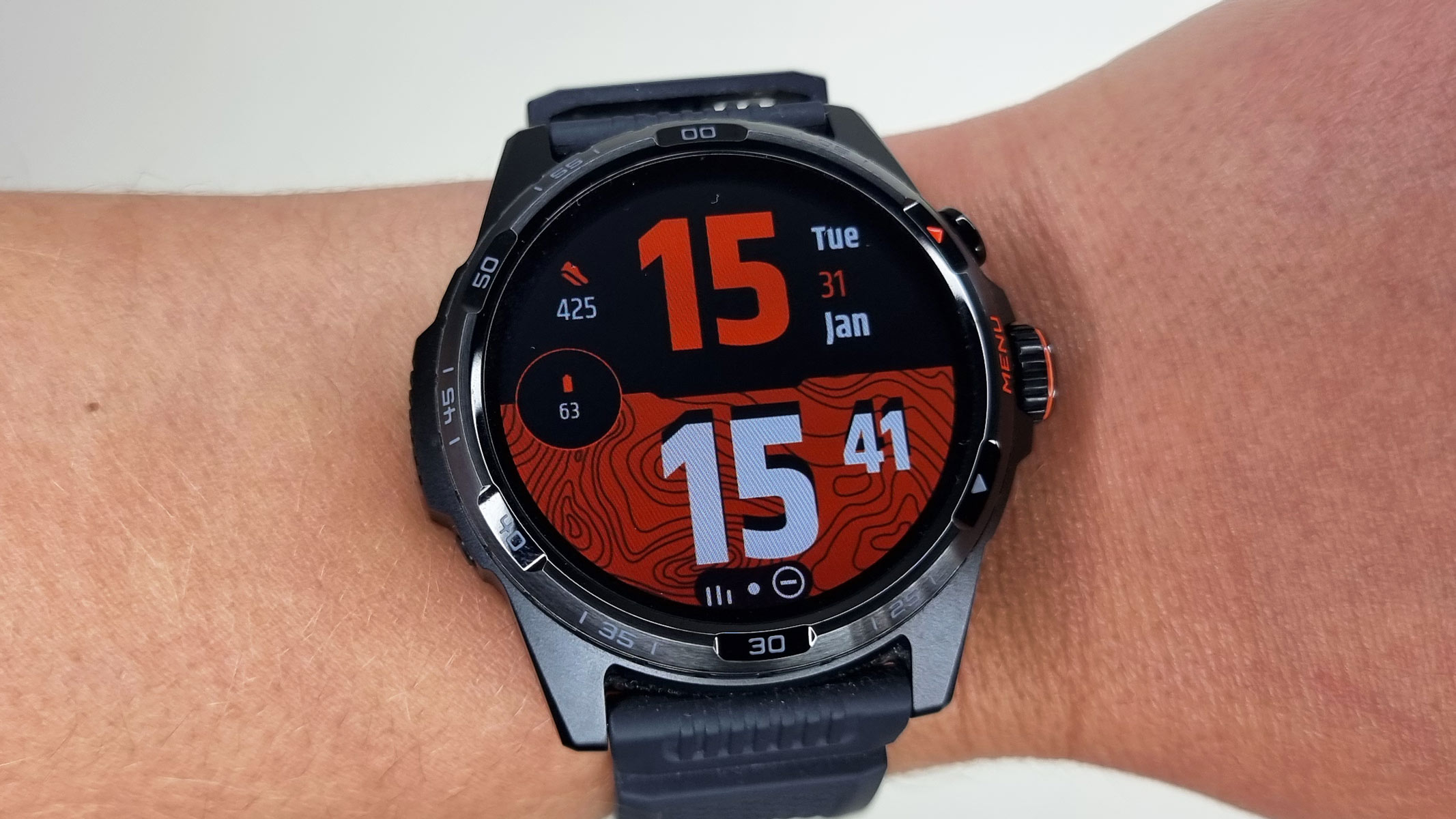
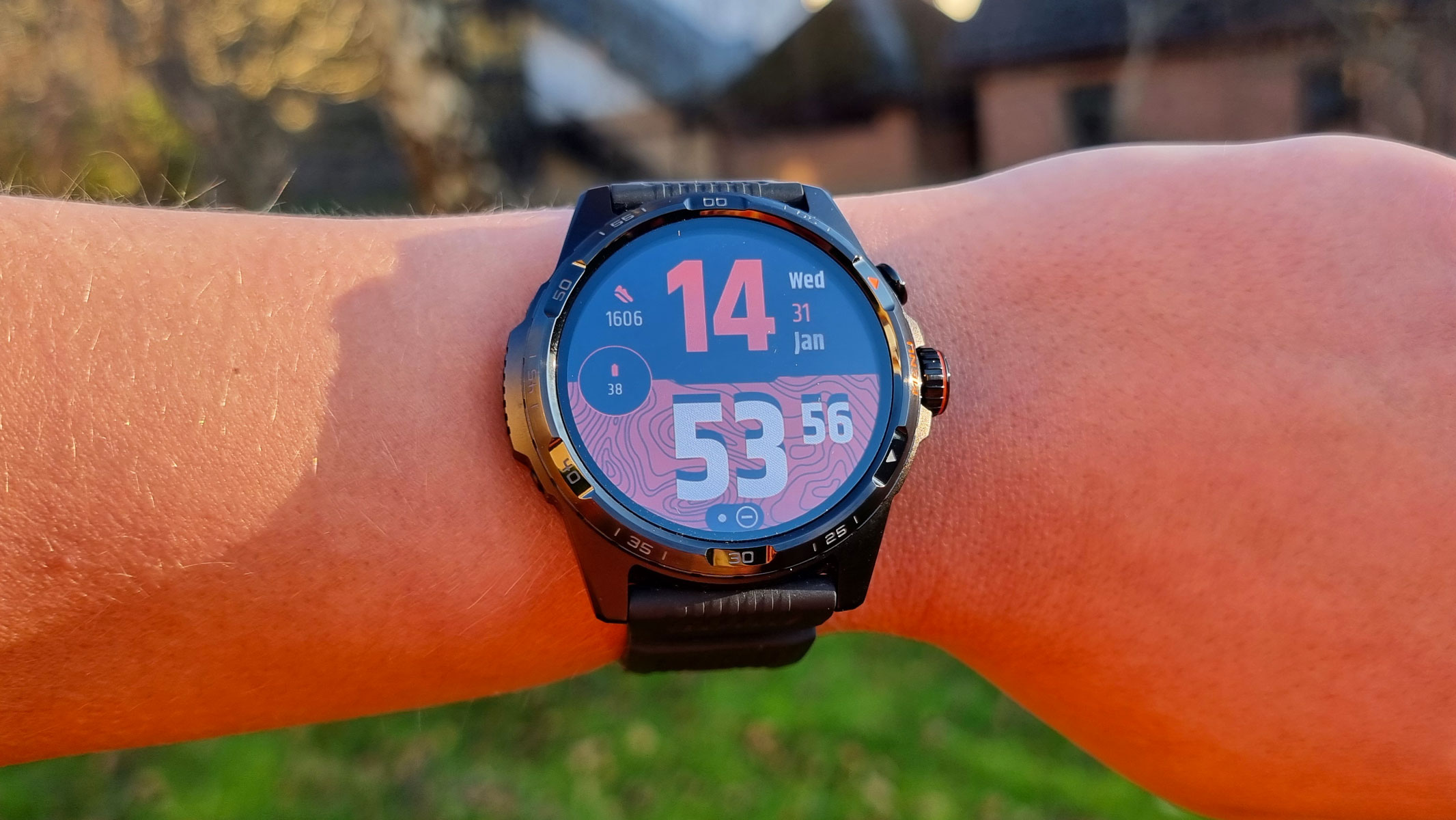
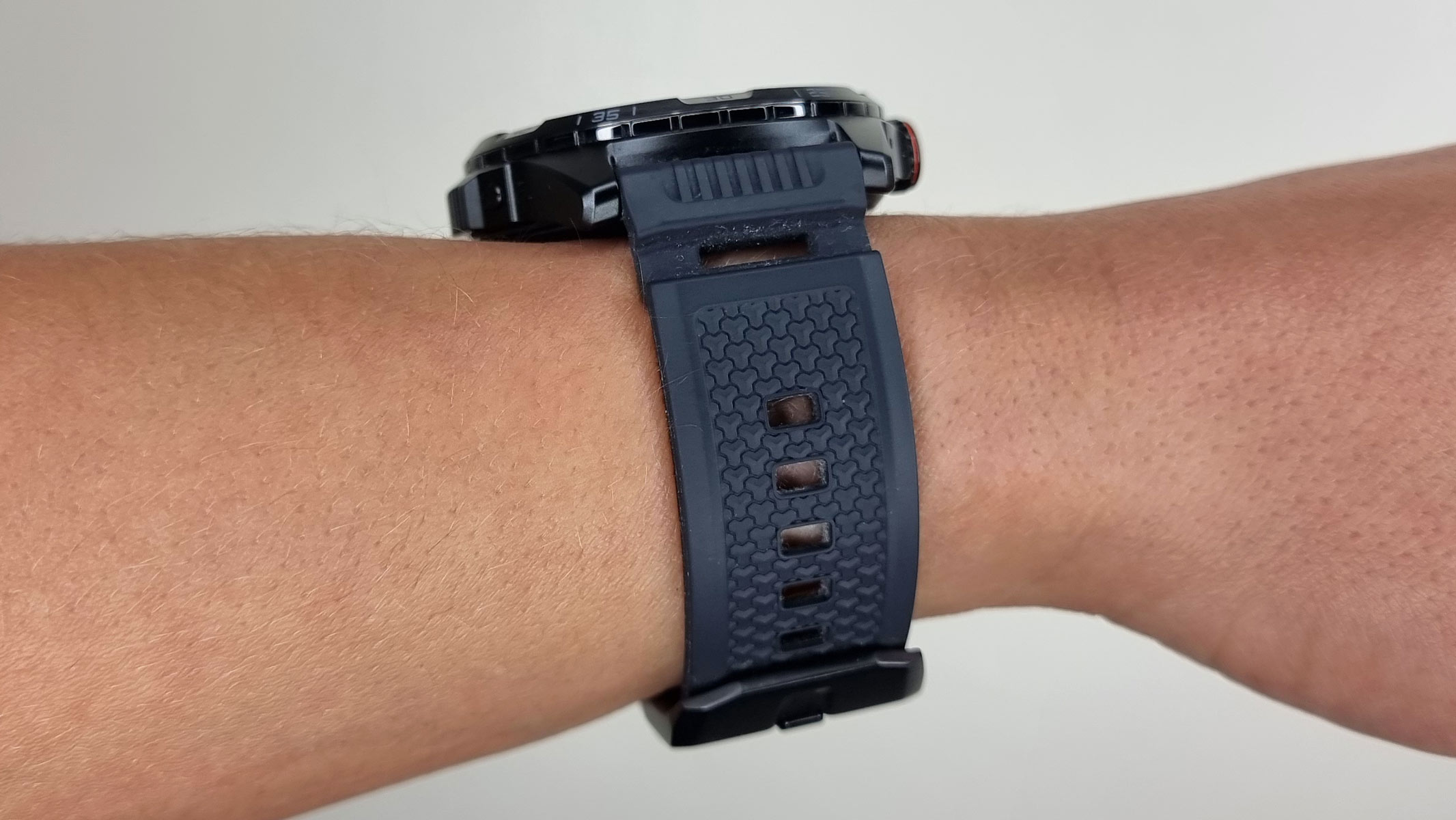
Specifications
Reasons to buy
Reasons to avoid
✅ You want excellent value for money: this watch has all the features of much more expensive models
✅ You want great reliable tracking: the many features work brilliantly
✅ You want a low maintenance watch: It is super comfortable to wear and can last weeks on a single charge
❌ You use an Apple/ IoS device: This watch is only Android-compatible
❌ You want a basic tracker: This is definitely a watch packed with more advanced features
❌ You want advanced coaching: If you need guidance in your activities, look elswhere
🔎 TicWatch Atlas: Looking to escape the big brand ecosystems at a reasonable price? Look no further. This watch is a real contender to rival pricier Garmin alternatives as well as other big brands. It is packed with features, and performs brilliantly - our reviewer could barely find a fault. Do note that it's only for Android users, though.
Mobvoi might not be a familiar brand that you instinctively look for when researching outdoor watches, but the Chinese company has upped its game with this superior fitness tracker — its first-ever adventure watch.
With a robust stainless steel body, a scratch-resistant sapphire crystal display, 5ATM waterproof rating for open water swims and up to 45 days on a single battery charge, this is a watch built to endure the most rugged of adventures.
The watch has a combination of controls, including both touchscreen, a button and a crown around the display, making it easy to use even in the middle of tough sessions. The display is bright and easy to read, and highly customisable.
When it comes to features, the TIcWatch Atlas has all the basics like GPS navigation and a whole load more. There is continuous heart rate monitoring to measure your activities and how well you recover from them, as well as tracking your sleep.
One major caveat is that the TicWatch Atlas runs on Google Wear OS. This means that it is not compatible with IoS devices. However, you do get to use Google's apps, such as Wallet, YouTube and more.
The watch itself and its app, which is free, are relatively easy to use though those used to Garmin or other interfaces may take a few days to get used to a different system. All metrics and stats were easy to intepret, with good detail, though there is not much in the way of personalized coaching. For those who want help with understanding their own health data, or creating a training plan, this may also be a downside.
- Read our full TicWatch Atlas review
Best for sleep tracking
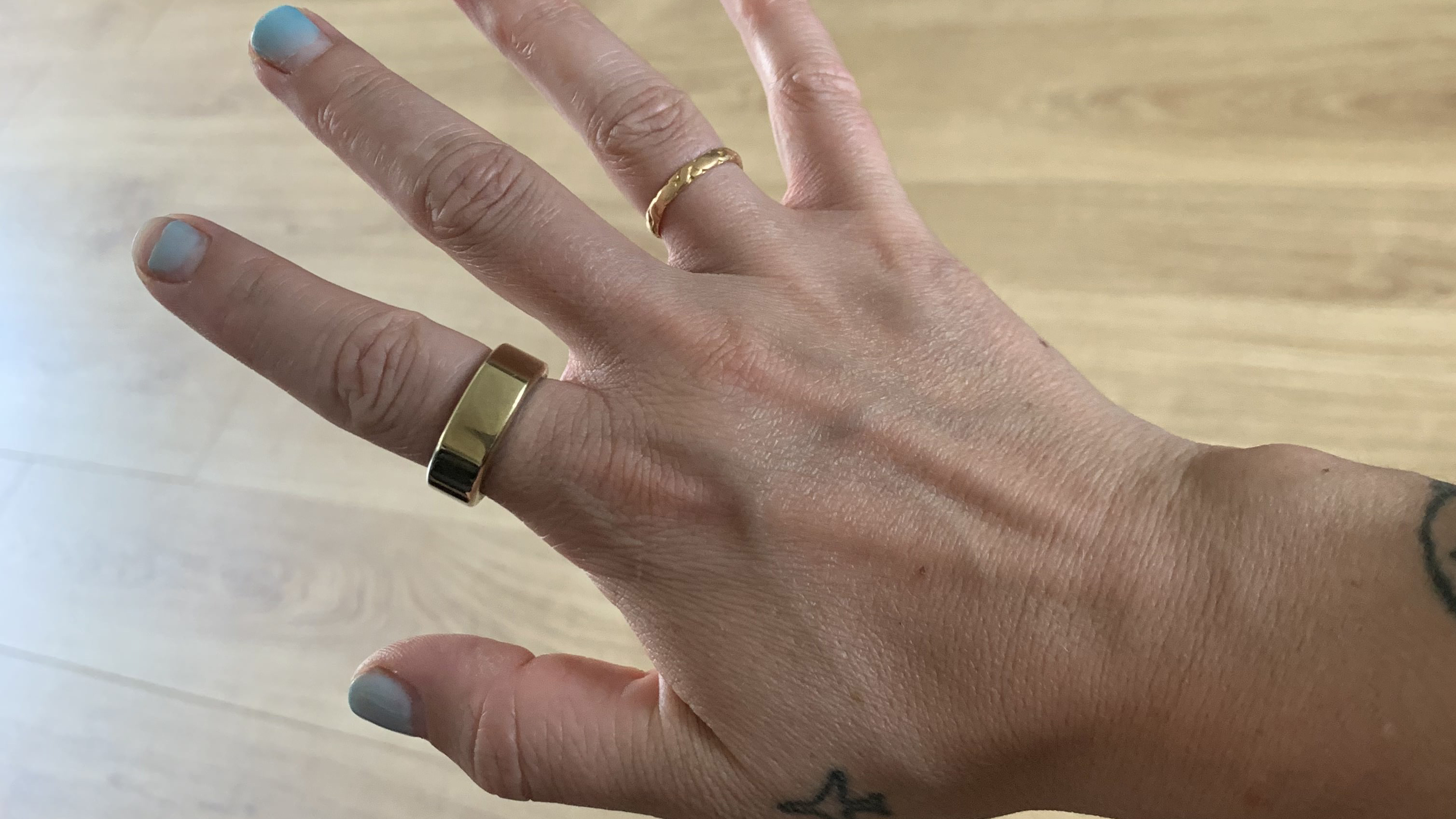
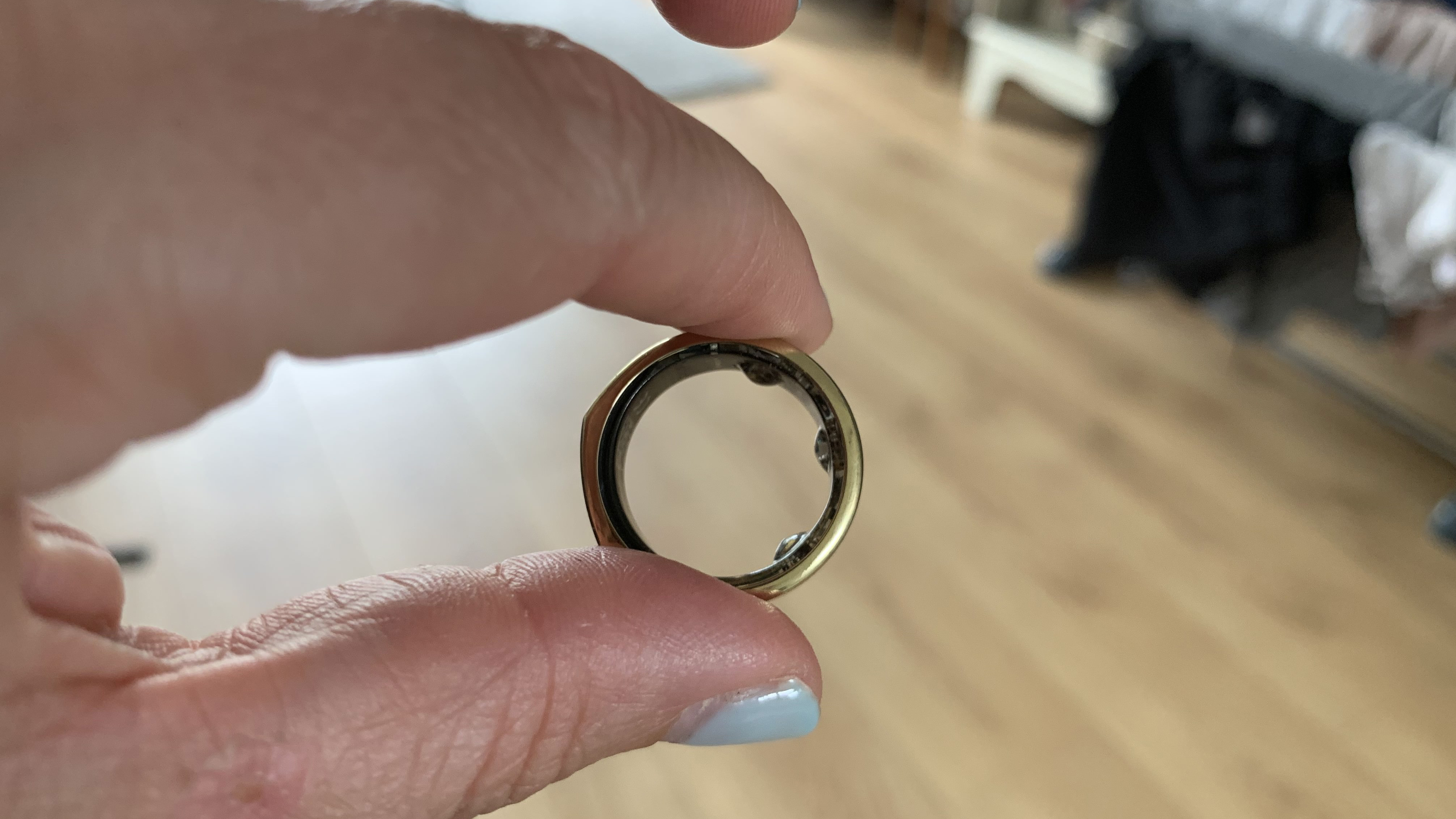
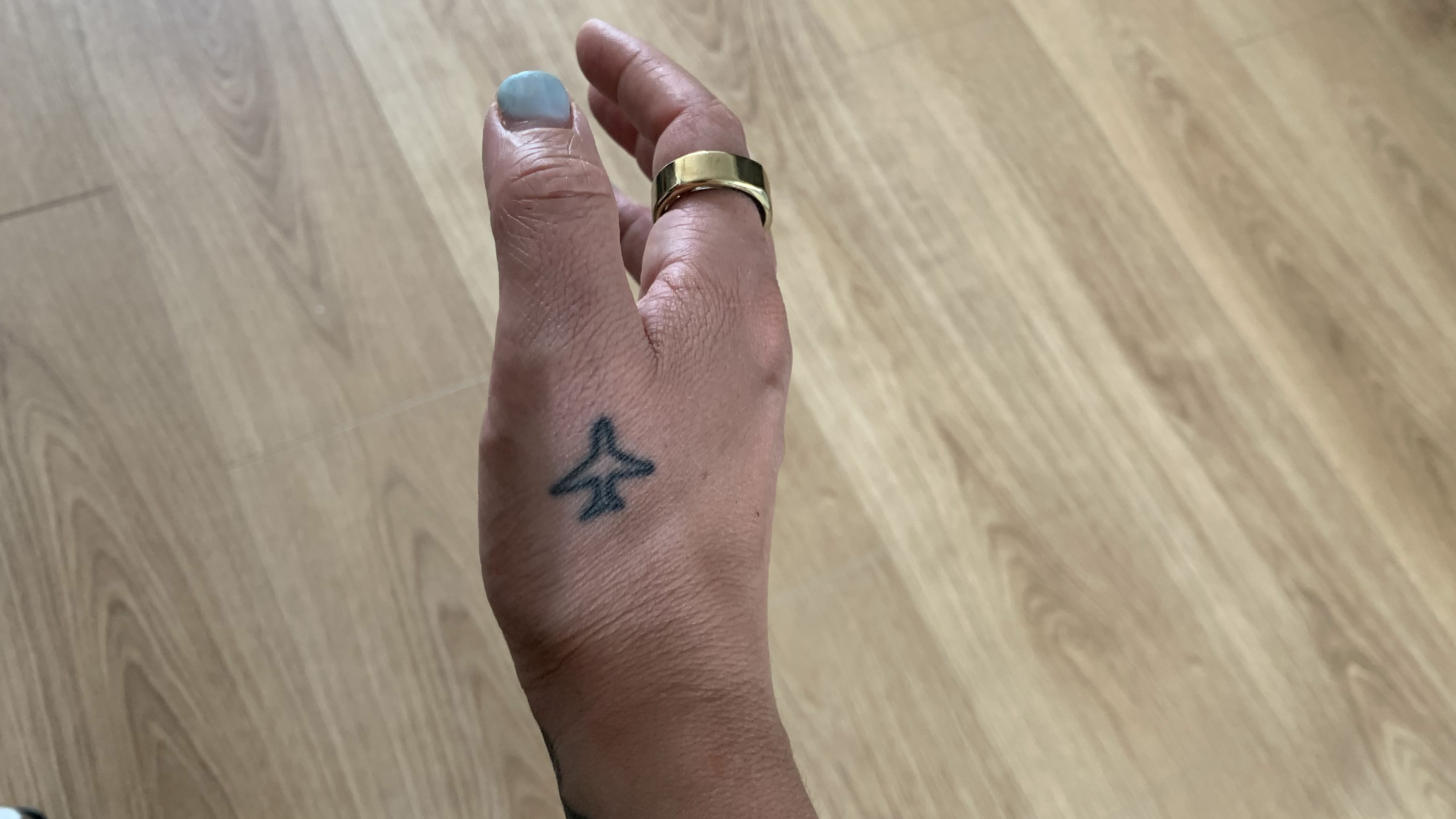
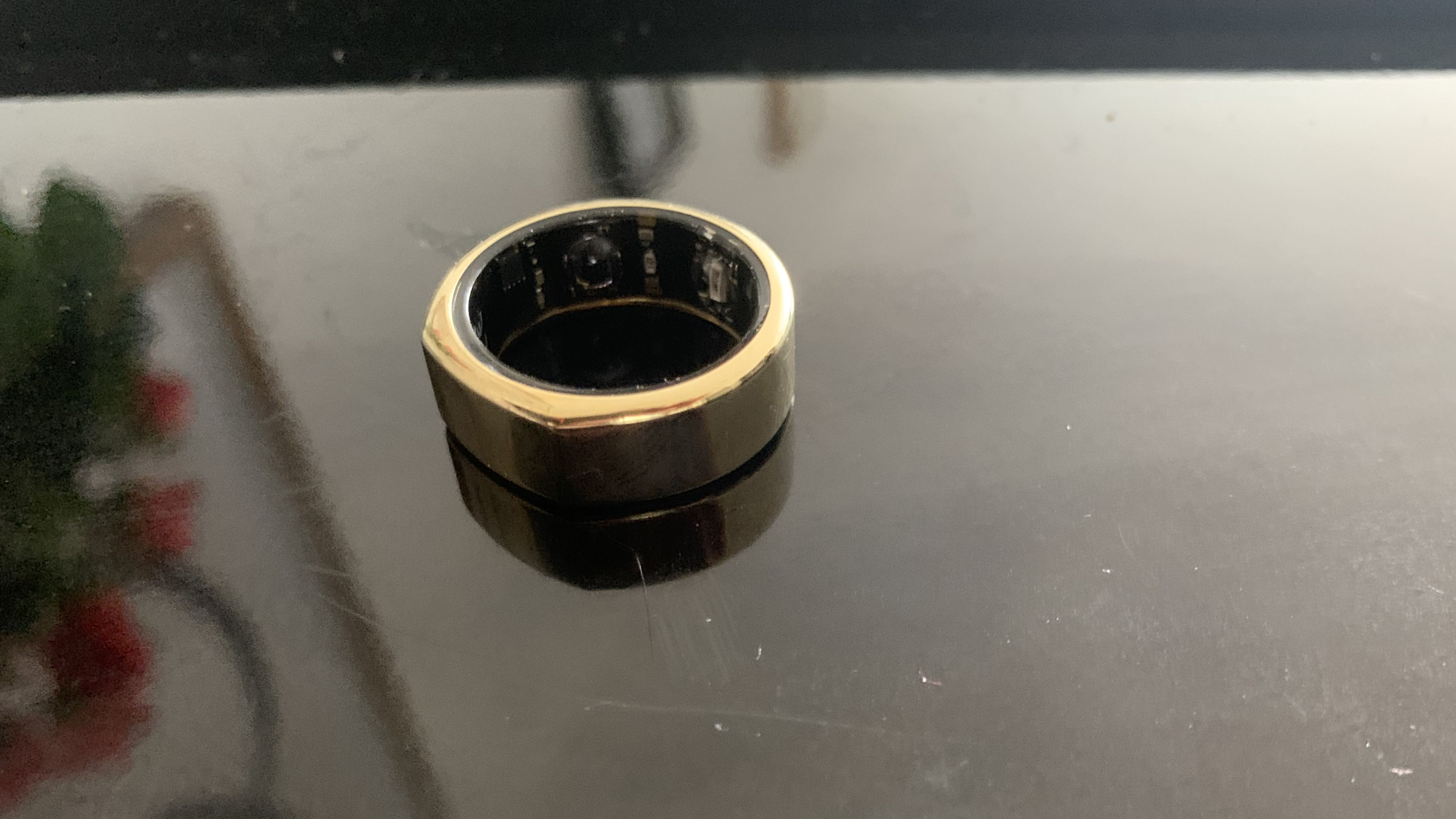
Specifications
Reasons to buy
Reasons to avoid
✅ You want in-depth sleep tracking: It is impressively accurate and insightful.
✅ You need something discreet: No chunky design or heavy machinery.
✅ You want long battery life: It lasts up to 7 days on a single charge.
❌ You have sensitive fingers: It is bulkier and heavier than a regular ring.
❌ You need highly accurate workout tracking: Some measurements may be imprecise.
❌ You are on a budget: It costs over $250.
🔎 Oura Ring Gen 3: For those who struggle with wearing a smartwatch all night for accurate sleep tracking, the Oura can't be beaten. It's innovative and 'forget you are wearing it' design, plus impressive battery life, mean you'll get great sleep data. It's less good at other fitness tracking, but there's only so much a ring can do.
The small and discreet smart rings are perfect for tracking sleep, but which one should you pick? While we are big fans of the Ultrahuman Ring AIR and can thoroughly recommend it to anyone who wants to improve their sleep hygiene, it is the Oura Ring Gen 3 that is narrowly winning the competition this year. The reason is quite mundane. Oura has just released its Ring Gen 4, meaning the older versions are now getting cheaper than ever.
We were impressed with the performance of the Oura ring during our month-long testing period, and we consider its accurate sleep tracking to be the real stand out feature. During our Oura ring Generation 3 review, we found that whenever we woke up feeling groggy and poorly rested, this sleek wearable was able to show us exactly when our rest had been disturbed and how it had affected our REM sleep.
The ring is able to take this data and make suggestions too. For example, our tester was advised to shift their workouts to earlier in the day and found that doing so had a positive impact on their sleep latency (how long it took them to fall asleep.)
As the ring is so small, it does not have a screen. Instead, you will have to rely on a companion app to look at most of your health data. We did not find this to be a massive issue, although it does mean there is no easy and quick way to check things like your heart rate when you are in the middle of a workout.
There is an impressive amount of data gathered by the ring. It measures your heart rate at various intervals throughout the day, along with your heart rate variability at night, to help check for potential health problems. And it has a helpful ‘readiness’ feature that will let you know if you should prioritise exercise or rest.
We did find that it is not 100% accurate at tracking all health metrics. For example, we found it massively over estimated calorie burn during our testing period. And its ‘auto-detect’ feature often attributed the wrong exercise to our workout, for example recording a HIIT session as a weights session.
Despite this, we really like it, thanks to its unusual design and brilliant, unmatched sleep-tracking ability.
- Read our full Oura ring Generation 3 review
Runner-up
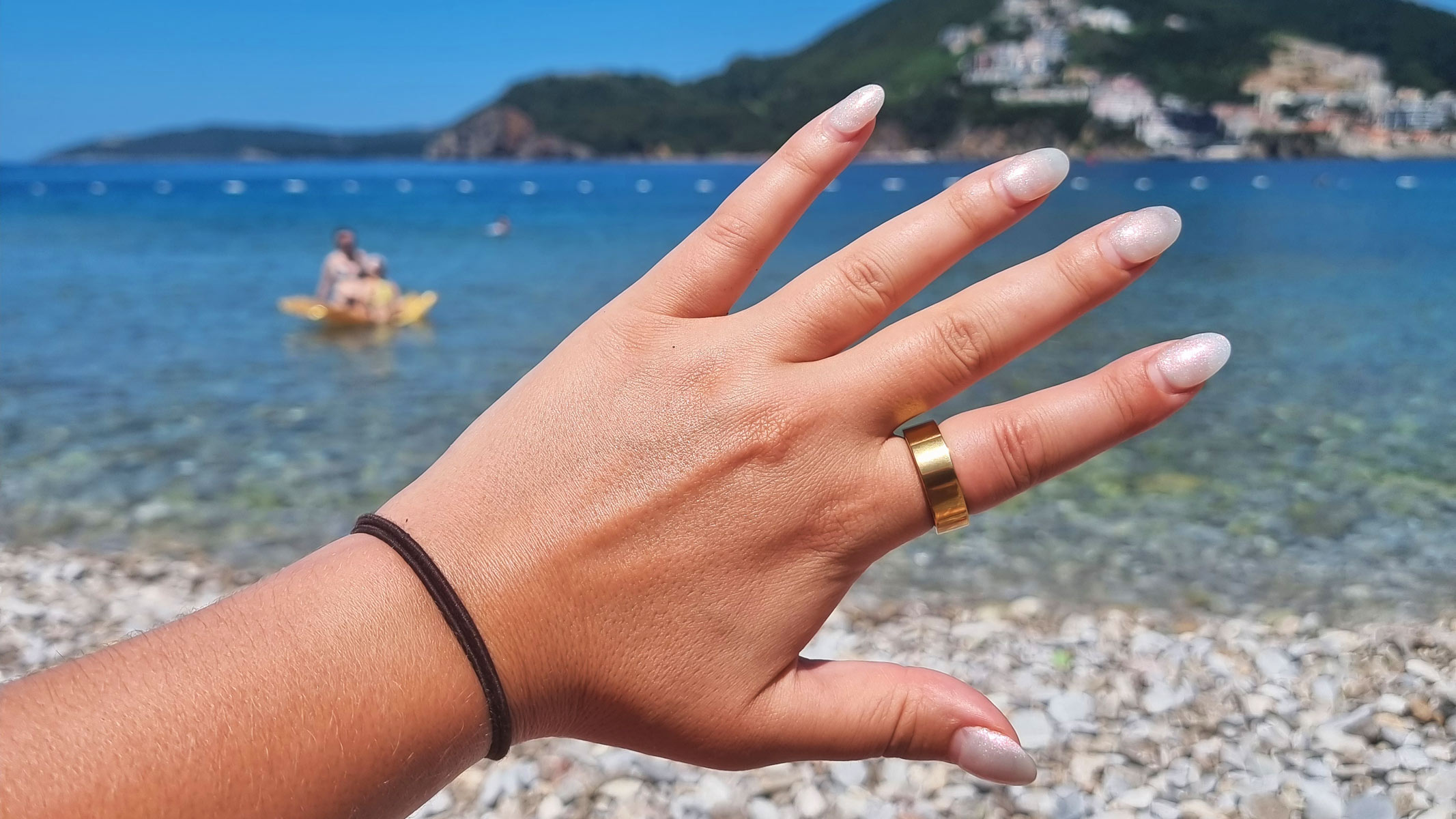
Best smart ring: Runner up
The stylish Ultrahuman Ring AIR is jam-packed with tracking features, ultra-light and comfortable to wear, and at $349, it is matching the price of the Oura Ring Gen 4. However, its app connectivity could be better.
For
- Comfortable to wear
- No app subscription
- Accurate sleep tracking features
- Optional blood glucose tracking
Against
- Patchy app connectivity
- The outer paint is easy to scratch
- Heart rate can be imprecise during intense exercise
Best fitness tracker for seniors
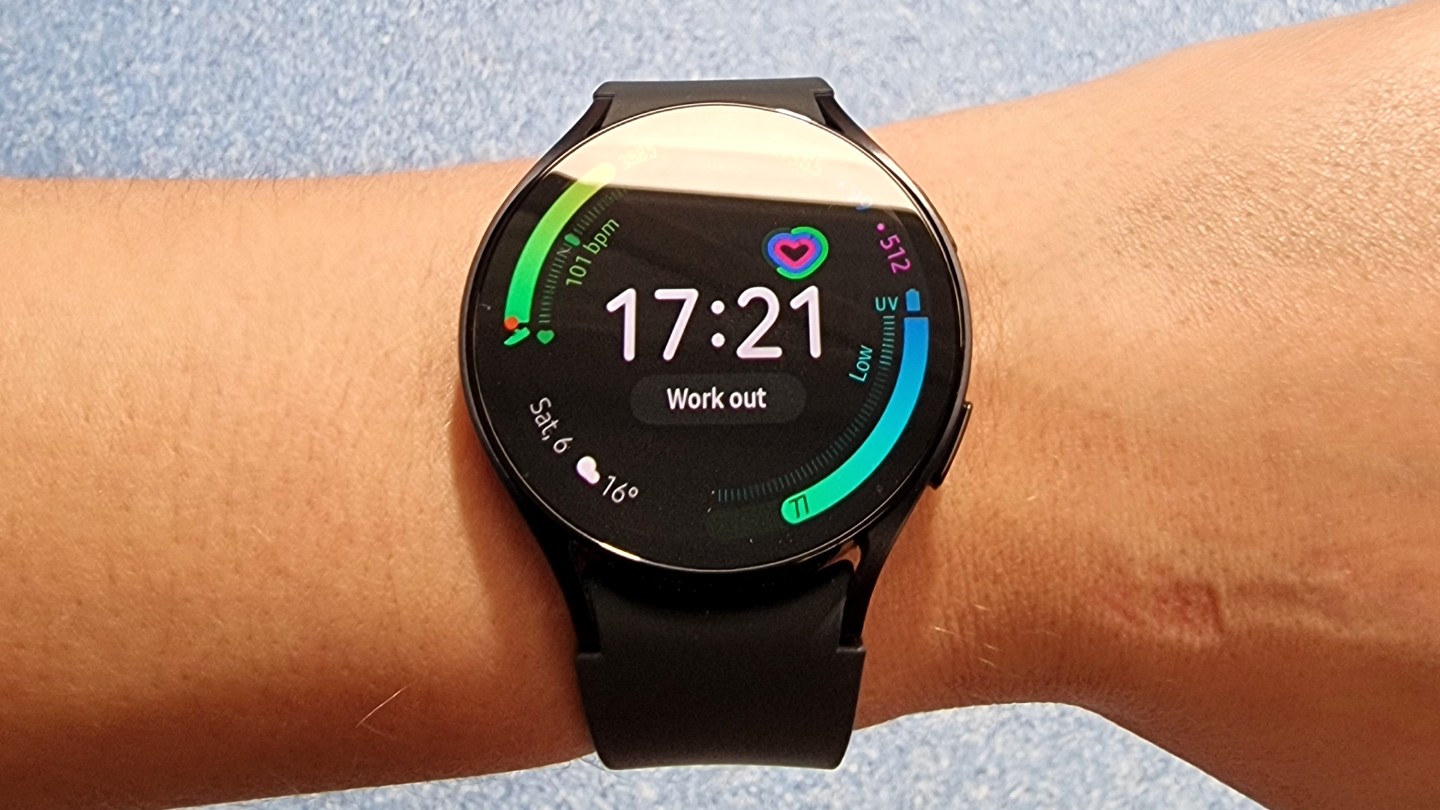
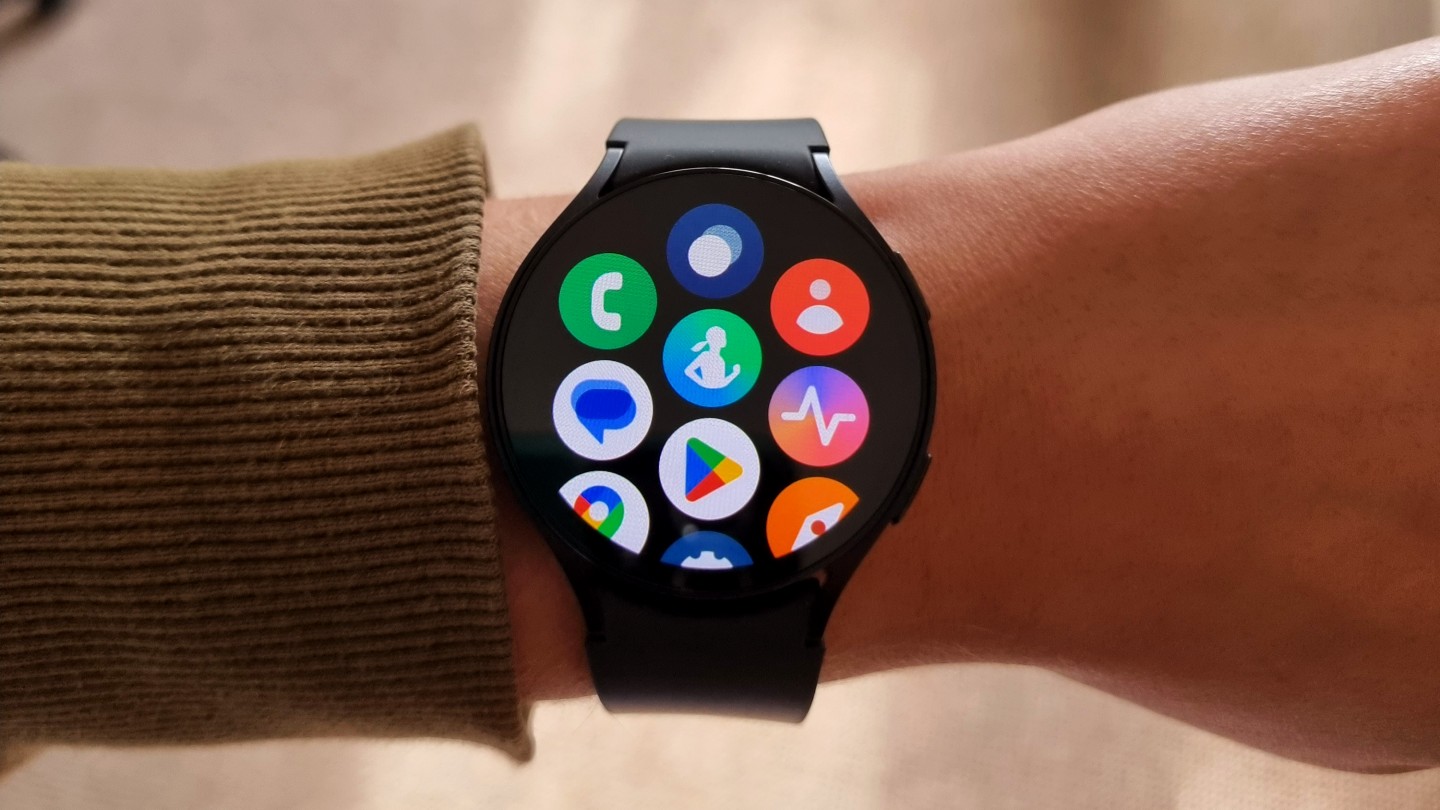
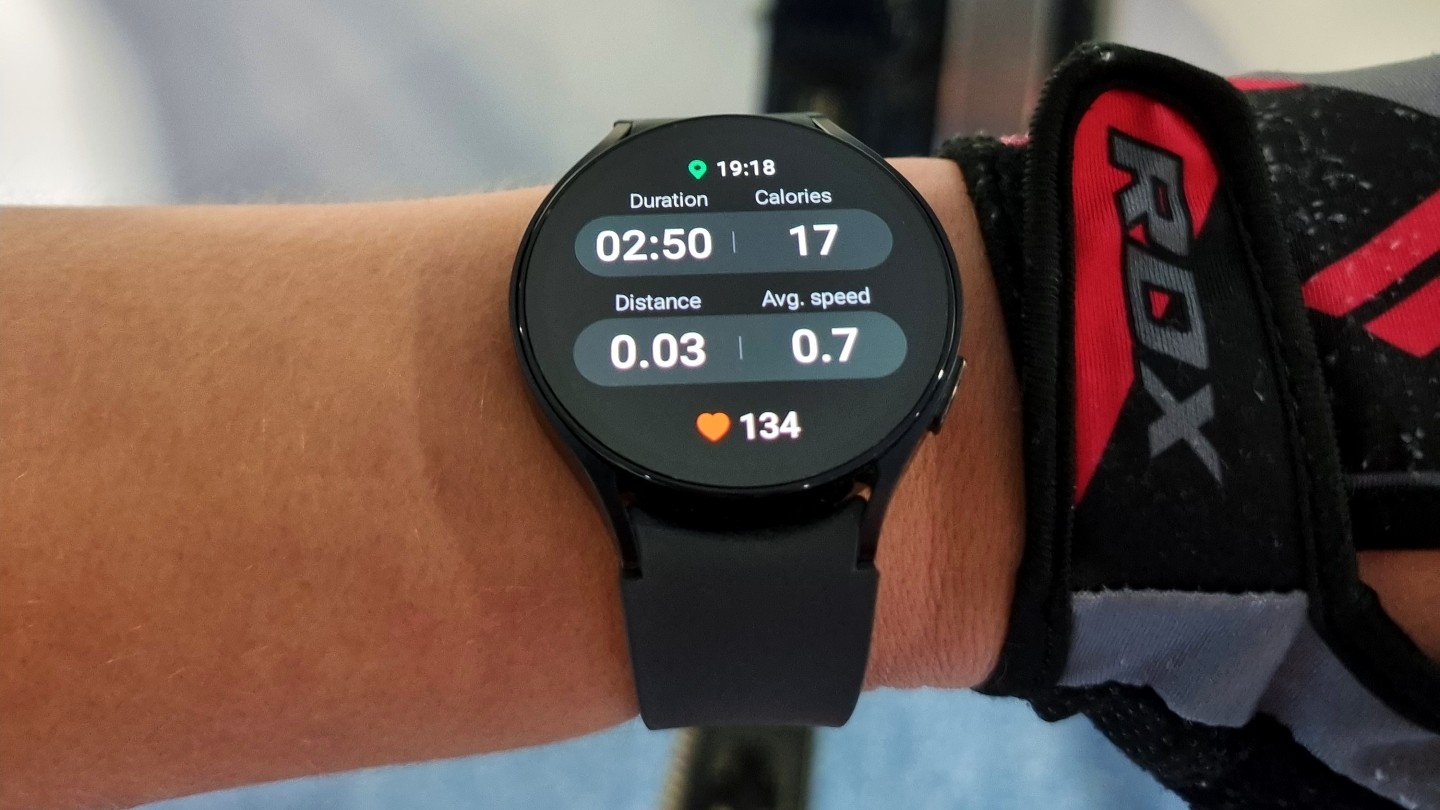
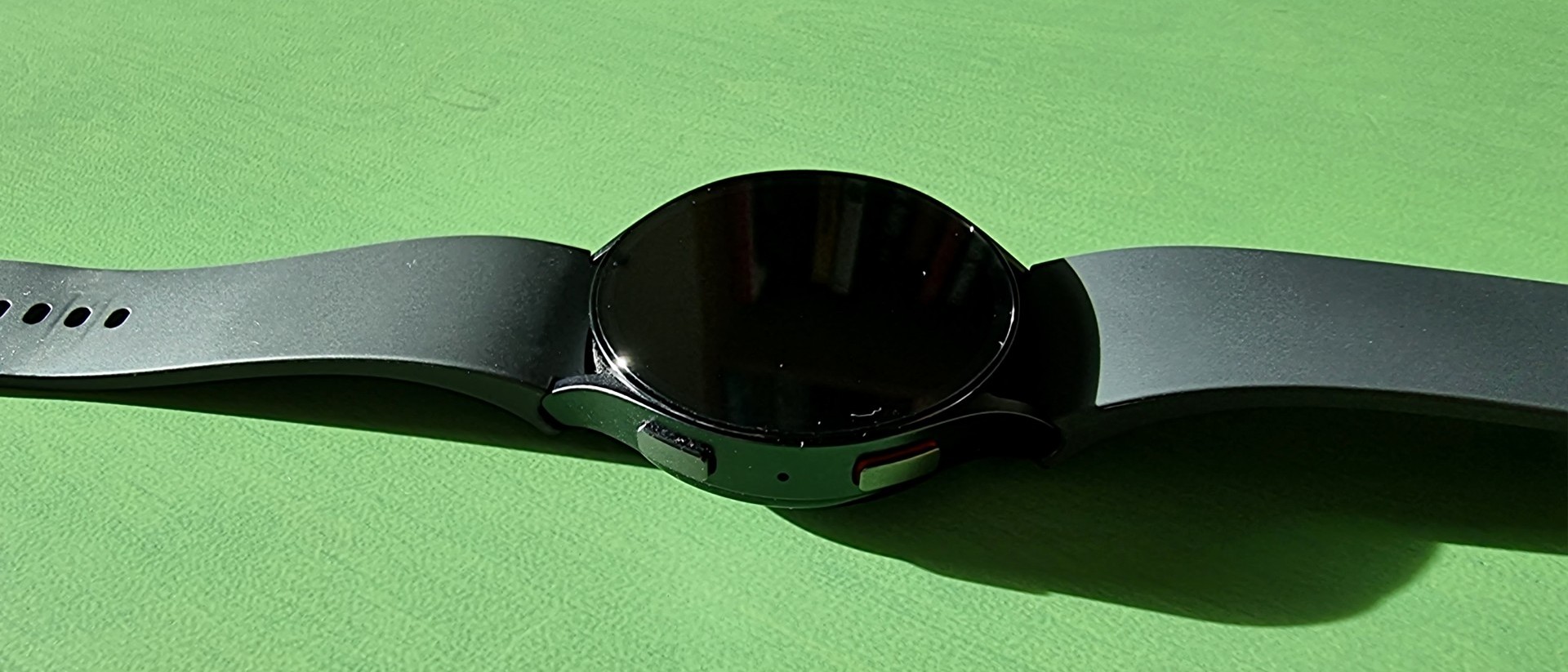
Specifications
Reasons to buy
Reasons to avoid
✅ You want accurate health tracking: It provides accurate measurements of heart rate and body composition.
✅ You need a big display with large icons: No need to strain the eyes — its screen is bright and easy to read.
✅ You need emergency features.
❌ You are an iPhone user: This smartwatch is only compatible with Android devices.
❌ You want a long battery life: It only lasts one day between charges.
🔎 Samsung Galaxy Watch 6 LTE: For Android users only, this watch with its bright and easy-to-read display is particularly good for those with less than 20/20 vision. It offers plenty of features, too, at a reasonable price. It will, however, need to be charged every day.
It is not our all-time favorite. During our Samsung Galaxy Watch 6 review, we found its workout tracking features to be imprecise and the watch itself quite uncomfortable to wear. We were not impressed by its poor battery life, either — just like its younger sibling Samsung Galaxy Watch 5, it does not last more than a day on a single charge. However, the Samsung Galaxy Watch 6 has other redeeming qualities and we think it is one of the best fitness trackers for seniors right now. Here is why.
The Samsung Galaxy Watch 6 features a colorful, crisp display with large, easy-to-read icons and widgets, and it comes with a host of accurate health tracking features — including ECG (a measurement of electrical impulse activity in the heart) and body composition. During our Samsung Galaxy Watch 6 review, we were impressed at its reliability here given its relatively affordable price (roughly $200).
This sleek watch also comes with built-in emergency features that could be particularly useful for those who are frail or require frequent medical assistance. It can detect falls and send SOS signal to emergency services, and in case of an accident, the Galaxy Watch 6 will display the user’s medical information to first responders and medical staff.
We liked its smartwatch capabilities, too. The watch features contactless payments, GPS navigation, and a handy phone extension that allows you to text and take calls. The Samsung Galaxy Watch 6 is also compatible with third-party apps.
It may not be the most advanced or thoughtfully designed fitness tracker on the market, but it delivers good value for less than $200.
- Read our full Samsung Galaxy Watch 6 review
Best screen-free fitness tracker
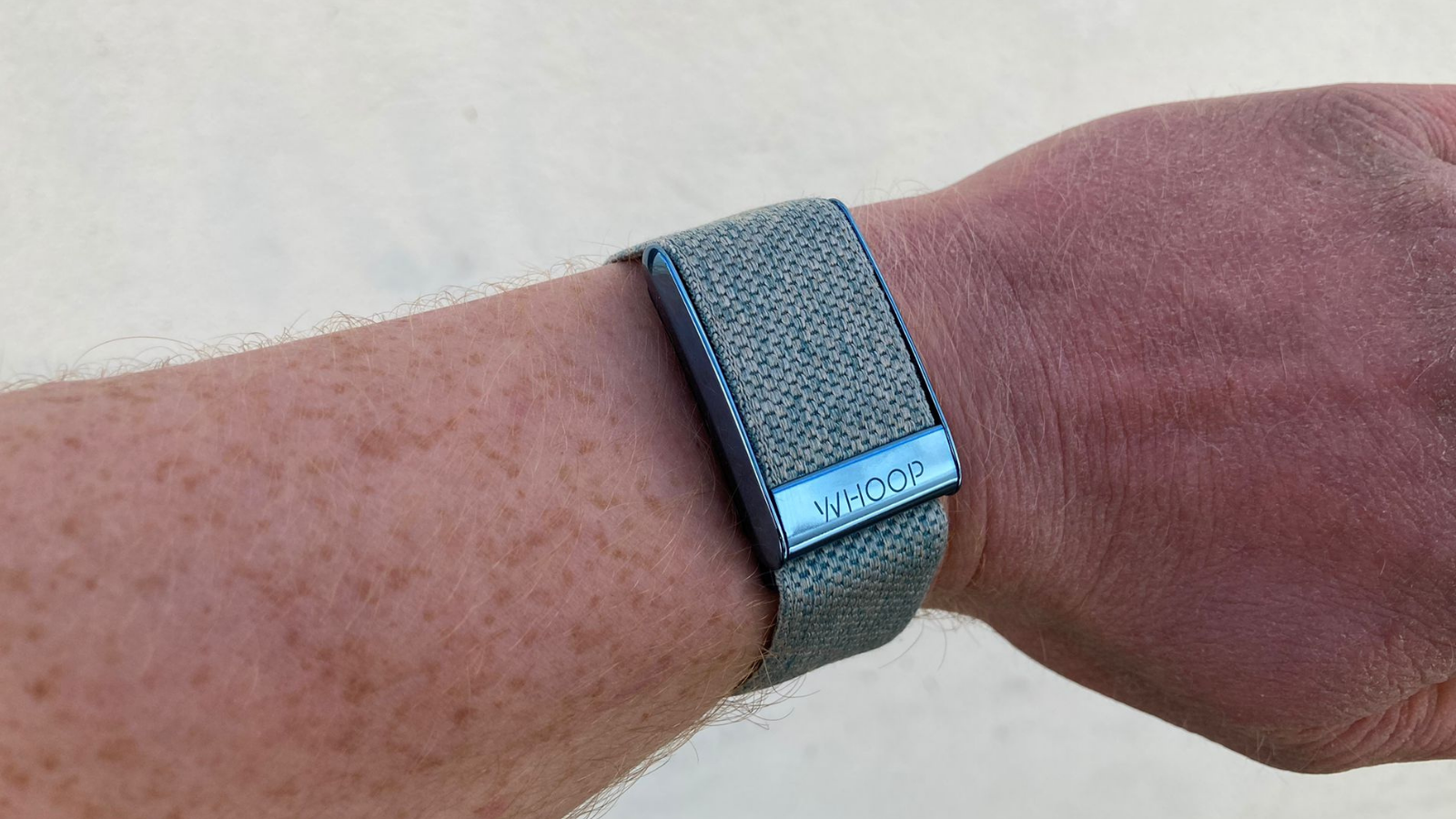
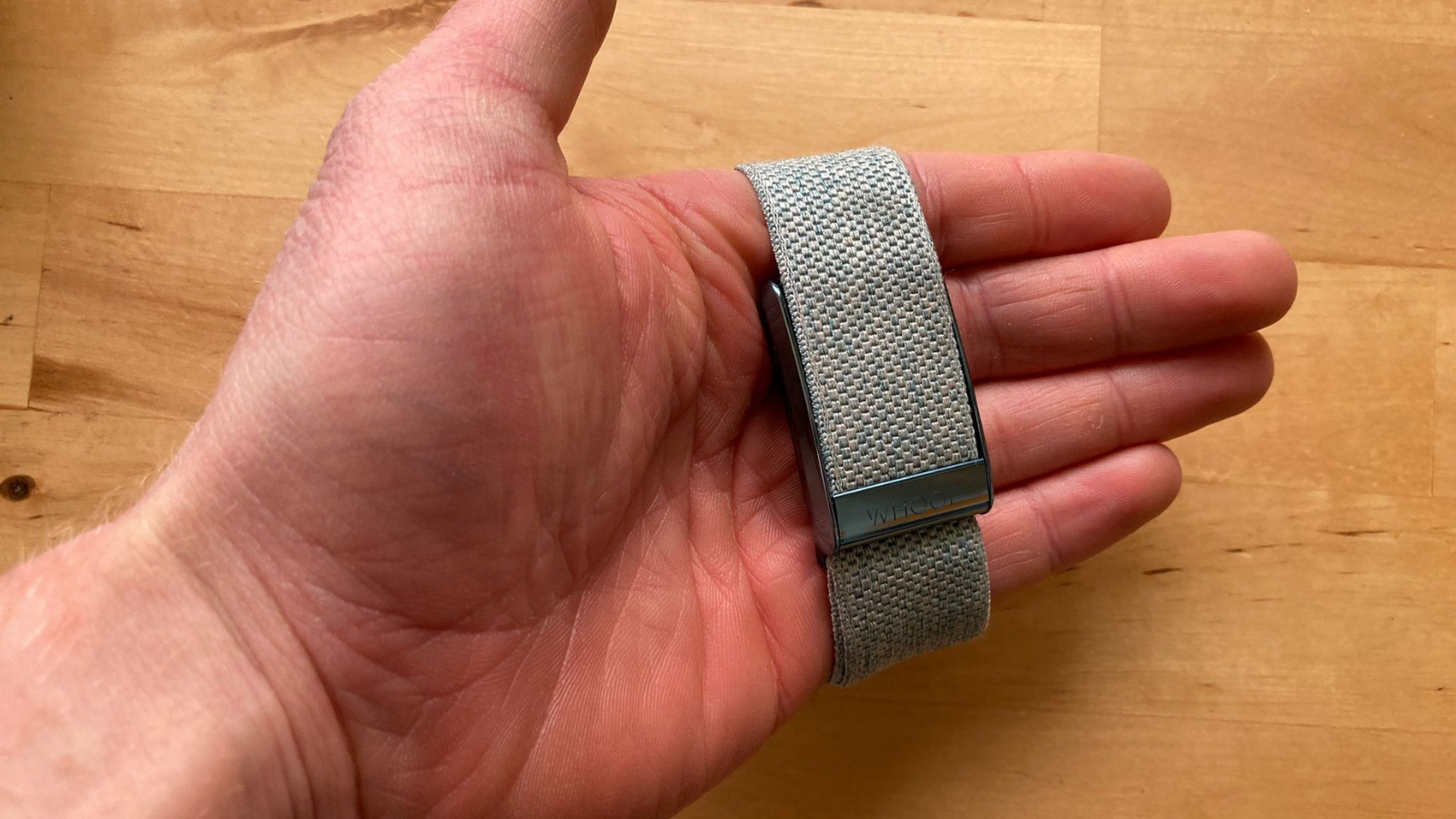
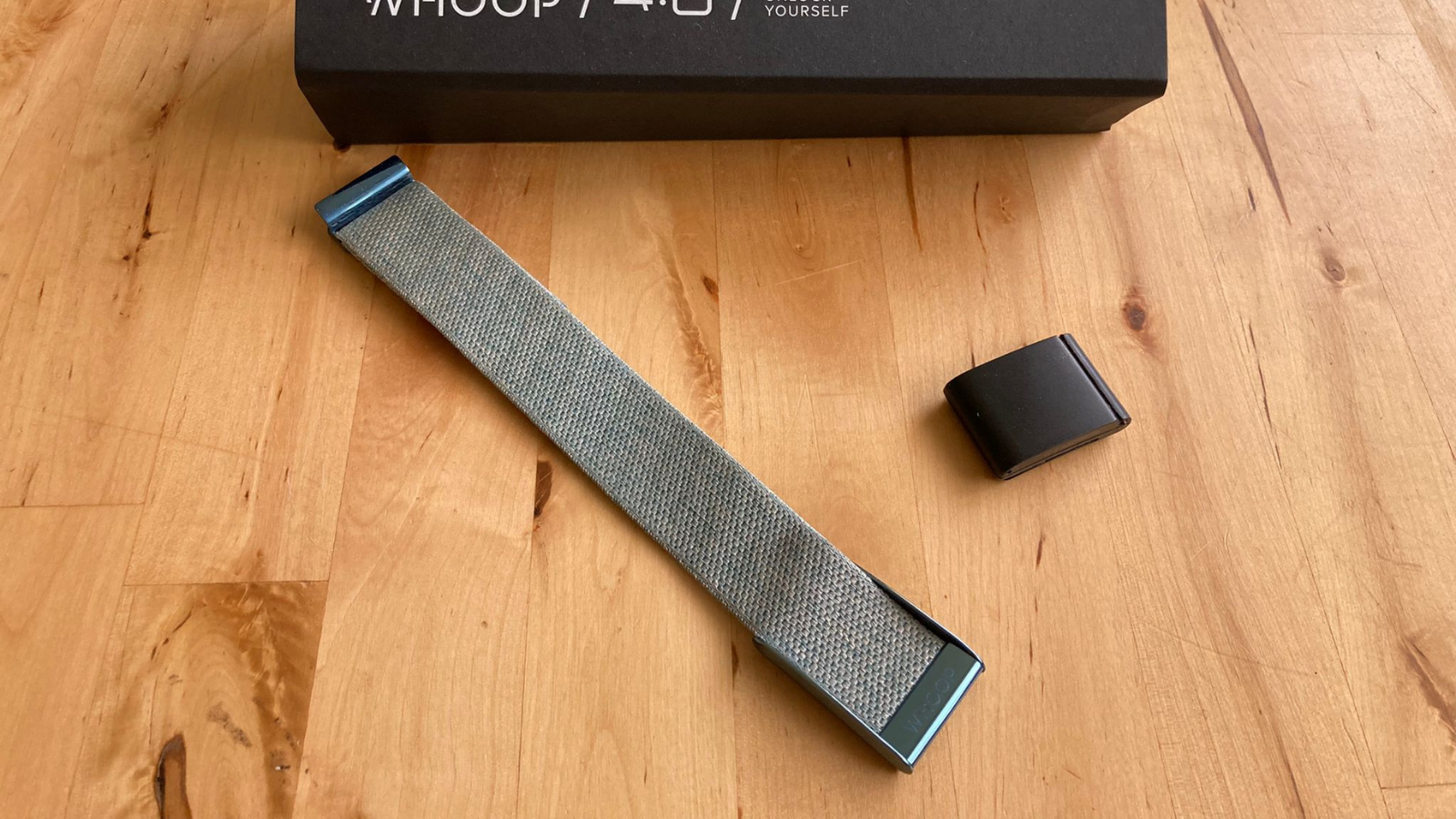
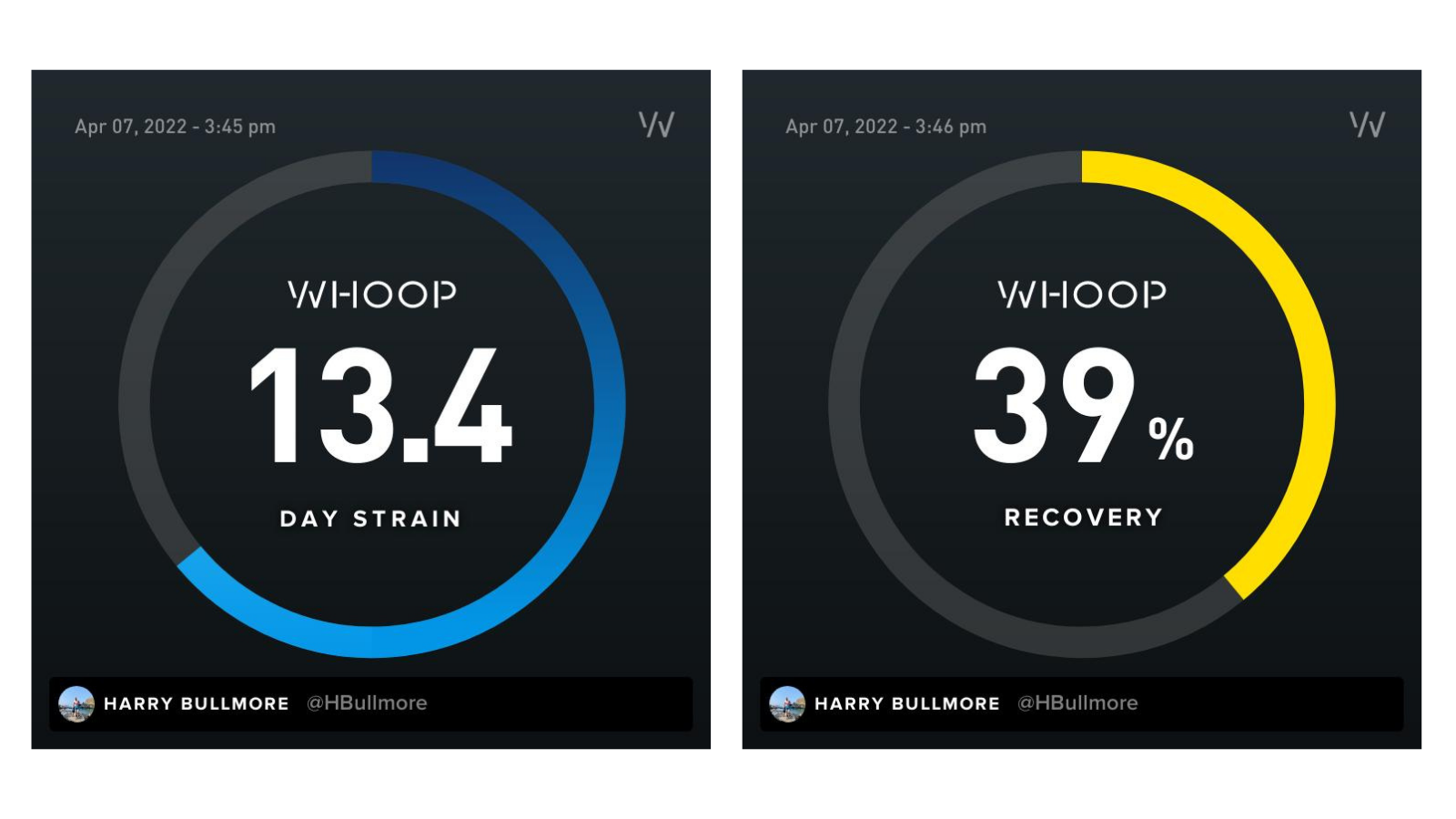
Specifications
Reasons to buy
Reasons to avoid
✅ You are a keen swimmer or weightlifter: Its unique design makes it less prone to structural damage.
✅ You want detailed health and fitness tracking: This wearable provides a wealth of in-depth data.
✅ You want hassle-free charging: You can charge the battery straight from your wrist.
❌ You are an endurance athlete: No way to quickly check the heart rate.
❌ You are on a budget: The membership is quite pricey.
🔎 Whoop 4.0: With its unique design, the Whoop truly is an all-day wearable. And no screen will be a big bonus for those who like to avoid distractions and notifications. It offers impressively detailed health metrics, but there's no way to check your heart rate on the go, and the ongoing membership is quite pricey.
The Whoop 4.0 does not resemble any other fitness tracker on the market — but that is what makes it so special. This peculiar-looking wearable lacks a giant touchscreen or bulky buttons; instead, it comes with a discrete “sensor suite” and a woven, elasticated strap. It may come as a surprise, but the Woop 4.0 does not count steps, either. What you get, however, is continuous monitoring of health metrics including heart rate, skin temperature and heart rate variability, as well as in-depth sleep tracking. This data is then combined and analysed to produce three easy-to-understand daily scores; strain, sleep and recovery.
During our Whoop 4.0 review, we tested it for nearly a month, and found this alternative approach had both benefits and drawbacks. This fitness tracker will not find any devoted fans among endurance athletes, since it does not have a screen, in-built GPS or other features that display stats while running. On the other hand, its discreet, screenless design will appeal to swimmers and weightlifters.
The Whoop 4.0 feels sturdy, durable and shows no signs of damage after being smacked with a dumbbell or submerged in a swimming pool. It really is a game-changer.
The strain, sleep and recovery scores allowed us to get the most out of our training sessions without having to ponder on the individual metrics. But if you like your numbers, you can still get plenty of in-depth data on the Woop's dedicated app. The Whoop 4.0 is a fabulous one-of-a-kind wearable and we can thoroughly recommend it if you are tired of classic fitness watches.
- Read our full Whoop 4.0 review
Best watch for pro runners
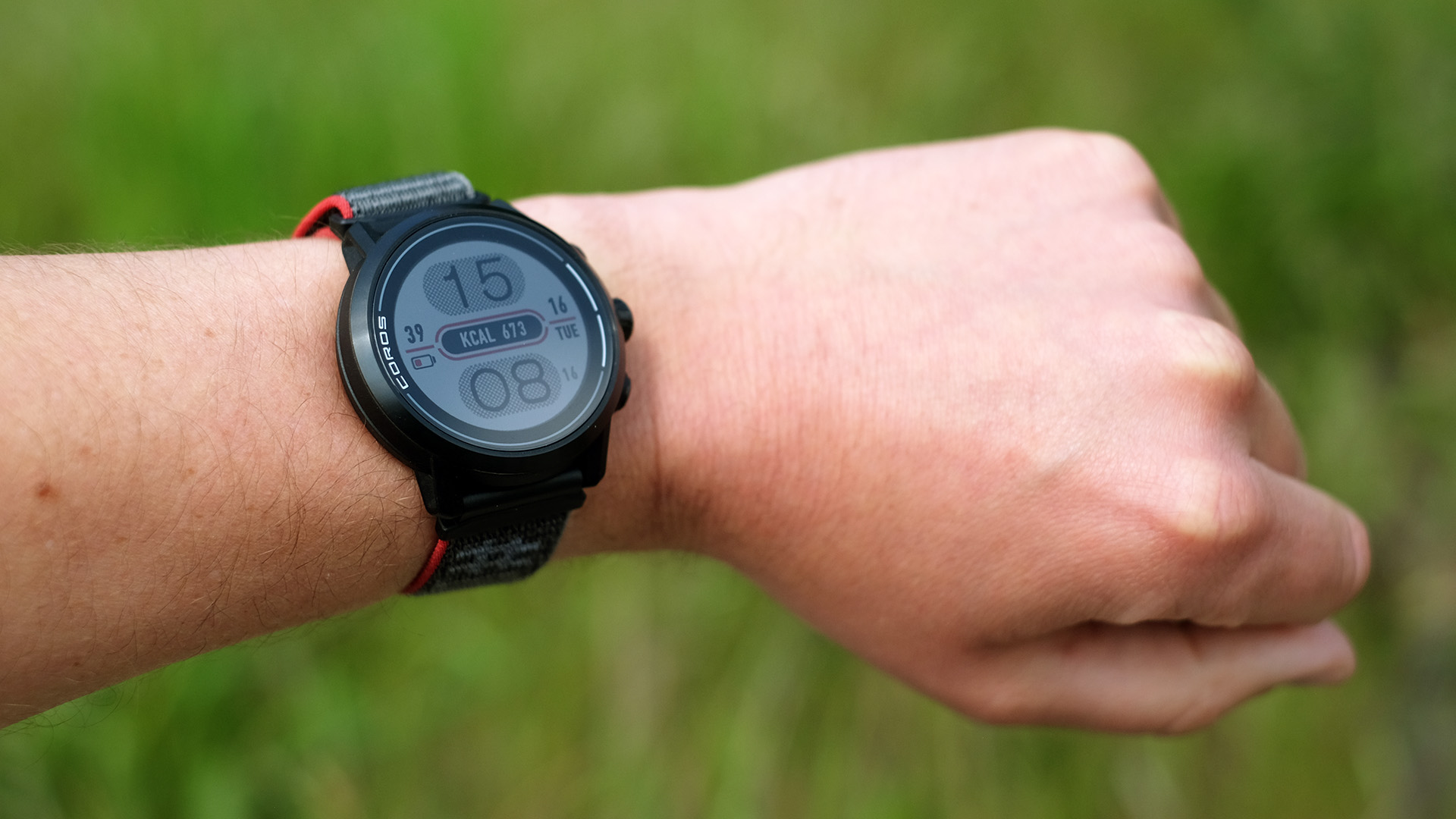
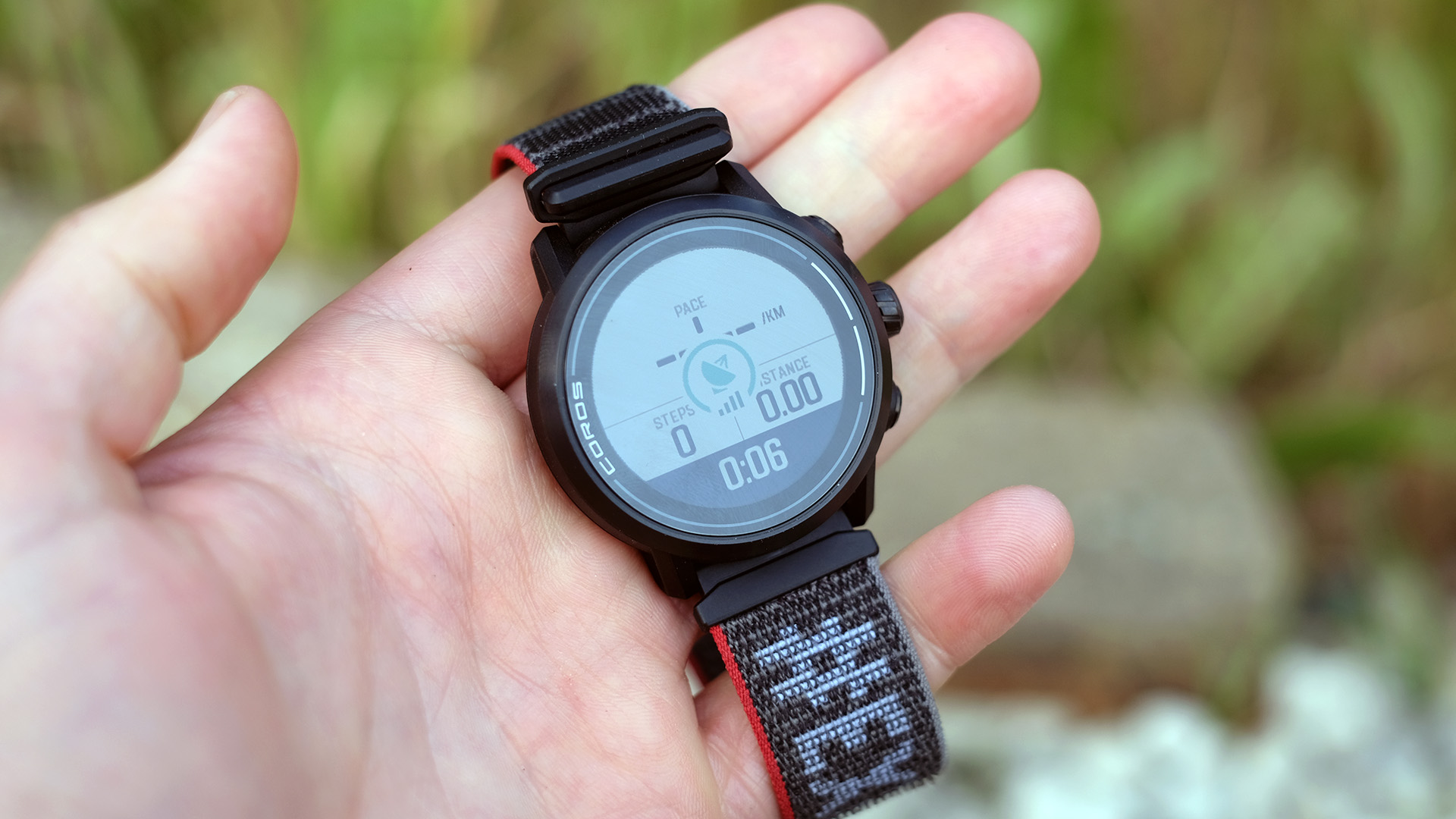
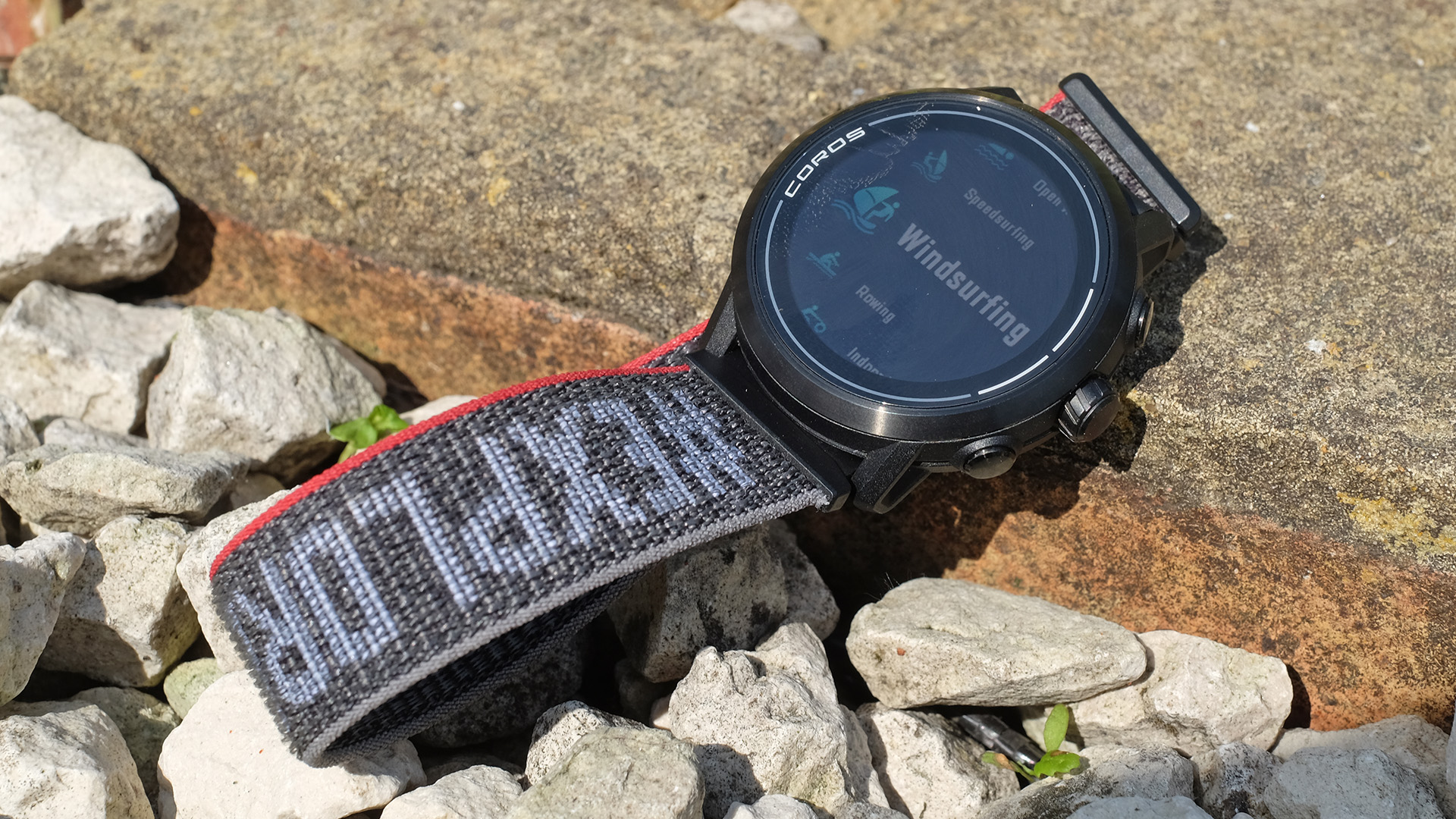

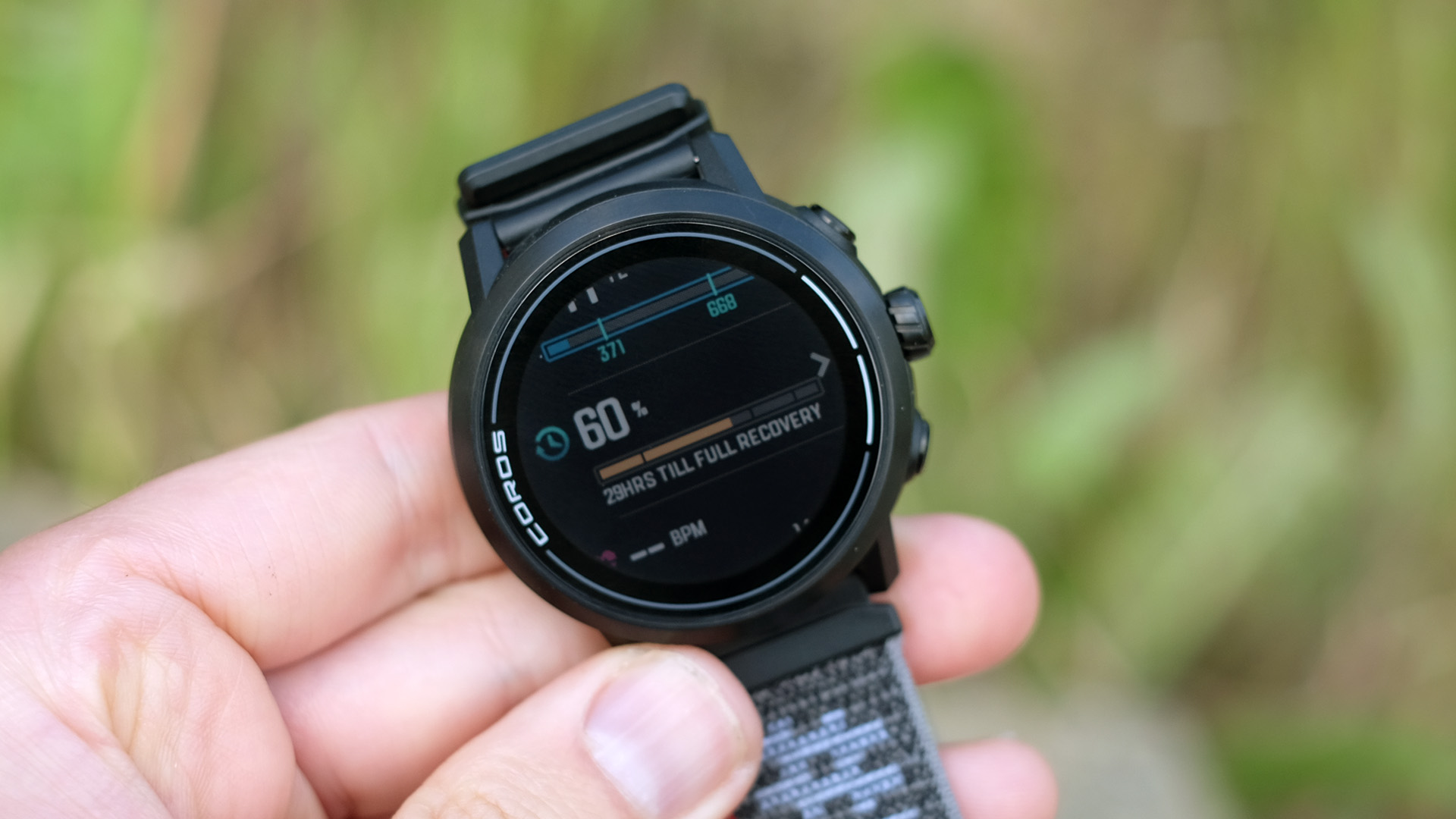
Specifications
Reasons to buy
Reasons to avoid
✅ You want to emulate the pros: If Coros is good enough for Eliud Kipchoge and Jacob Ingebrigsten ...
✅ You want good value for money: Functionality of the high-end Garmin watches, but without the hefty price tag.
✅ You want a light yet durable outdoor watch: It will not overload your wrist, and it will not break down easily, either.
❌ You want music playback options: This smartwatch does not feature any music apps.
❌ You are a keen swimmer: It may not survive deep dives.
🔎 Coros Apex 2: Offering a true alternative, this watch has all the functionality of a top-end Garmin without the steep price tag. It has features galore, including on-watch maps. It does, however, lack music streaming and the waterproofing probably isn't robust enough for hardcore swimmers.
The best Garmin watches are the ultimate outdoor fitness trackers: durable, long-lasting and reliable. However, they are not the only good choices for ultra-marathon runners and outdoor adventurers. Coros is one of the biggest competitors to Garmin and for a good reason. Take its amazing Coros Apex 2.
The Coros Apex 2 strikes a perfect balance between quality and affordability which is why we gave it a strong 4-star rating in our Coros Apex 2 review. And although this rugged smartwatch was designed with outdoor enthusiasts in mind, it can pull some serious weight in the gym, too. The Apex 2 is relatively light and compact, looks good on the wrist, comes with a long-lasting battery life, and boasts an eye-pleasing design — we reckon it can easily compete with the top offerings from Garmin, Fitbit and Apple.
In addition, the Coros Apex 2 is one of the least expensive ways to get a dedicated fitness watch with true on-watch mapping that does not need any kind of internet connection to work. And yes, Garmin’s mapping features may be more advanced and detailed, but the price of entry is higher for those. And the Coros Apex 2 beats such models with its use of durable materials like titanium and sapphire.
In our view, its health tracking abilities fall slightly behind those of the best from Garmin or Apple, but this mostly seems to affect all-day readings. But if you do not mind these tiny discrepancies, the Coros Apex 2 can be an invaluable companion on hiking trails.
- Read our full Coros Apex 2 review.
Runner-up
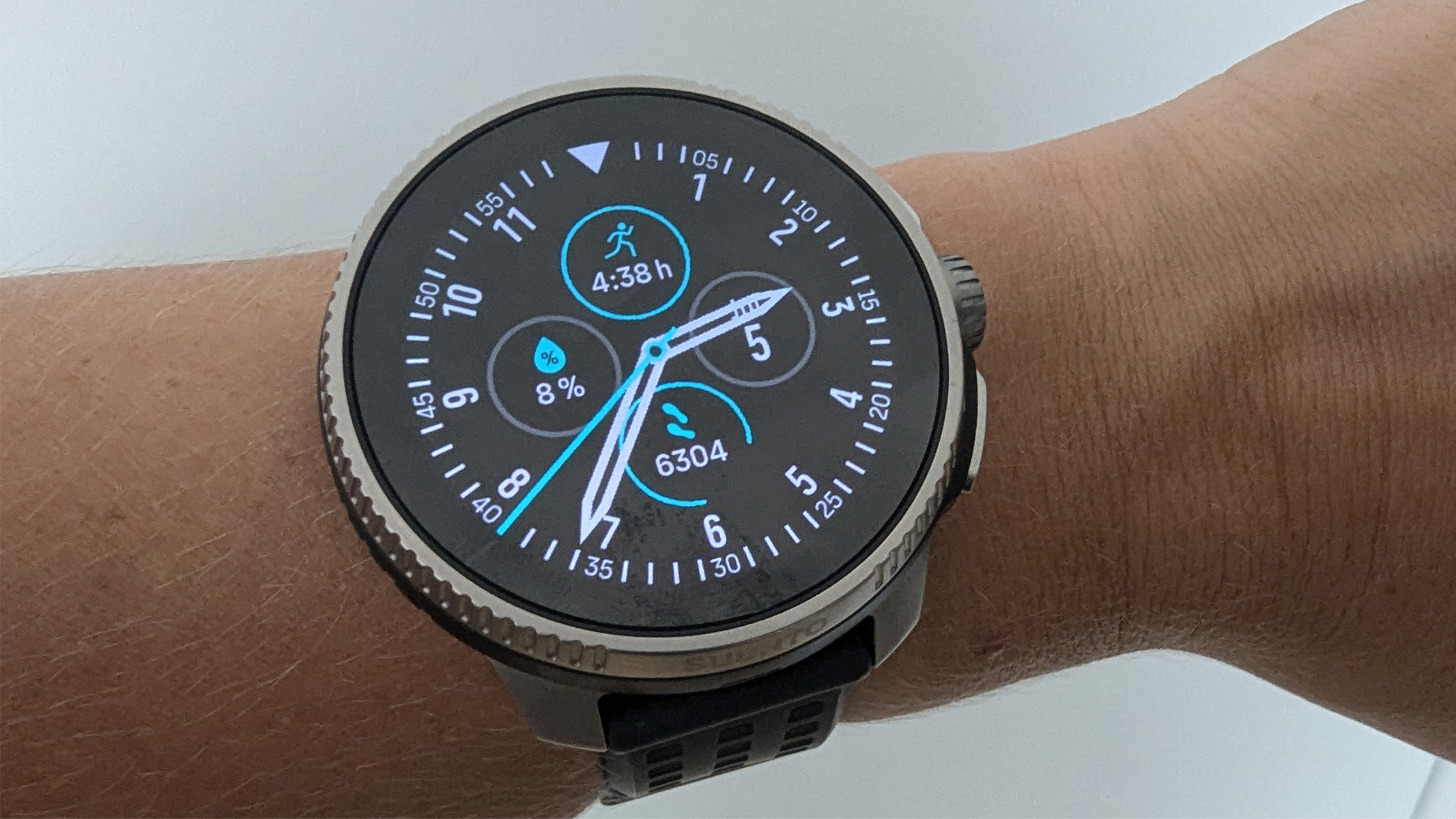
Best Garmin alternative: Runner-up
The Suunto Race GPS watch is another great alternative to rugged Garmin wearables. It boasts excellent health tracking accuracy, precise GPS navigation and long battery life, and it is in the same price bracket as the Coros Apex 2. However, its display is underwhelming, and the watch itself feels very chunky .
Our expert consultants

Nathan Kennedy is a UK-based certified personal trainer, online fitness coach, and a representative for Bio-Synergy, a sports nutrition brand. He told Live Science about the potential health and fitness benefits of using fitness trackers.

Dr. Alka Patel is a lifestyle medicine physician and longevity expert based in London. She achieved a distinction in the MRCGP (Membership of the Royal College of GPs) and 10 more titles including a Diploma in Lifestyle Medicine. For this piece, Dr. Patel commented on the validity of calorie measurements and sleep tracking features.

Dr. Mark Estes III is a Pittsburgh-based cardiologist and past chair of the American Heart Association’s scientific publishing committee and Council on Clinical Cardiology. For this piece, he commented on the use of fitness trackers for detecting cardiovascular problems.
Best fitness trackers: Frequently Asked Questions
Are fitness trackers worth it?
In short, yes. "Fitness trackers have many useful features and have helped myself and my clients with data collection you can then use to make better fitness decisions," Nathan Kennedy, a certified personal trainer, told Live Science. "Most fitness trackers track number of steps taken, heart rate, and sleep patterns. Some also have connected apps that allow you track your overall progress, set goals as well as offer guidelines to help you achieve your fitness goals."
Many fitness trackers have “stress” monitoring, and guided mindfulness breathing exercises to help you lower that stress level. Even cheap models will also relay notifications received, and this can be a useful if you want to spend less time on your phone after work.
Can fitness trackers make you fitter?
Fitness trackers can help you get fitter and healthier. Studies have shown that using smart wearables can help you increase physical activity levels and improve body composition, according to a 2022 meta-analysis published in the journal Lancet Digital Health.
"Fitness trackers not only encourage exercise and weight loss, but may also help lower blood pressure and cholesterol in people with Type 2 diabetes and other health conditions," Kennedy told Live Science.
Do fitness trackers help with motivation?
In short, yes, they can. "Accountability is much higher when using a fitness tracker as you get the sense personal motivation or if you’re in a group challenge with your friends," Kennedy said. "Trackers can provide feedback to help people monitor their progress toward activity goals and can remind wearers of them. Some trackers come with or integrate with mobile apps that inspire a variety of behavior changes. Ideally, trackers can help users to develop lifestyles that make it easier to integrate physical activity into daily life. The easier it is for the user to get into a lifestyle that works for them the bigger the chance of them achieving their end goal is."
Everything you need to know about fitness trackers
Are fitness trackers accurate?
Fitness trackers record a bunch of metrics, each of which introduces accuracy headaches. For step counting, how does a tracker separate steps from hand movements while you work sat at a desk? How can a yoga tracking mode really judge calories burnt when it does not know your muscle tension or perhaps even the positions you adopt?
The best fitness trackers now offer good reliability in a few crucial areas, though, heart rate and location — which look at the distances you run or walk.
We find Apple Watches and some of the latest Garmin watches, like the Fenix 7, are top-tier performers for heart rate tracking. Apple led the pack for years, but others are starting to catch up. A 2019 study published in the Journal of Medical Internet Research found the Apple Watch offered “clinically acceptable accuracy” for HR tracking during exercise, a higher standard than it might sound — and that was for an old Apple Watch variant. However, it also found the watch overestimated calories burnt.
Almost all fitness trackers with GPS will provide fairly good distance stats, particularly if you give them time to lock-on properly before starting your session.
A lot of other trackers still struggle a little with heart rate readings, though. Interval training and very high exertion in general can be problematic, although in truth this is not a huge issue for most people. Are you really going to pore over the heart rate graph in your tracker’s app?
SpO2 (blood oxygenation) readings can be more problematic, because we find most wearables can throw out highly suspect results at times. You will often get better results on a second or third attempt, but we frequently see readings that suggest we should head straight to the hospital from high-end trackers.
That said, a study published in Nature concluded the old Apple Watch Series 6 is a reliable enough way to monitor SpO2 in patients with lung conditions.
The best way to approach a fitness tracker’s stats is to compare your exercise results to your own, from previous sessions. Comparing with a friend’s tracker will expose the way different brands’ algorithms color the results.
You should also make sure your tracker’s strap is snug and firmly strapped on before starting a tracked exercise session. This will get you the best results from the heart rate sensor.
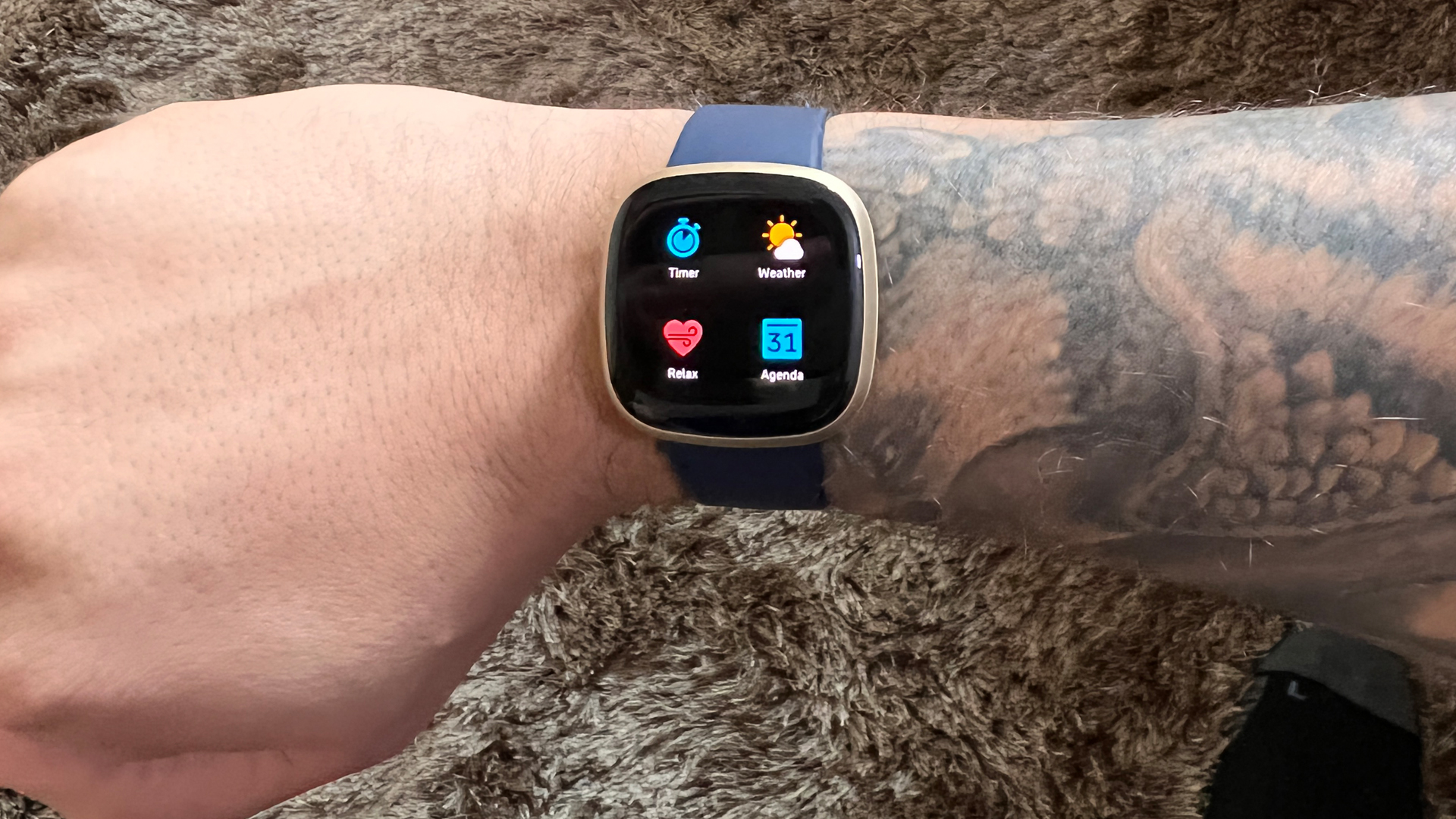
Do fitness trackers accurately count calories?
Most fitness trackers can tell you how many calories you burn, and some models can even guide you on the choice of activity that matches your energy requirements. However, these calorie measurements may not be entirely accurate, according to a 2020 systematic review and meta-analysis published in the British Journal of Sports Medicine.
Researchers pulled results from 60 studies and found that, on the whole, fitness trackers tended to underestimate energy expenditure, especially during sedentary and household tasks. They also noted that different wearables can produce vastly different readings.
That is because fitness trackers do not measure calories directly — they use a combination of different data points to assess your approximate energy expenditure. These metrics often include physical activity levels, heart rate and basal metabolic rate (BMR), meaning the minimum number of calories the body needs to maintain normal bodily functions, such as breathing or pumping blood, Dr. Alka Patel, a lifestyle medicine physician and longevity expert based in London, told Live Science.
Most devices calculate your BMR based on height, weight and age, and then put this information into a complex algorithm. This means that calorie values obtained by a fitness tracker may not be as accurate as those obtained through validated clinical tests. However, these devices may still be useful for monitoring calorie trends, meaning changes in energy expenditure over time, Patel said.
To make sure your fitness tracker is as accurate as possible, keep your device close to the body, Patel noted. Most wearables use optical sensors, meaning they use light to detect changes in blood flow under the skin. “If you're wearing a loose-fitting bracelet or loose-fitting ring, the readings are not going to be accurate,” she said.
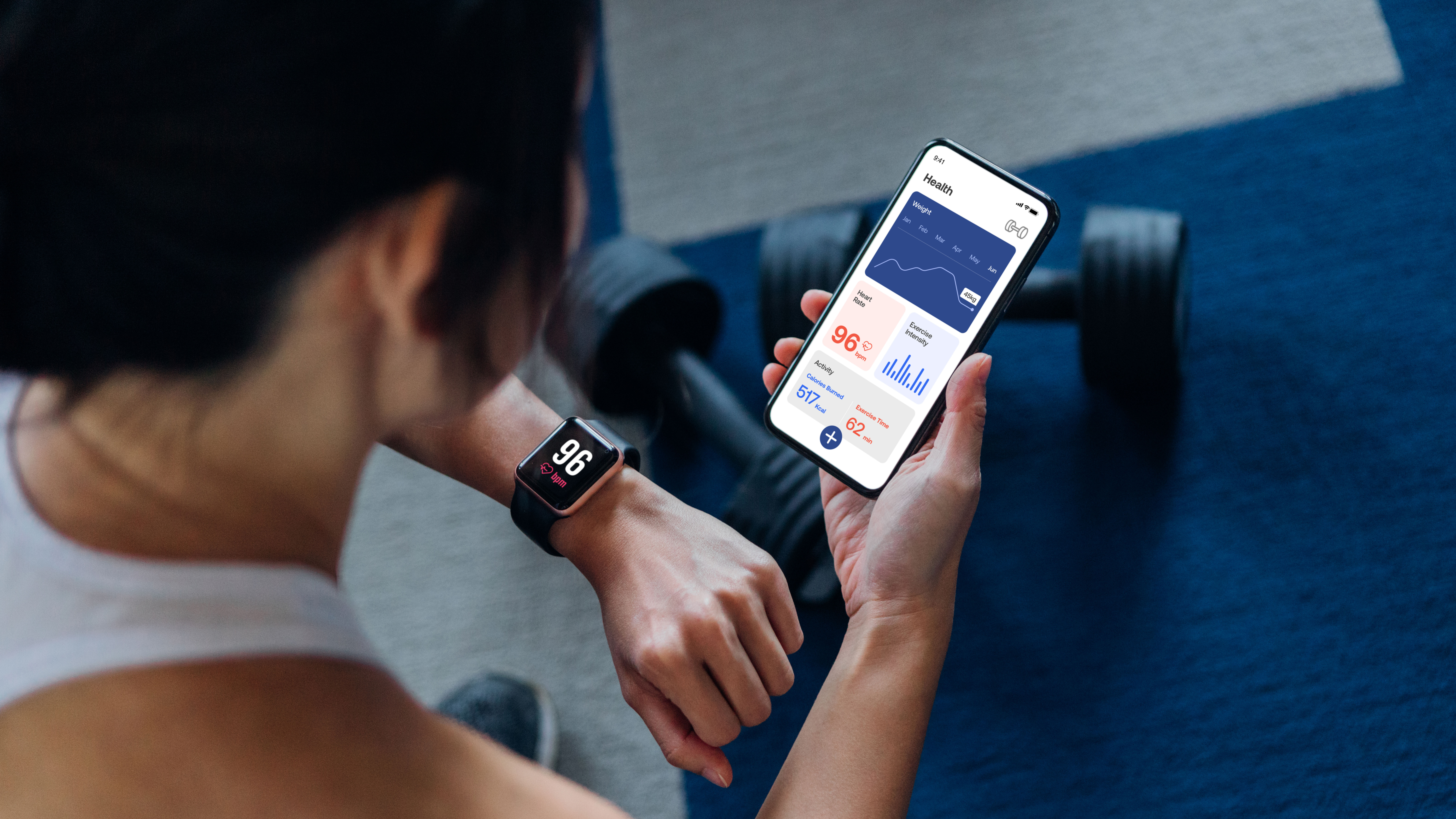
Can fitness trackers measure blood pressure?
Right now there’s only one mainstream consumer wearable that has true standalone blood pressure monitoring, the Huawei Watch D. And it is not widely available.
Samsung has offered blood pressure readings in its top watches since 2020’s Galaxy Watch 3. However, the feature is only unlocked in certain countries/markets, and is much more limited than the Huawei Watch D’s version.
Where the Huawei Watch D adopts the method used by blood pressure cuffs with a specialist strap that inflates, the Galaxy Watch uses the heart rate reader on the back to evaluate pulse transit time. Fitbit is researching a similar method, using pulse arrival time.
However, such methods that do not demand bespoke hardware do need to be regularly recalibrated using a traditional blood pressure cuff. Samsung says results should be taken with one every four weeks, for example.
Rumors of a blood pressure feature for Apple Watches have circulated for a while, but the latest report suggests we won’t see it released until September 2024. However, you can use an Apple Watch to log blood pressure readings taken elsewhere, in the Apple Health app. Apple sells Withings’s BPM Connect smart blood pressure cuff at the Apple Store.
Blood pressure via a wearable? It’s not quite there yet. And as the Huawei Watch D is expensive, hard to get hold of, and something we have not tested, you are better off with a more traditional cuff-style design for now.
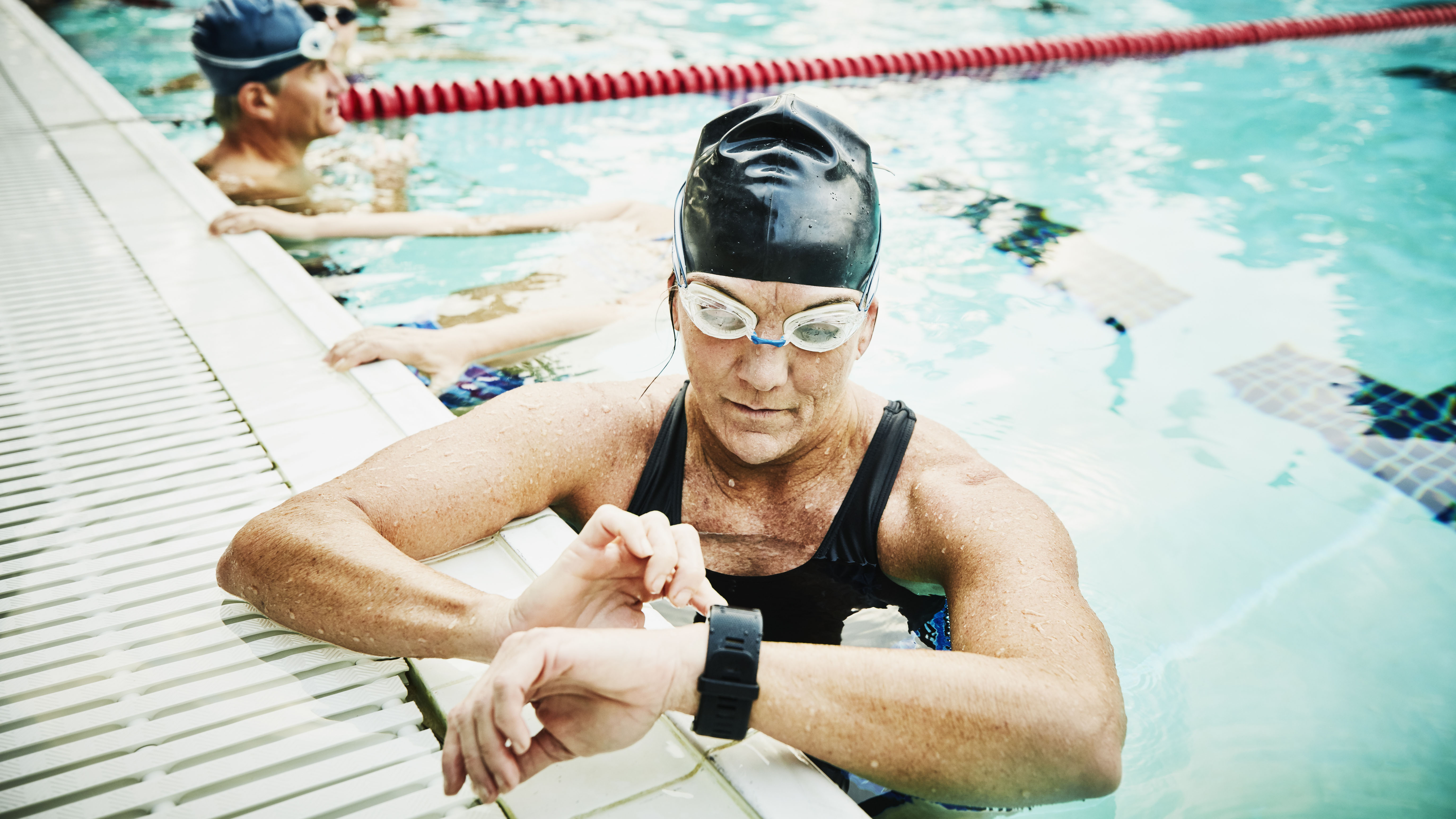
Can fitness trackers detect sleep apnea?
Sleep apnea is a disorder that causes repeated bouts of breathlessness or shallow breathing during sleep. Around 30 million people in the US may have this condition, but the vast majority of cases are not diagnosed and treated, according to the American Medical Association. That is because the key symptoms of sleep apnea — gasping for air, loud snoring and lapses in breathing — occur throughout the night, and people with this disorder are not awake when they happen.
So given that many fitness trackers come with sleep tracking features, can smart wearables detect sleep apnea?
In short: not yet. Devices currently available on the market are not accurate enough to provide a valid diagnosis of sleep apnea. However, fitness trackers have potential to be used in the future, according to a 2020 review published in the Journal of Thoracic Disease.
Fitness trackers provide several data points that, when combined and interpreted together, can indicate whether someone has sleep apnea, Dr. Alka Patel, a lifestyle medicine physician and longevity expert based in London, told Live Science. People with this condition often sleep for fewer hours and have worse quality of sleep than individuals without sleep apnea. For example, they tend to spend less time in deep (non-REM) sleep, the stage of sleep critical for growth and recovery, she said.
During an episode of sleep apnea, the heart rate and oxygen saturation levels may drop, and then increase and recover after the episode is over. People with sleep apnea also tend to toss and turn in their sleep. All of these parameters can show up on a fitness tracker. However, it is for a healthcare professional to put these metrics together, interpret them and then confirm the sleep apnea diagnosis with clinically-approved tests, Patel said.
That is because commercially available fitness trackers often under- or overestimate sleep duration and may not accurately distinguish whether someone is awake or not. They may also fall short of providing reliable cardiovascular measurements or accurately detecting sleep stages, the 2020 review authors noted.
If you are concerned about the readings on your fitness tracker, it is best to consult your doctor.
Can fitness trackers detect heart problems?
Fitness trackers can tell you a lot about the inner workings of your heart, such as the frequency of your heartbeat. Some devices can even help you choose the best activities to boost your cardiovascular health. But can fitness trackers detect heart problems, too?
The answer to this question is not straightforward.
“There have been many advancements in the technology used in fitness trackers, and the ability for people to track their heart rate is helpful, but it shouldn’t be a replacement for medical care,” Dr. Mark Estes III, a Pittsburgh-based cardiologist and past chair of the American Heart Association’s scientific publishing committee and Council on Clinical Cardiology, told Live Science by email.
Smart wearables tend to use photoplethysmography, a technology that employs optical sensors to detect blood flow and determine heart rate. If you look at the underside of a smartwatch, you might see a bright light emitted by one of these sensors. Studies have shown that heart rate measurements picked up by fitness trackers tend to be relatively accurate. Still, they are not as precise as electrocardiogram (ECG) ― a recording of electrical signals in the heart obtained by placing electrodes on the skin, which is used to diagnose conditions like coronary heart disease and arrhythmias — according to a 2020 meta-analysis published in the Journal of Sports Sciences.
The accuracy of heart rate readings also varies between different devices, and may depend on activity. For example, fitness trackers tend to be more precise at measuring heart rate during sleep than during high-intensity exercise, such as running.
Lastly, heart rate alone may not be enough to identify a cardiovascular condition, Peter Charlton, a British Heart Foundation Research Fellow in the Department of Public Health and Primary Care at the University of Cambridge, told Live Science.
However, certain smart wearables may be able to detect signs of atrial fibrillation, a condition in which the heart beats too quickly, too slowly or has an irregular rhythm.
“Some fitness trackers can identify an irregular heart rhythm, and their accuracy is sufficient to warrant a further clinical investigation,” Charlton said. But again, wrist-based devices cannot fully substitute for an ECG test, he cautioned.
For example, a 2022 study published in the journal Circulation found that some Fitbit devices were highly accurate at predicting whether someone may have atrial fibrillation. However, these fitness trackers could not identify the condition during exercise. That is because photoplethysmography sensors could only detect heart rhythm irregularities during periods of inactivity, the study authors noted.
The takeaway? “If you receive any alerts from your fitness tracker about possible abnormalities or experience any other symptoms like dizziness or shortness of breath, it’s important to contact your doctor for further testing,” Estes said.
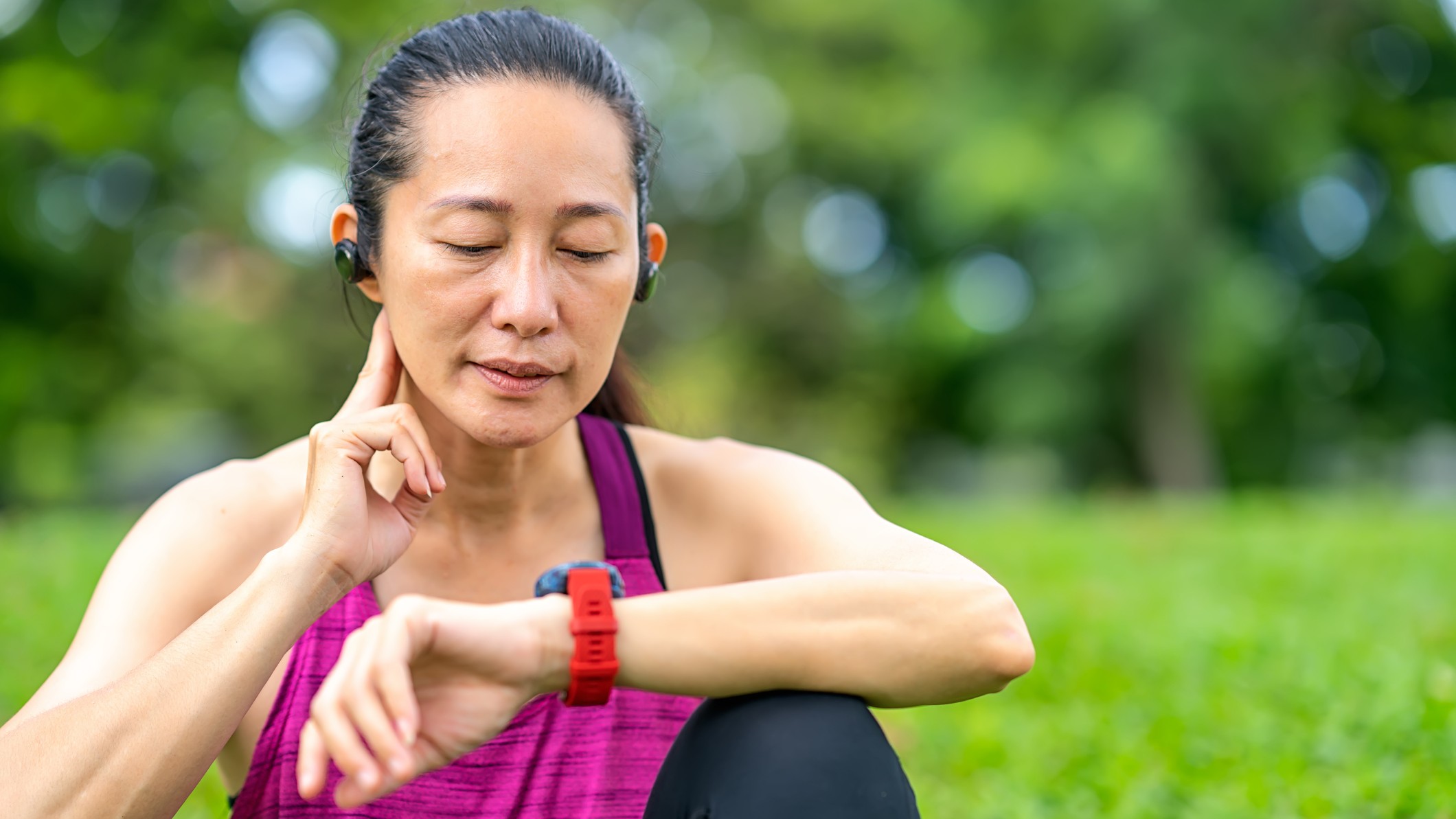
Why is GPS important in fitness trackers?
GPS is arguably the most powerful tool for fitness trackers. It’s why runners, keen walkers and cyclists should make sure their next fitness tracker has it.
GPS triangulates your position with the help of satellites. One of these satellite arrays is called “GPS”, but today’s best watches also support others like GLONASS and Galileo. Each of these satellite arrays is maintained by a different country, or set of countries.
By tracking your location, fitness trackers can produce maps of your runs, hikes and rides. These make historical records much more useful, so you can actually remember which workout an entry refers to.
Accurate distance data is also important because it affects so many other readings. If the recorded distance is too low, the tracker will think you are slower than you are. And this in turn could affect fitness metrics like VO2 Max. It works the other way around too, of course — too long a recorded distance and the tracker will say you are faster than you really are.
We always recommend a full GPS watch to runners in particular, but there is a second type of GPS. It’s Connected GPS. This is where the tracker does not have its own GPS chip, but can take GPS data from your phone, over Bluetooth.
Many cheaper trackers without GPS have Connected GPS. And if you plan on running with your phone anyway, to listen to music or podcasts, it’s a decent stand-in.
With no GPS at all, your tracker has to extrapolate distance using its motion sensors. It can count your strides and evaluate the pace of them to differentiate between running and walking. This can work pretty well with a good algorithm running behind the scenes, but GPS is better. And considering how cheap Connected GPS wearables get, we don’t recommend entirely non-GPS watches to many folks these days.
How to choose the best fitness tracker for you
How to chose the best fitness tracker
Choosing the best fitness tracker is first and foremost about deciding what you want to use it for. If you want a lifestyle device that will measure sleep, resting heart rate and take a broad view at your health, then you will need a different device to something that is running-specific. So first, decide what you will be primarily using it for.
This will also impact your budget. If you want something that will primarily act as a step counter and track your heart rate, then a simple, budget-friendly tracker will suit your needs perfectly.
If you do a lot of running or biking, however, you will probably want a device that has built-in GPS to track your pace and distance covered as well as heart rate and more. You may also want a tracker that will actually suggest runs and cycle workouts for you, optimising to your own personal metrics like how well you have recovered from your last workout.
If you are more than an occasional swimmer, you may also want a tracker that will count laps for you, and of course that is robustly waterproof.
The most up to date smartwatches have fitness-tracking metrics built in, and can also do things like control your music and help you reply to messages you receive on the go. These can be extremely useful allowing you to even pay for purchases with the same device that is tracking your run. However, if. you want deep dive metrics that go into detail about your chosen sport, these general smart watches may not be for you. Any decision you make will come with trade-offs, whether it is in battery life or in metrics offered, so with our help you can identify the tracker that ticks all your personal boxes and does everything that you need it to do.
Garmin vs Fitbit: which is better?
Garmin vs Fitbit, which should you choose? Generally, Garmins are for fitness nerds, Fitbits are for those who would prefer a tracker with a more friendly face. That has been the traditional take on these two brands, and it still mostly holds up in 2025.
Garmin’s trackers tend to offer significantly better core stat accuracy and reliability than Fitbits. The latest models also have more advanced GPS navigation. However, Fitbits tend to have a more deliberate sense of style, and their prices don’t reach anything like the heights of the top Garmin trackers. The Fitbit Sense 2 and Charge 6 also have a couple of features not seen in Garmin rivals, such as ECG/EKG hardware to monitor sinus rhythm.
Fitbit vs Apple Watch: which is better?
Fitbit vs Apple Watch, which is better? Fitbit makes a wider array of wearables than Apple. Conversely, all Apple Watches look roundly similar aside from how much of the front is covered by a screen. The Fitbit Versa and Sense watches get much closer to the Apple Watch style. However, even these last significantly longer than Apple’s watches off a charge.
This makes Fitbits better for sleep tracking, and Fitbit has one of the best sleep-tracking features on the market. On the other hand, an Apple Watch will have a better heart rate sensor than a Fitbit’s. It also has the best app ecosystem of any watch.
How we tested these fitness trackers
How we test the best fitness trackers

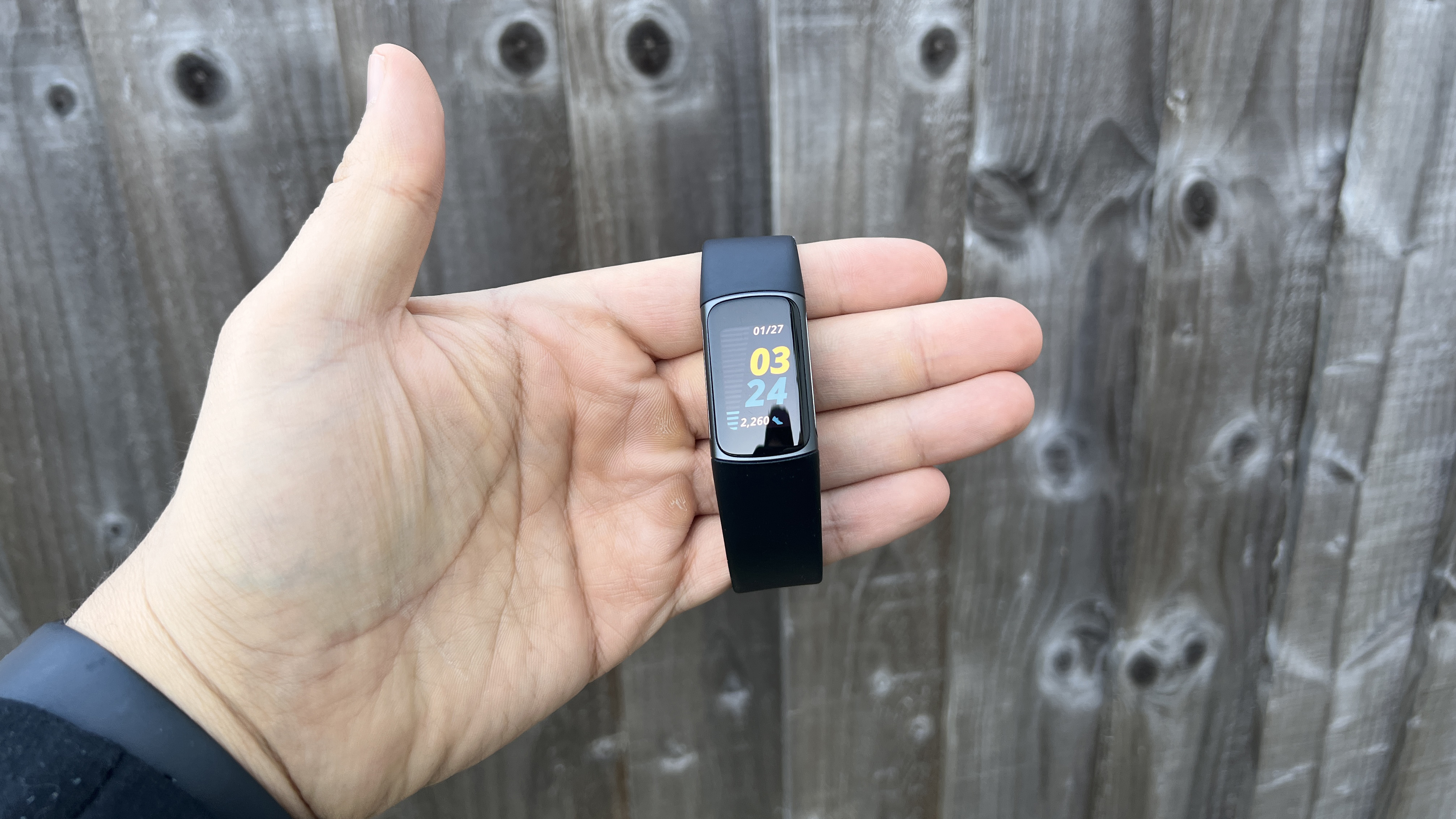
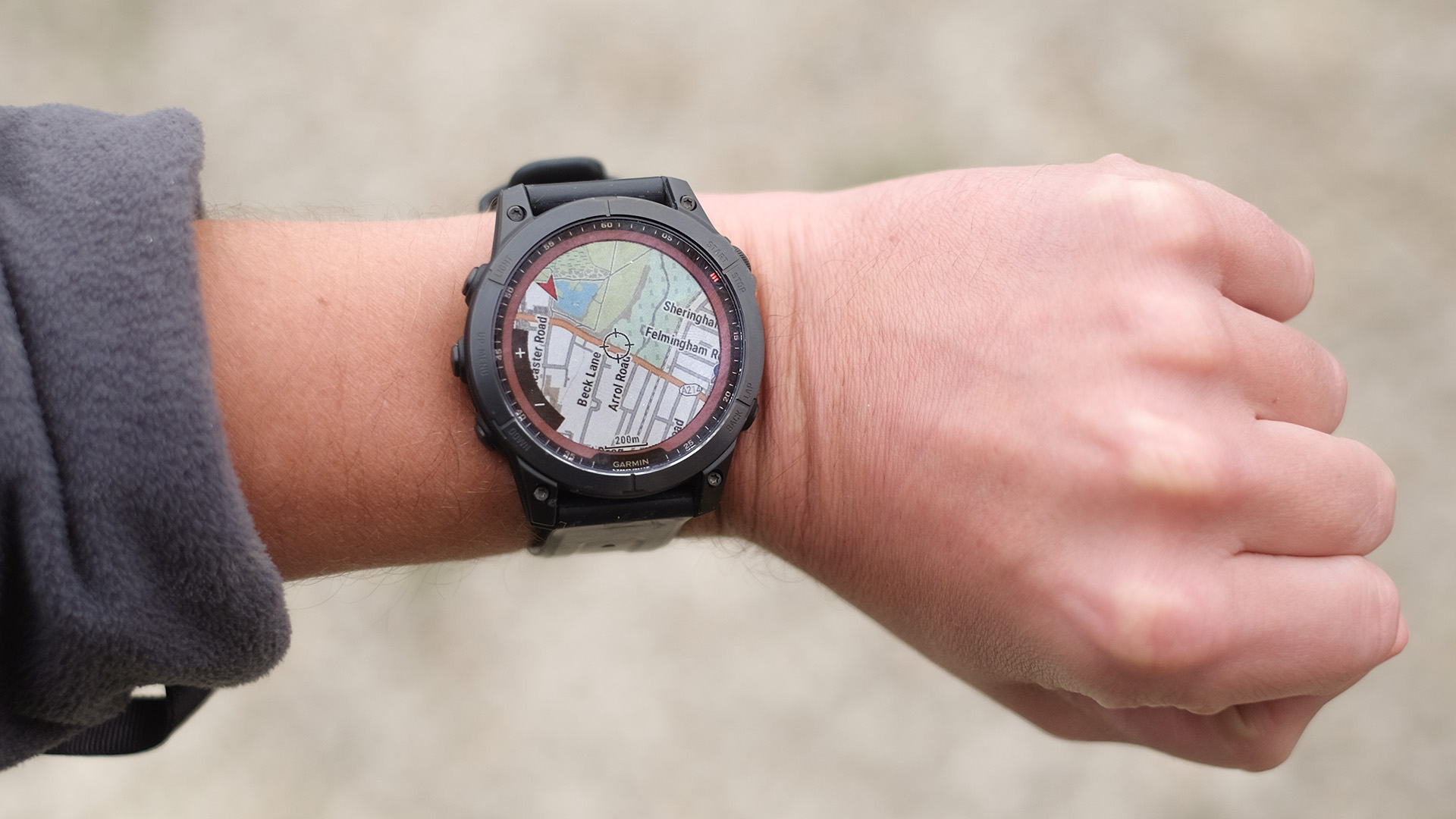

Our reviewers are seasoned fitness professionals and sports enthusiasts who are deeply aware of all the benefits that a reliable tracker can bring to your health and fitness. Most of them own several different models and wear them interchangeably, based on how and where they intend to use them. You can trust their judgments — our expert reviewers have tested plenty of wearable tech over the years and can tell if something does what it says on the tin, whether it is a rugged GPS smartwatch for high-octane outdoor adventures or a compact fitness band for tracking general fitness.
While we may have our favorite picks, we pride ourselves on being as objective as possible in our reviews. We test all fitness trackers to the exact same standard, using the same procedures. After spending at least a week (and often months) with each testing unit, we rank it across the following categories:
1) Design. We look into the tracker's size, weight, appearance and overall functionality. We assess whether it is comfortable to wear (day and night), sufficiently customizable (for example, can you remove its straps? Is this model available in different sizes?) and compatible with various outfits. We also assess its durability based on the materials it is made of and inform of any scuffs and scratches our fitness tracker sustained during testing.
2) Display. We assess the heart of a fitness tracker — its display. We look into the size, brightness and resolution of the screen, and make note of any protective measures (scratch-resistant Gorilla glass, for example) and design tweaks that can enhance user experience. We check whether it is easy to read and navigate in various conditions (at night, in direct sunlight, swimming, etc.) We also assess the touchscreen's responsiveness and report any lags or issues we experienced during testing.
3) Features. We give our verdict on the functionality of the fitness tracker in question. How many health metrics and activities does it track? How in-depth are these tracking features? Does this fitness tracker come with any smart features like voice control and compatibility with third-party devices? Can it store music, pay for your groceries or guide you on the hiking trail? Also, can it provide personalized health advice, and if so, is it useful and easy to understand?
4) Performance. We put the wearable through a range of activities to test its battery life, general tracking accuracy and app connectivity. We wear it during the day, while doing various strength and cardio workouts, and during sleep, regularly switching between different settings. Lastly, we assess the validity of its heart rate tracking features using a chest-strap heart rate monitor (such as the Polar H9), and (if applicable) compare its GPS readings to a more high-end navigation system.
Verdict. Finally, we give our answer to the key question: should you buy this fitness tracker? After testing, we calculate a final score out of five and advise on the pros and cons of the tested fitness tracker.
Latest updates
April 2, 2025: We updated the Best Garmin Alternative by swapping in the TicWatch Atlas for the Coros Apex 2
February 13, 2025: We updated the How we test section to better reflect our testing protocol.
January 29, 2025: We updated the Best for tracking workouts section by swapping Garmin Fenix 7 for its newer version, Garmin Fenix 8.
Sign up for the Live Science daily newsletter now
Get the world’s most fascinating discoveries delivered straight to your inbox.
Andrew Williams is a freelance journalist based near London. He has written about tech for over a decade, contributing to sites such as WIRED, TechRadar, TrustedReviews, Wareable, Stuff, T3, Pocket-lint and many others. When he's not covering fitness tech, he writes about mobile phones and computing, as well as cameras.
- Kate Carter
- Harry BullmoreFitness writer
- Chris McMullenContributing writer



